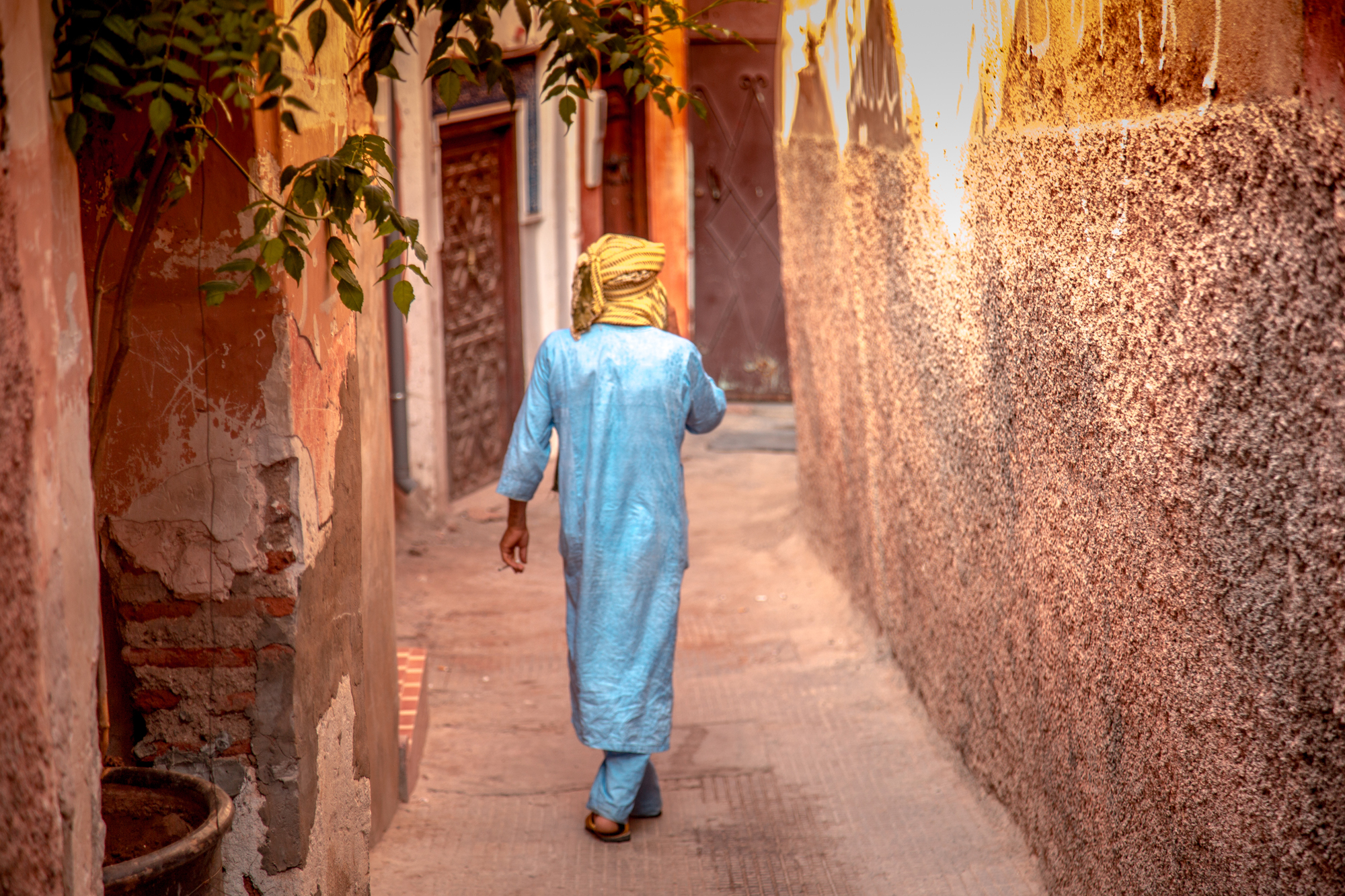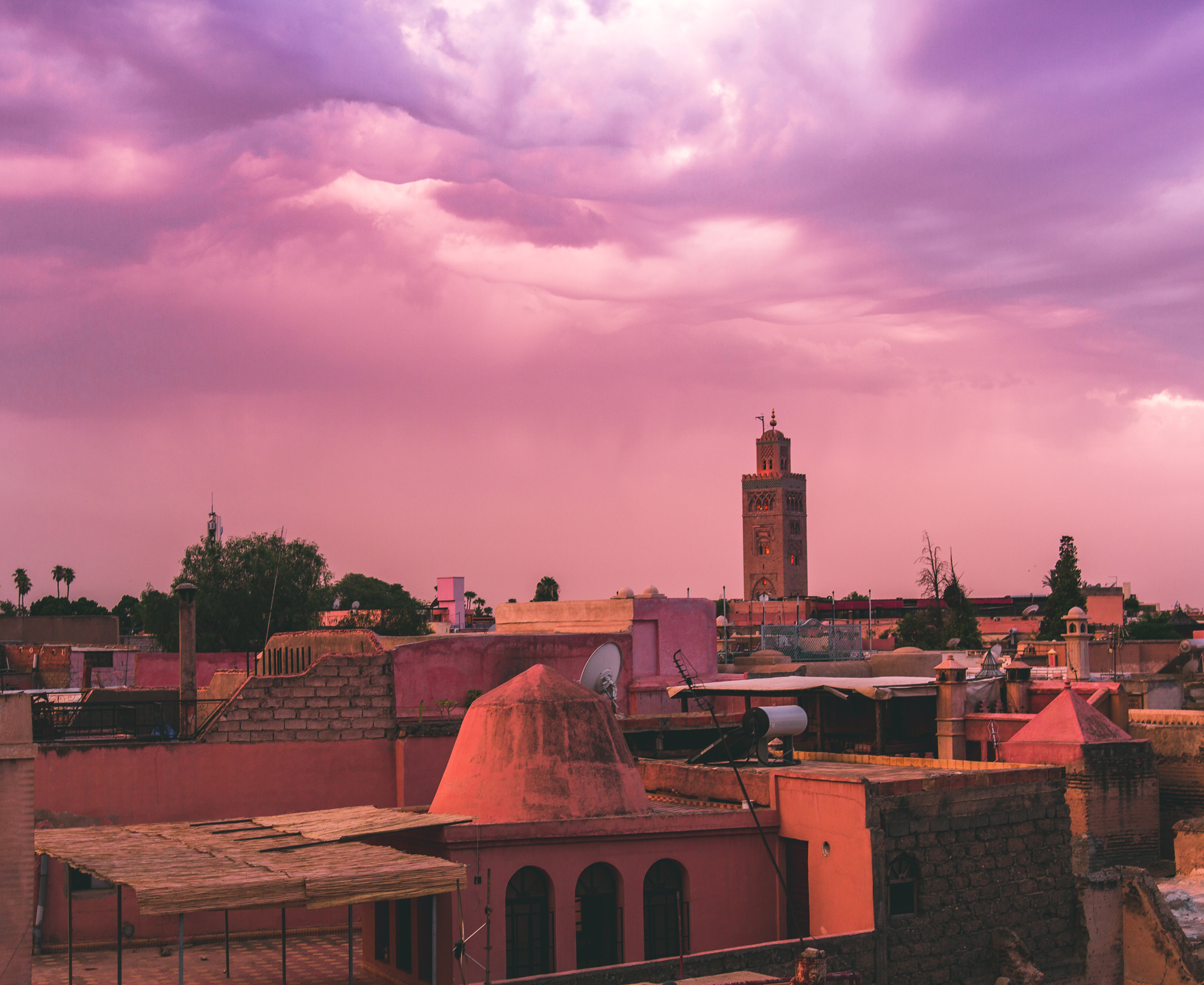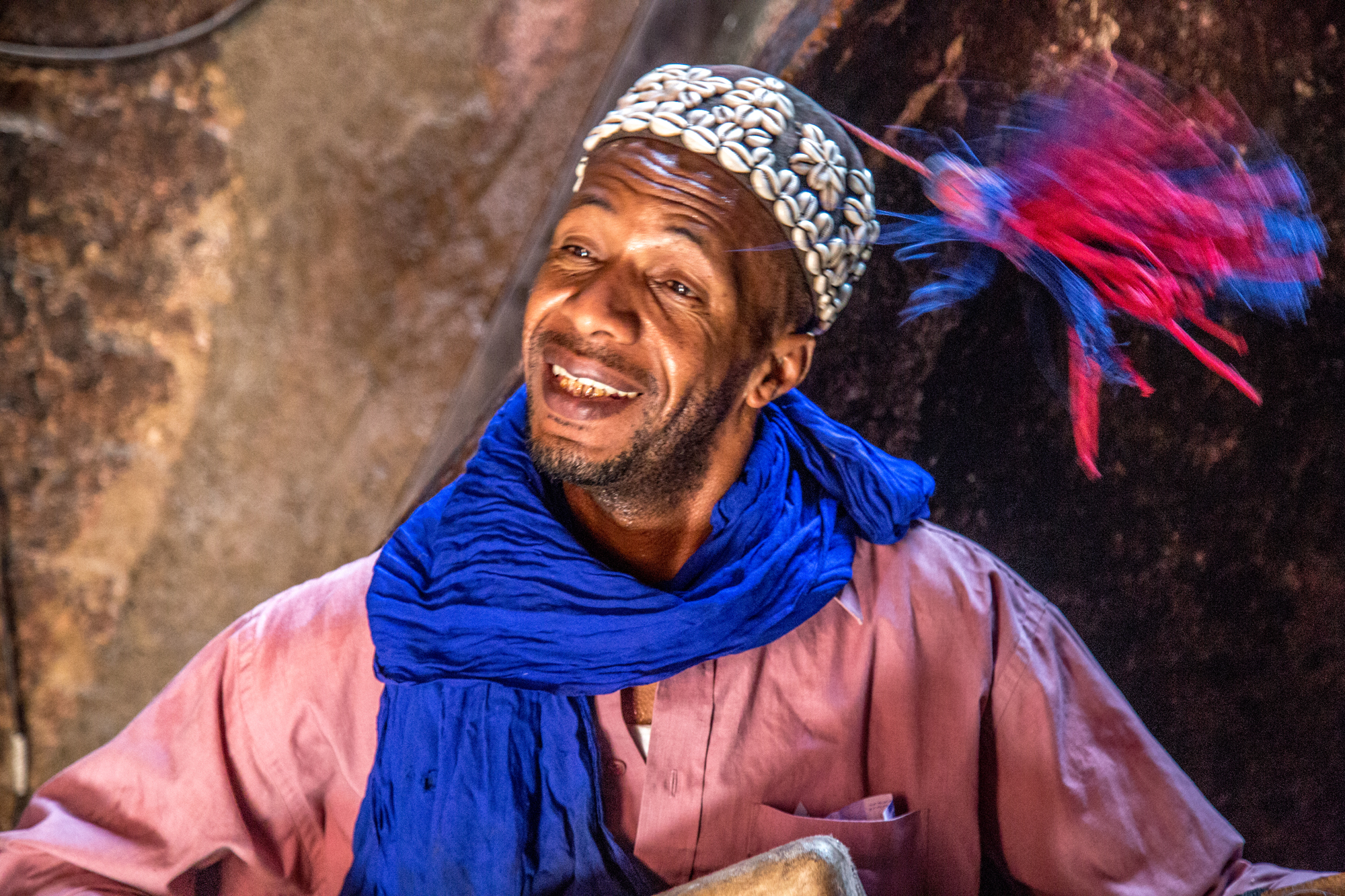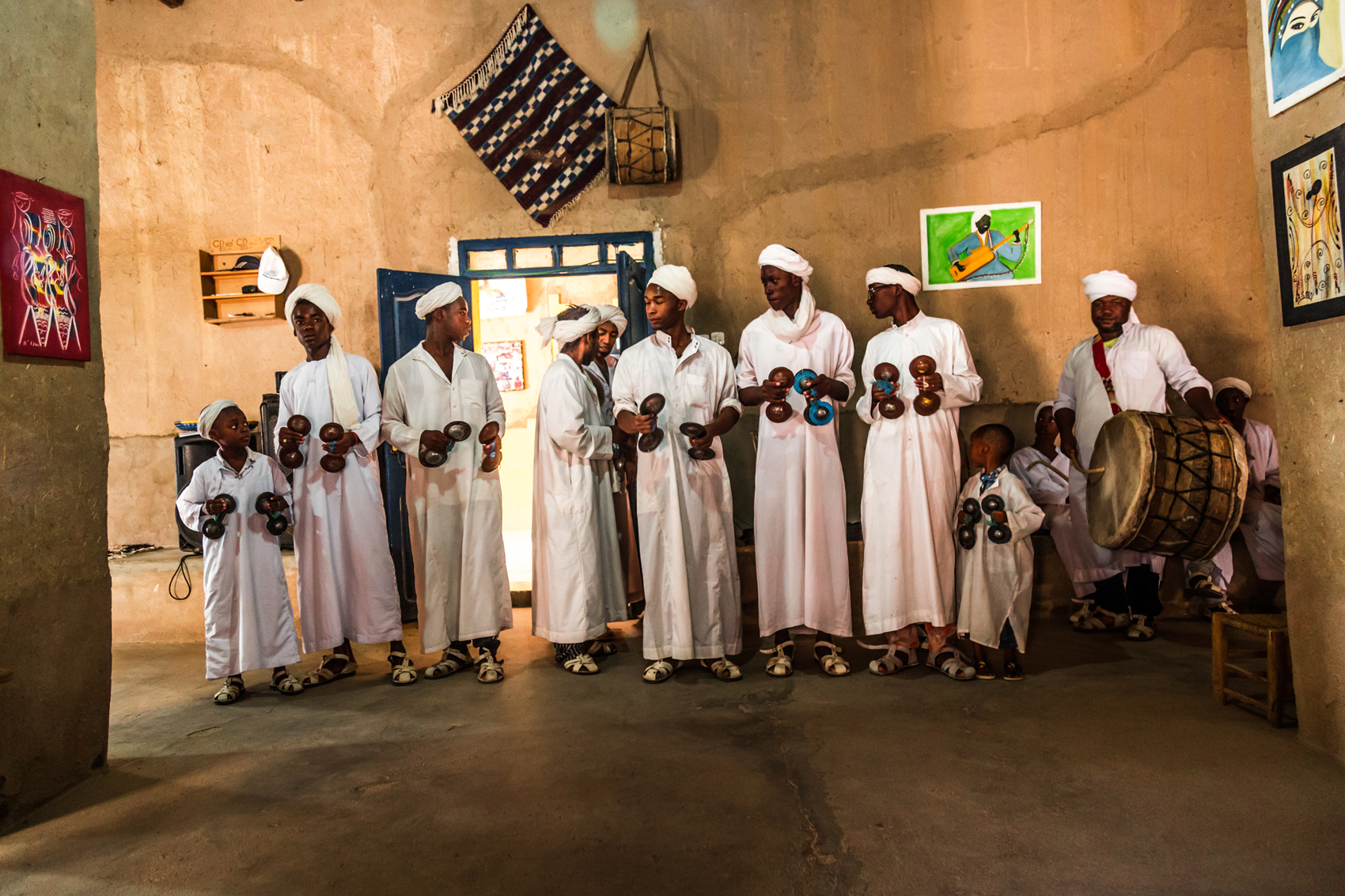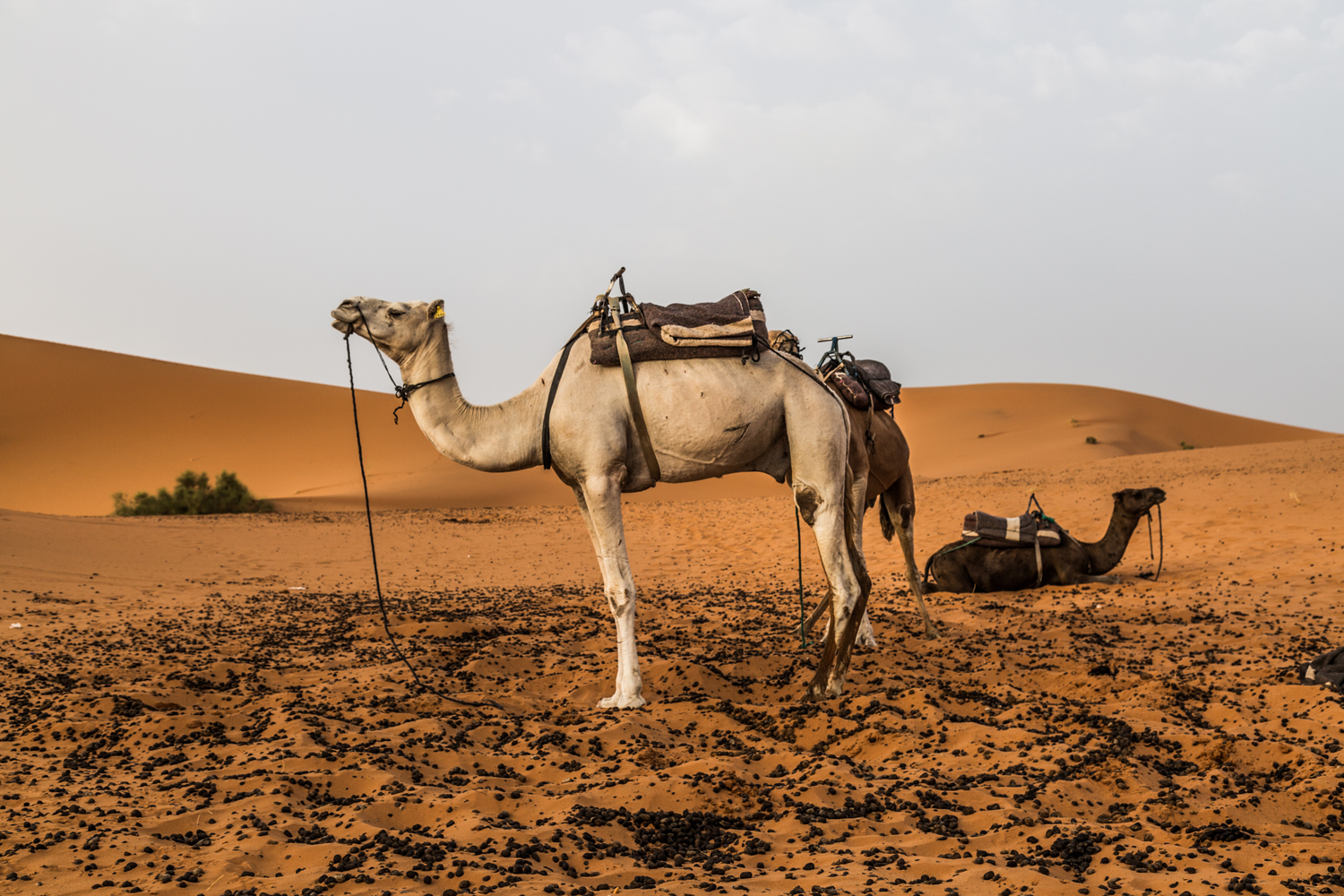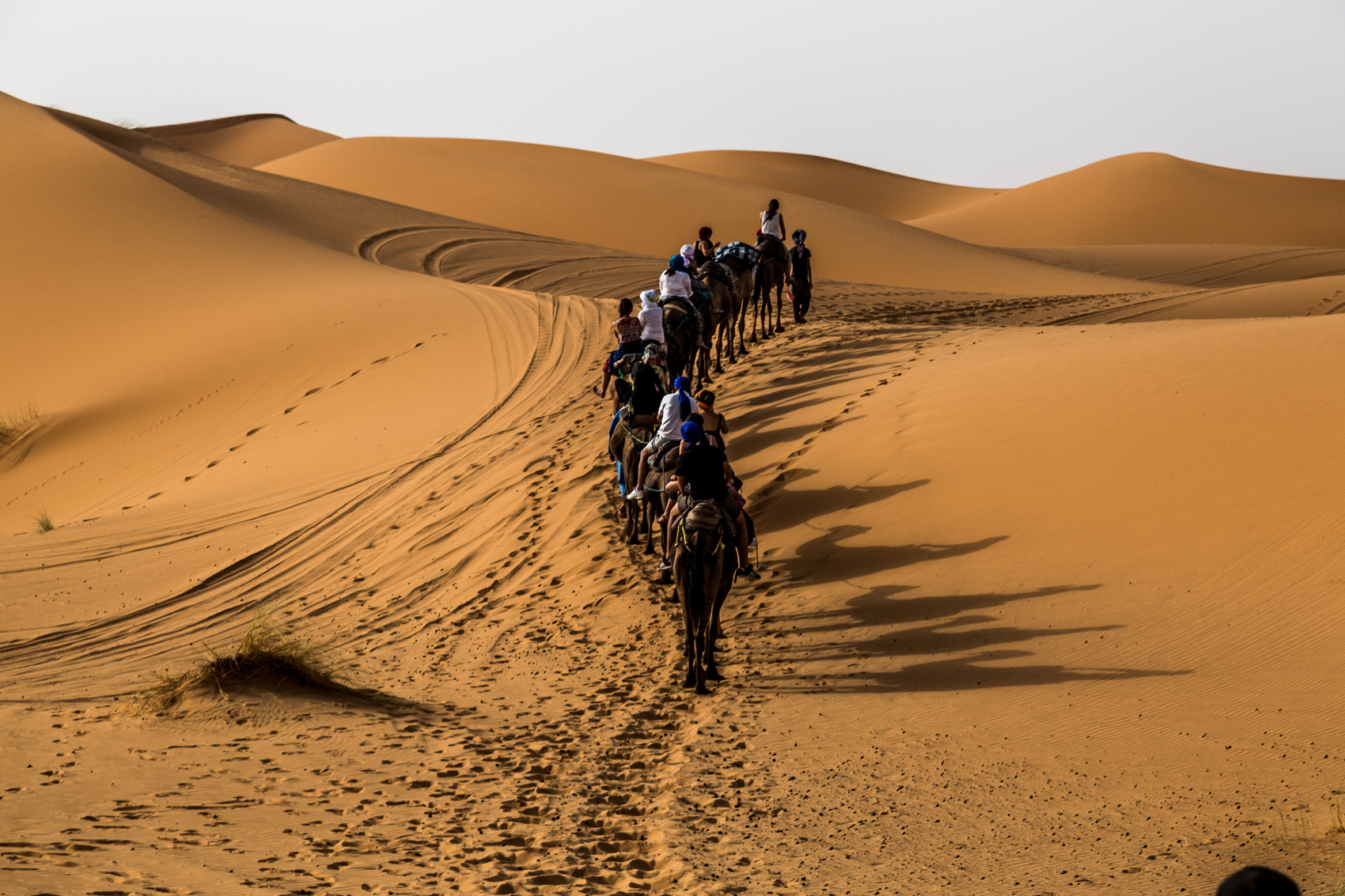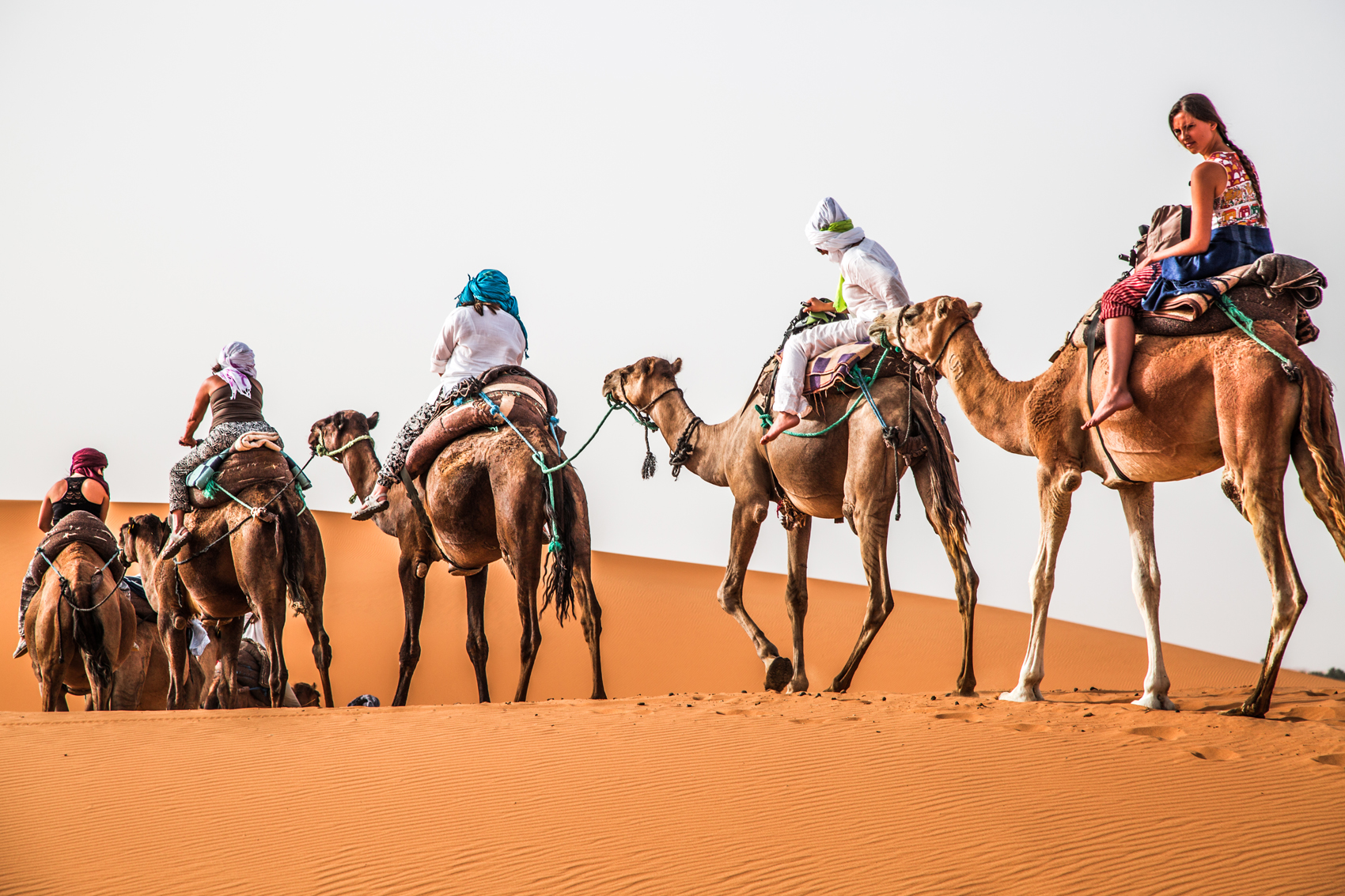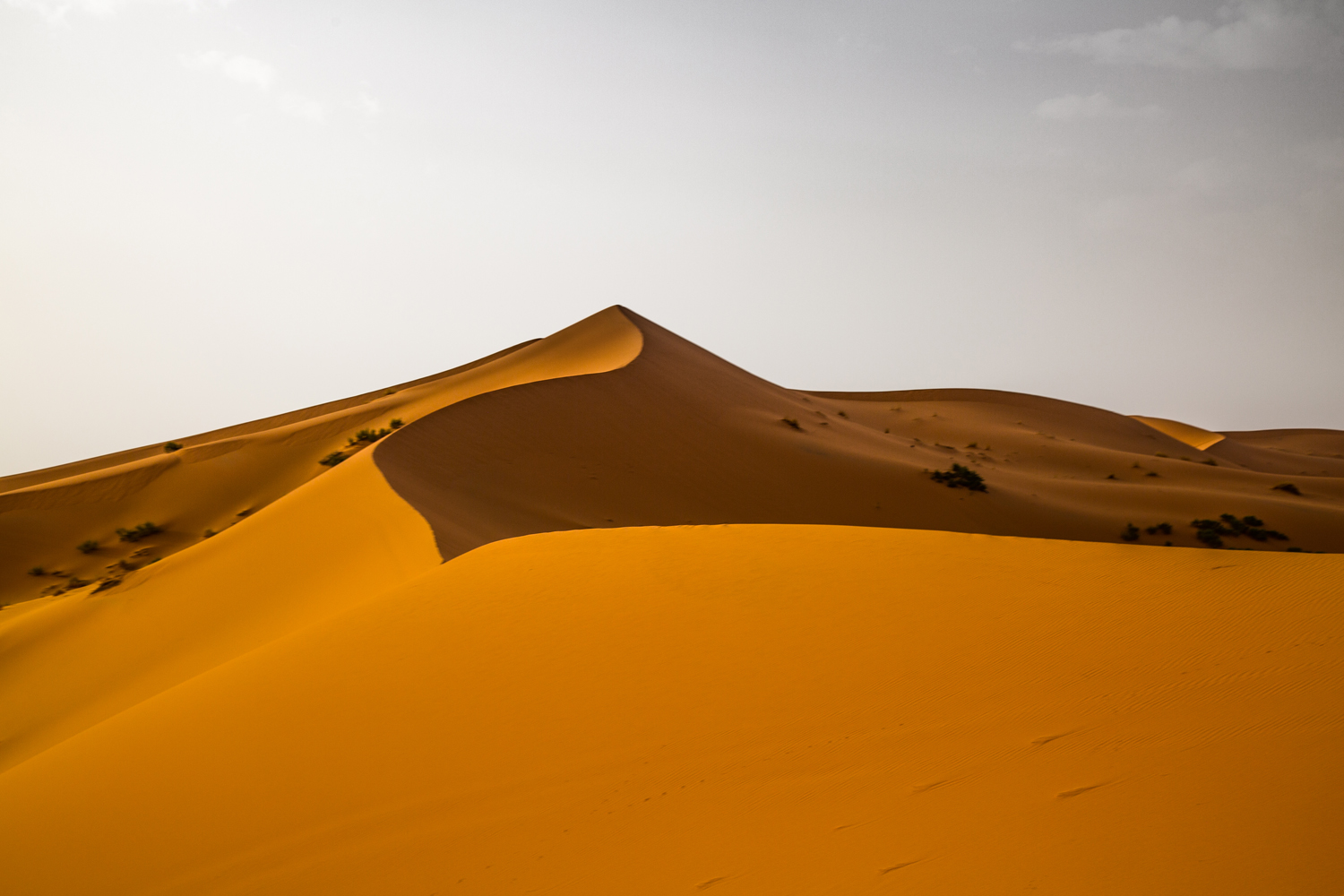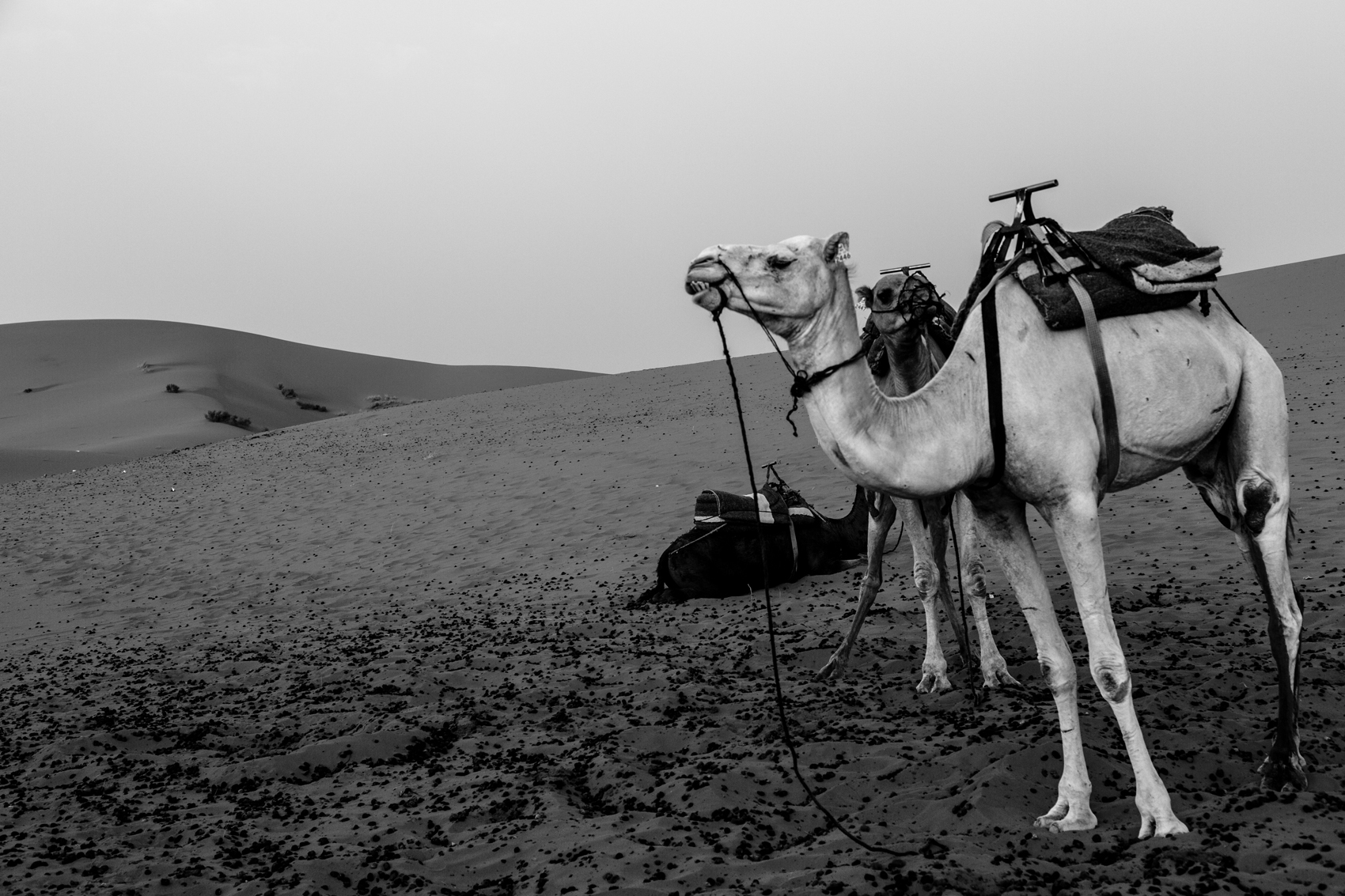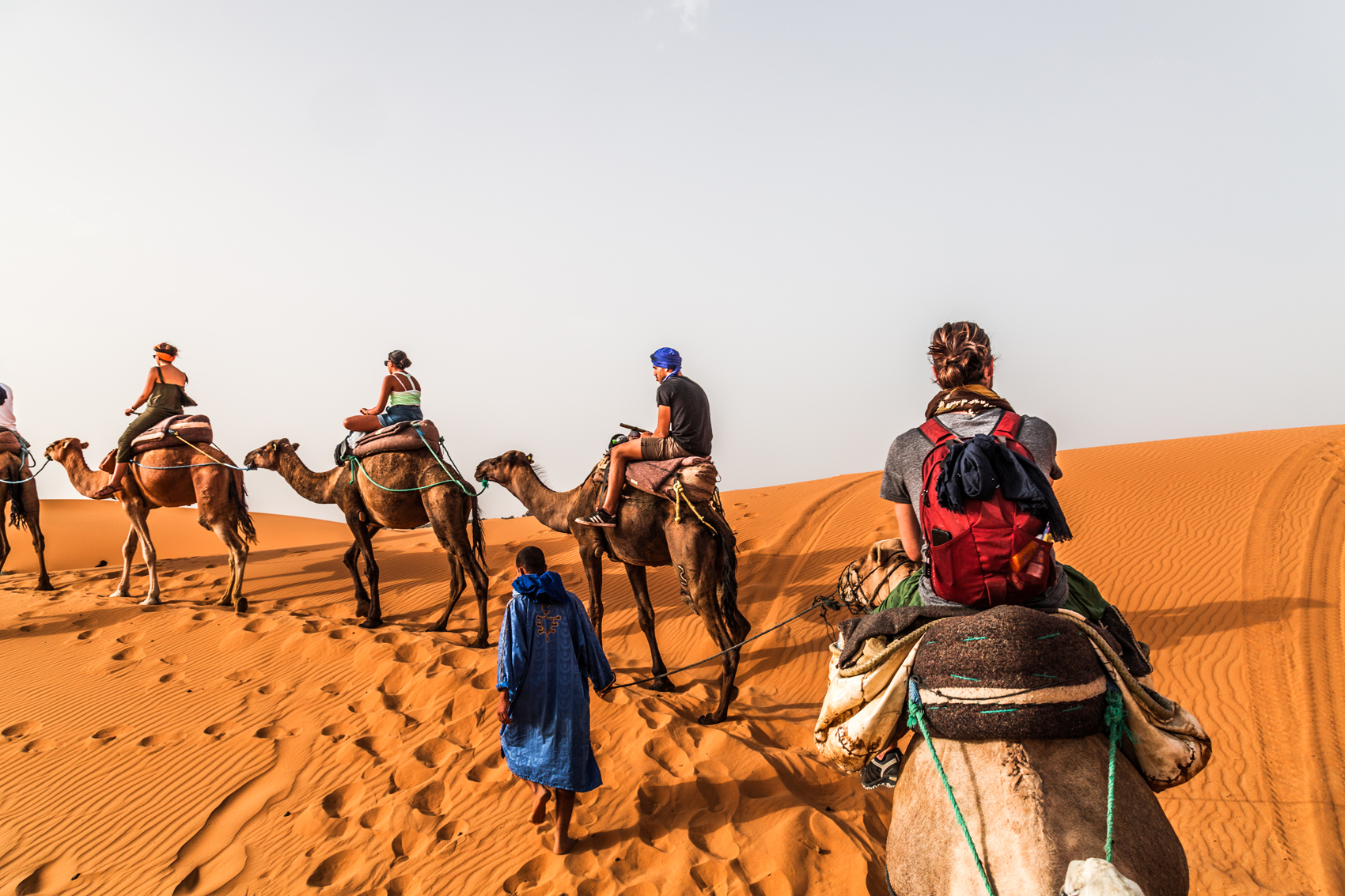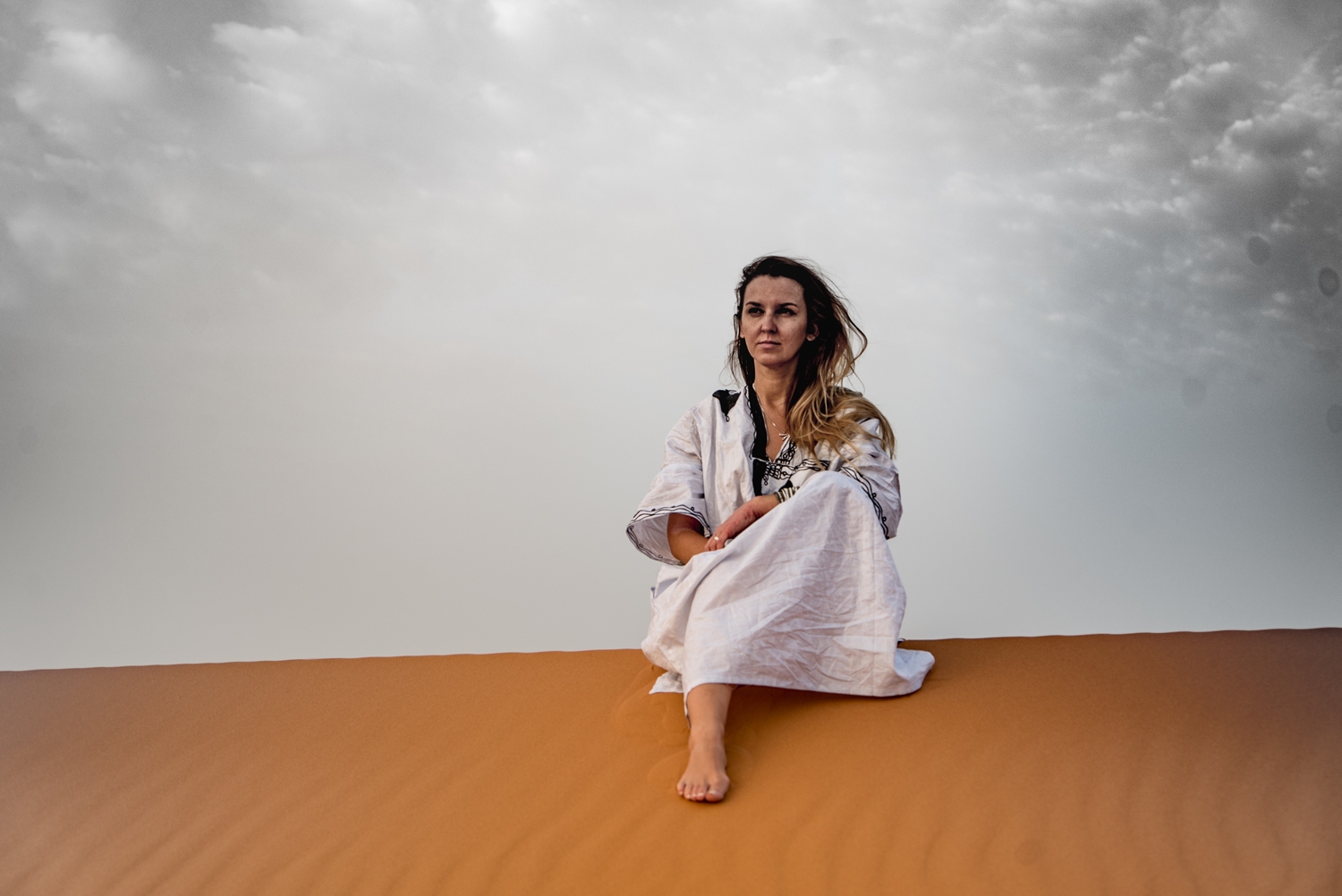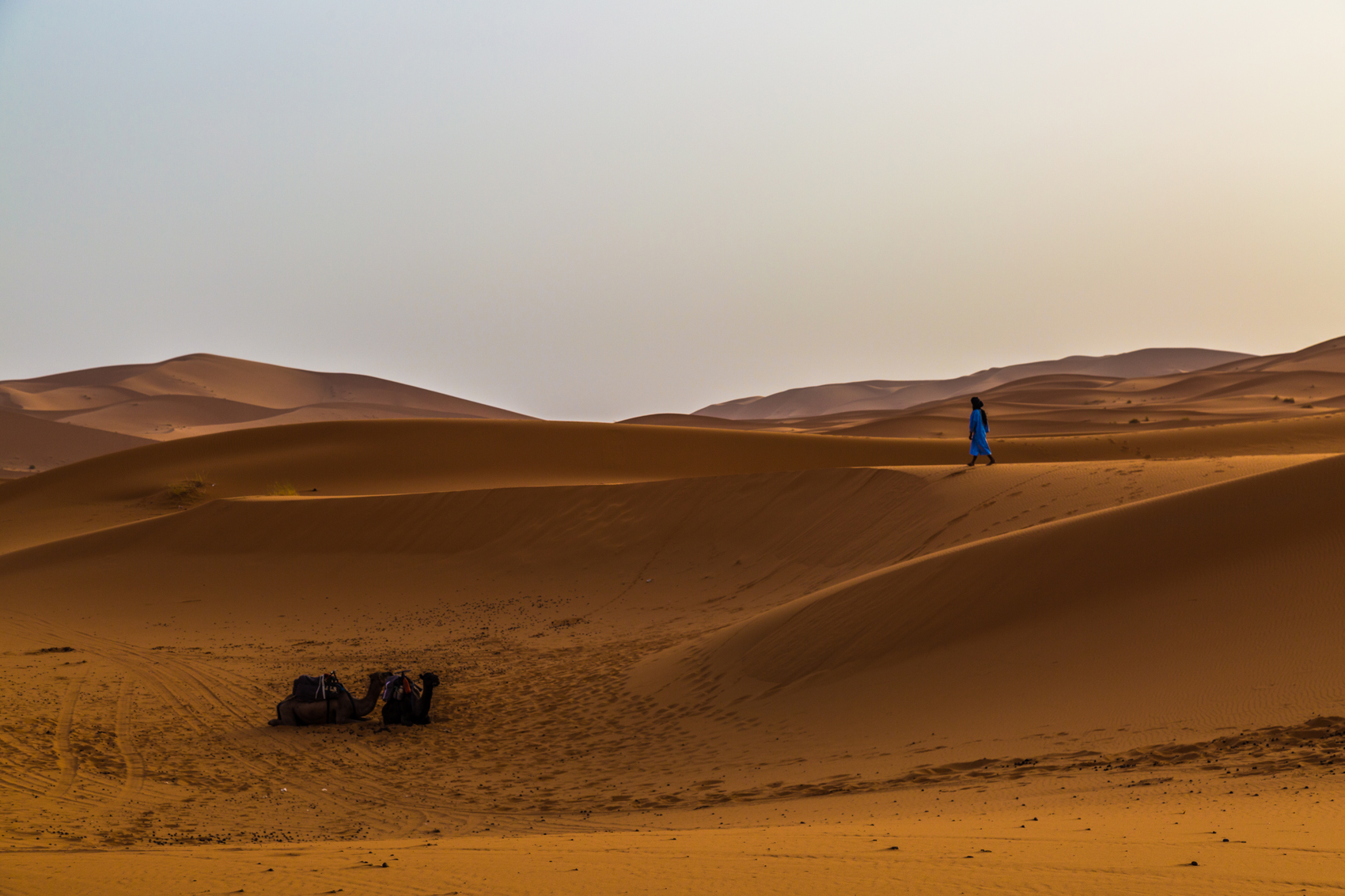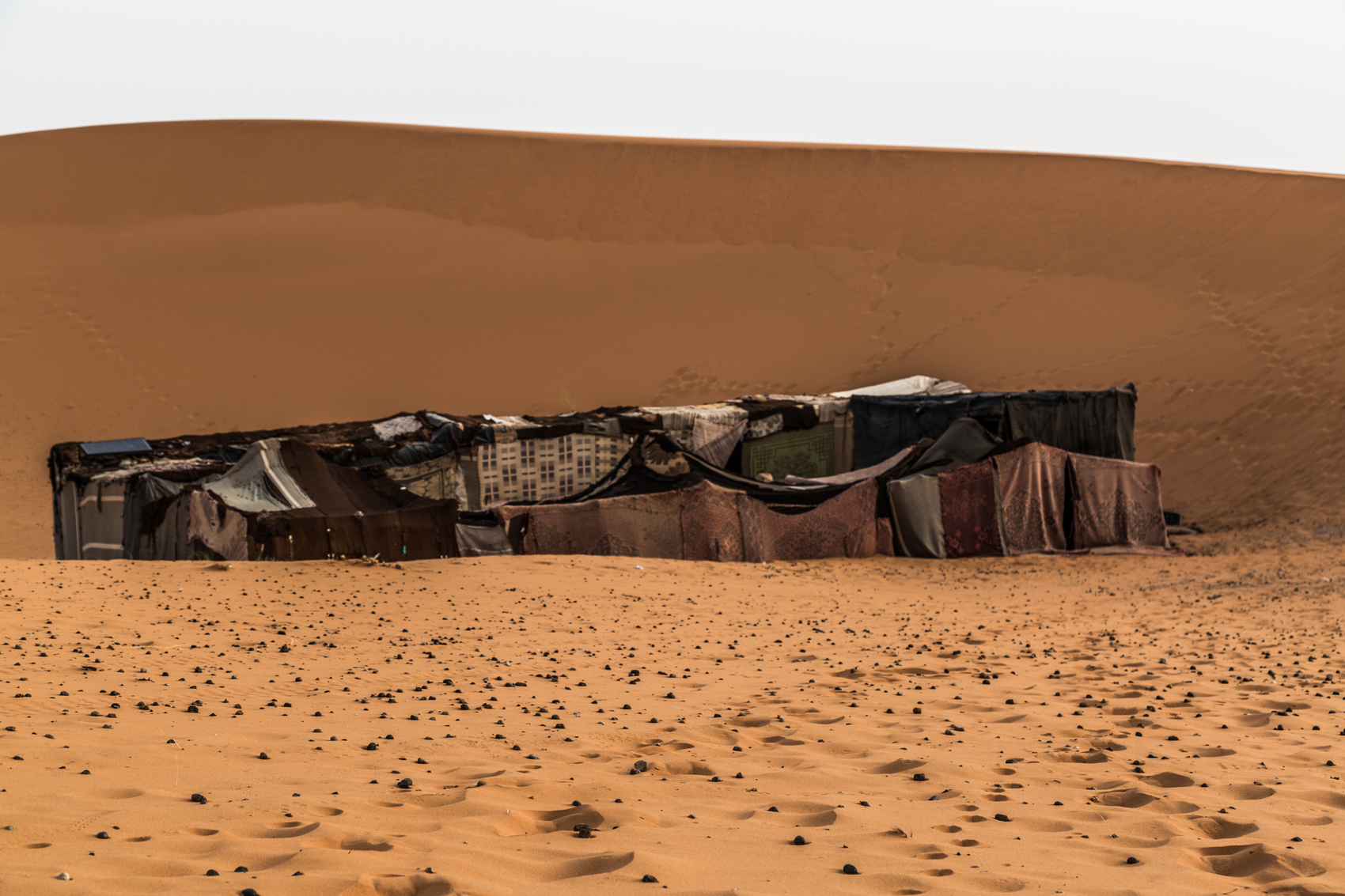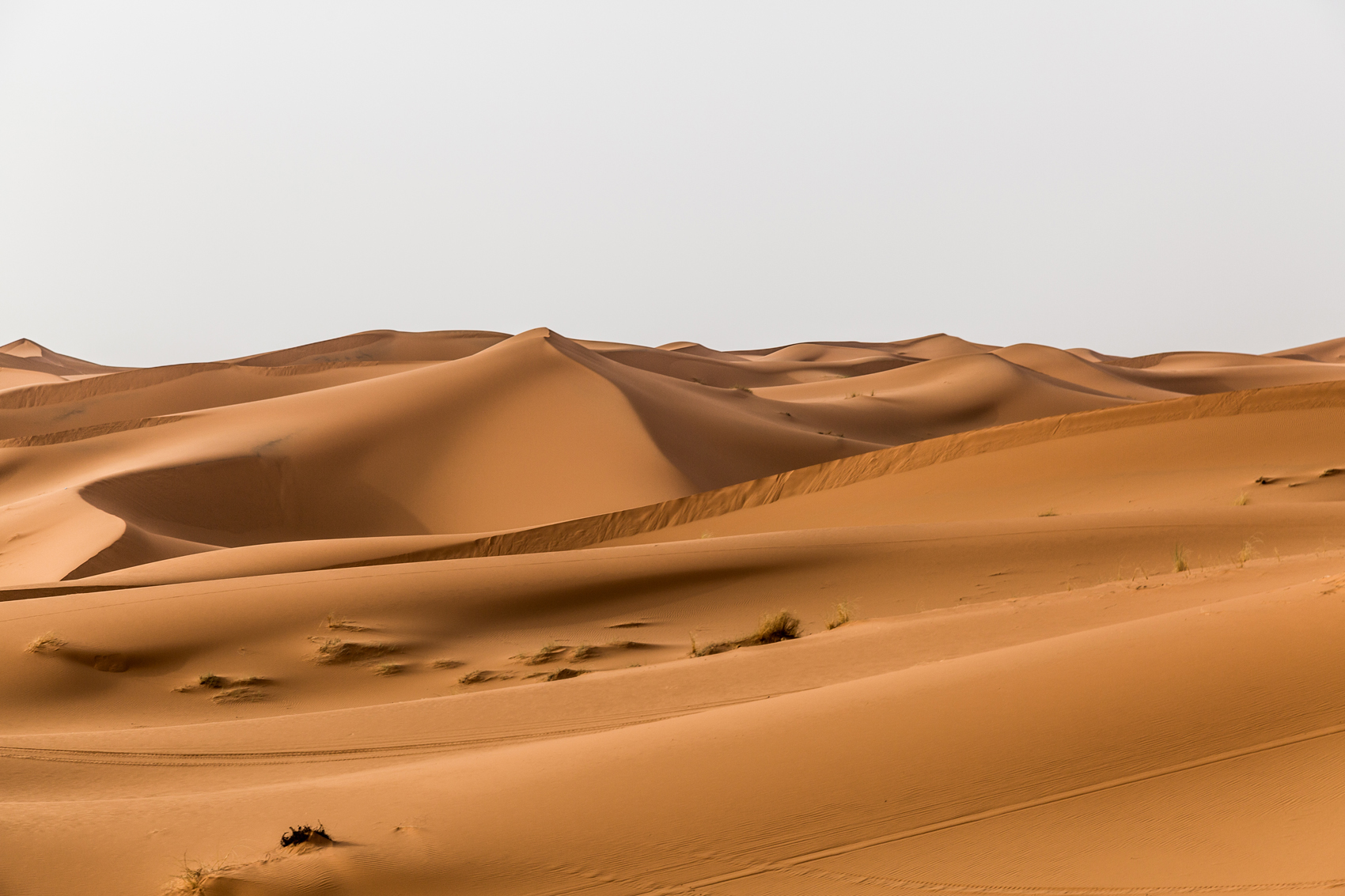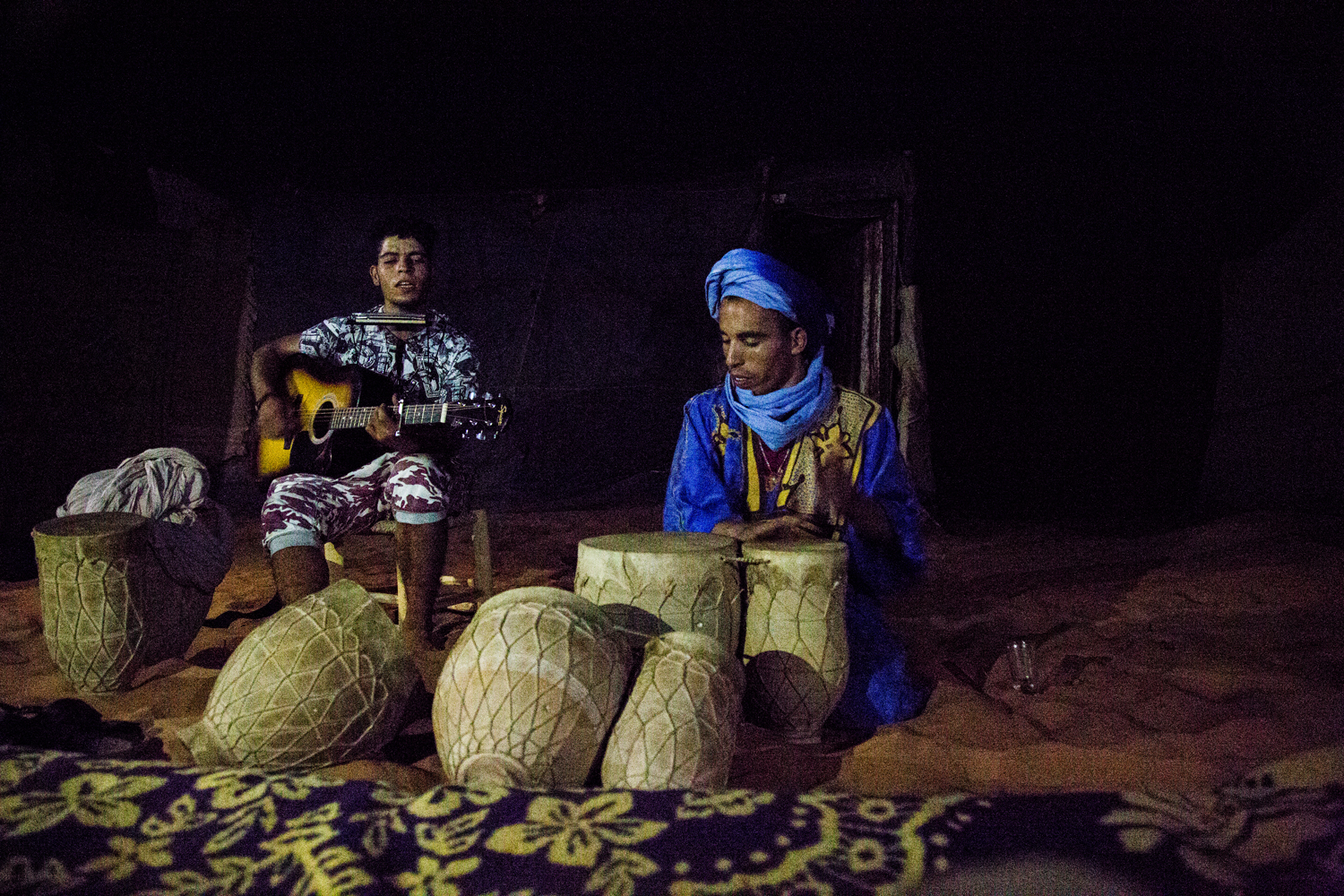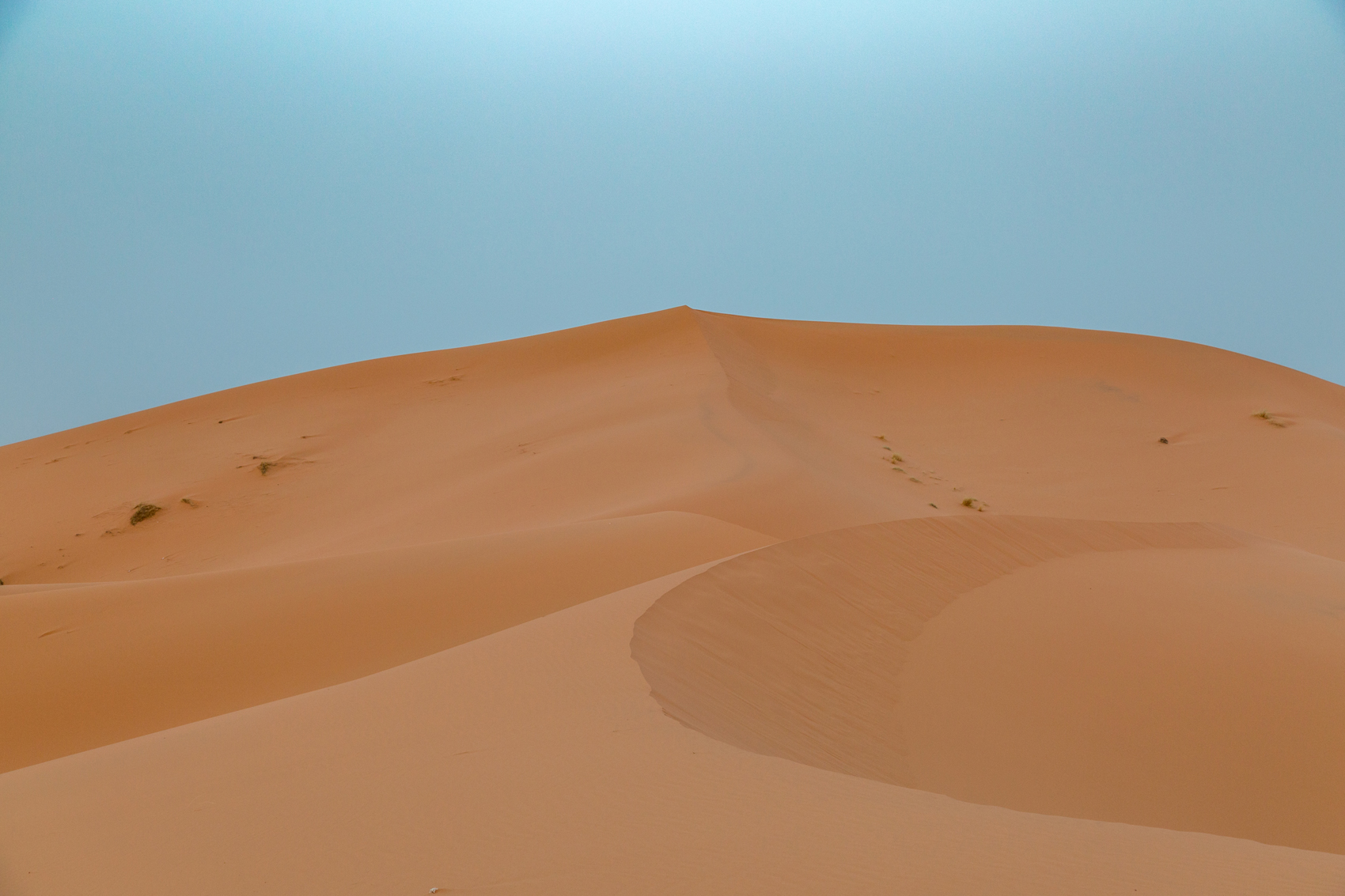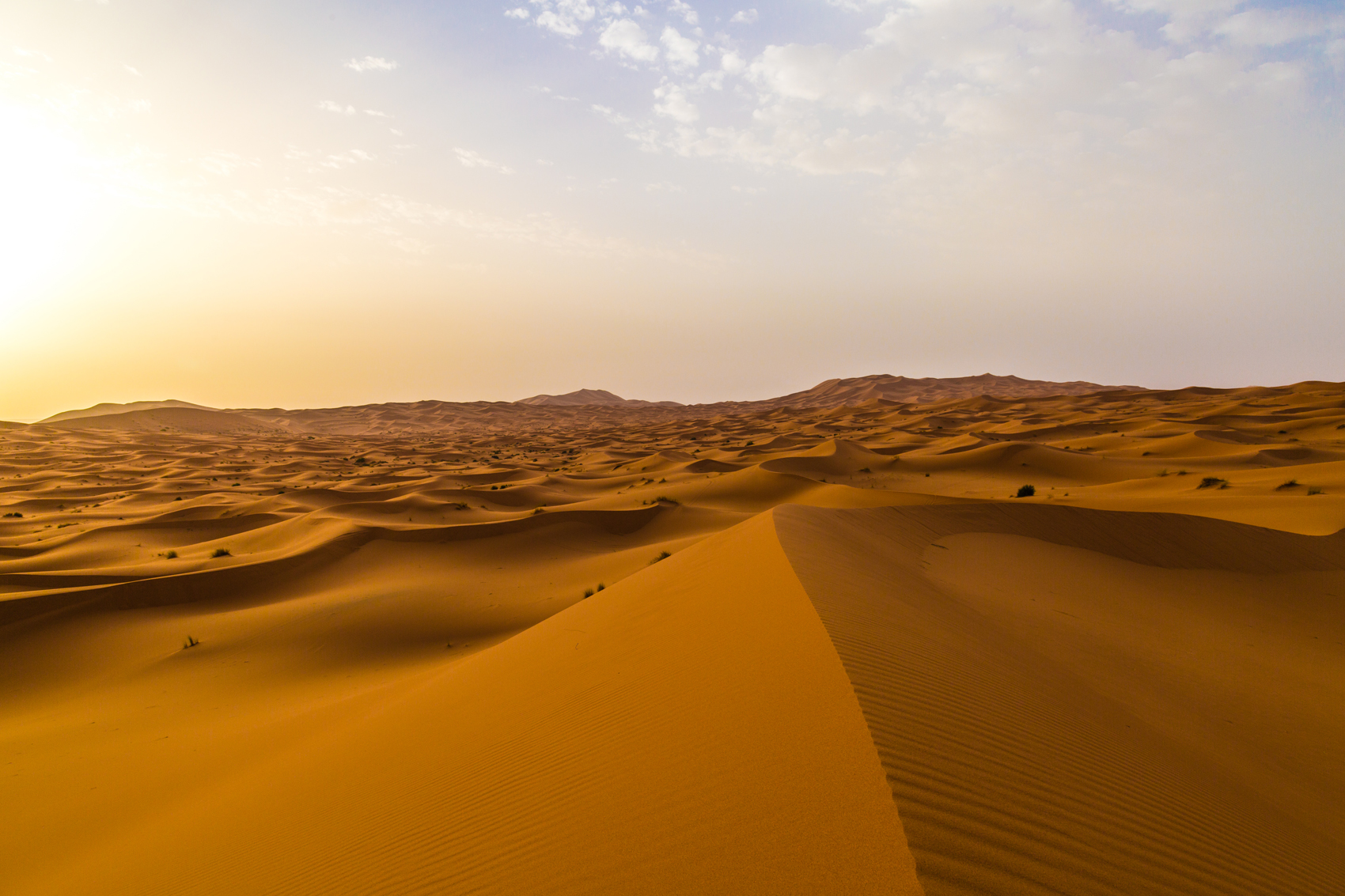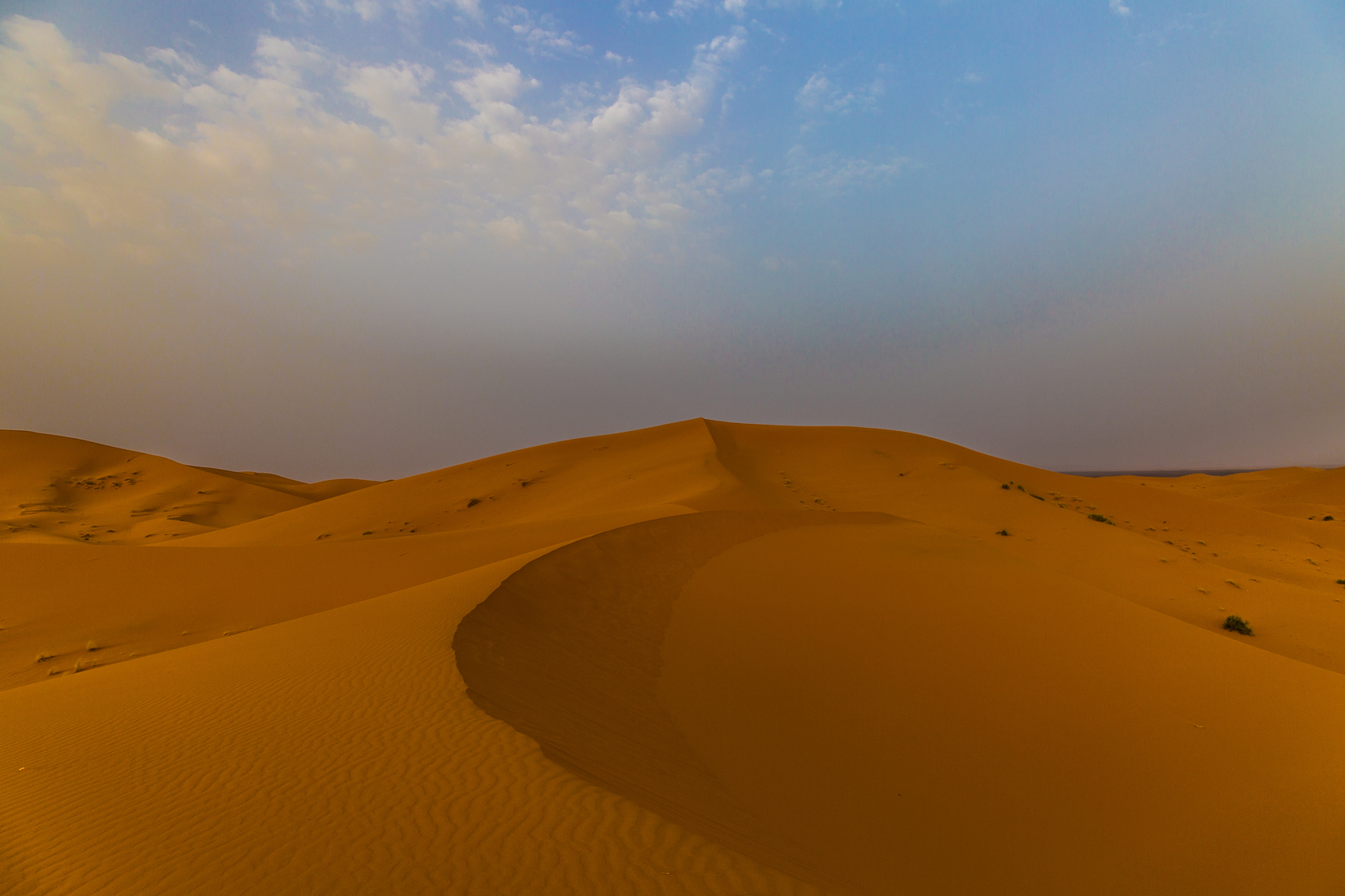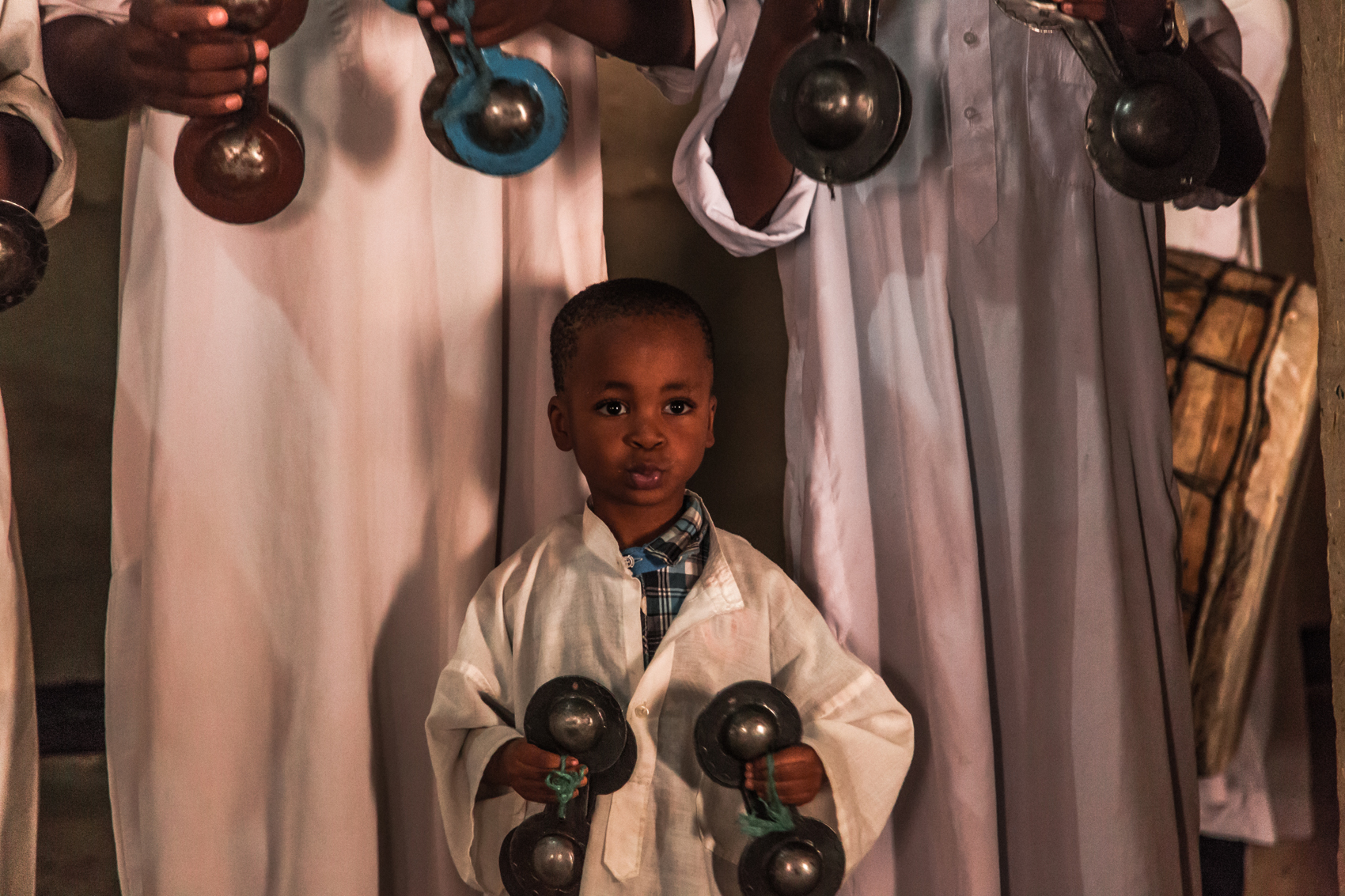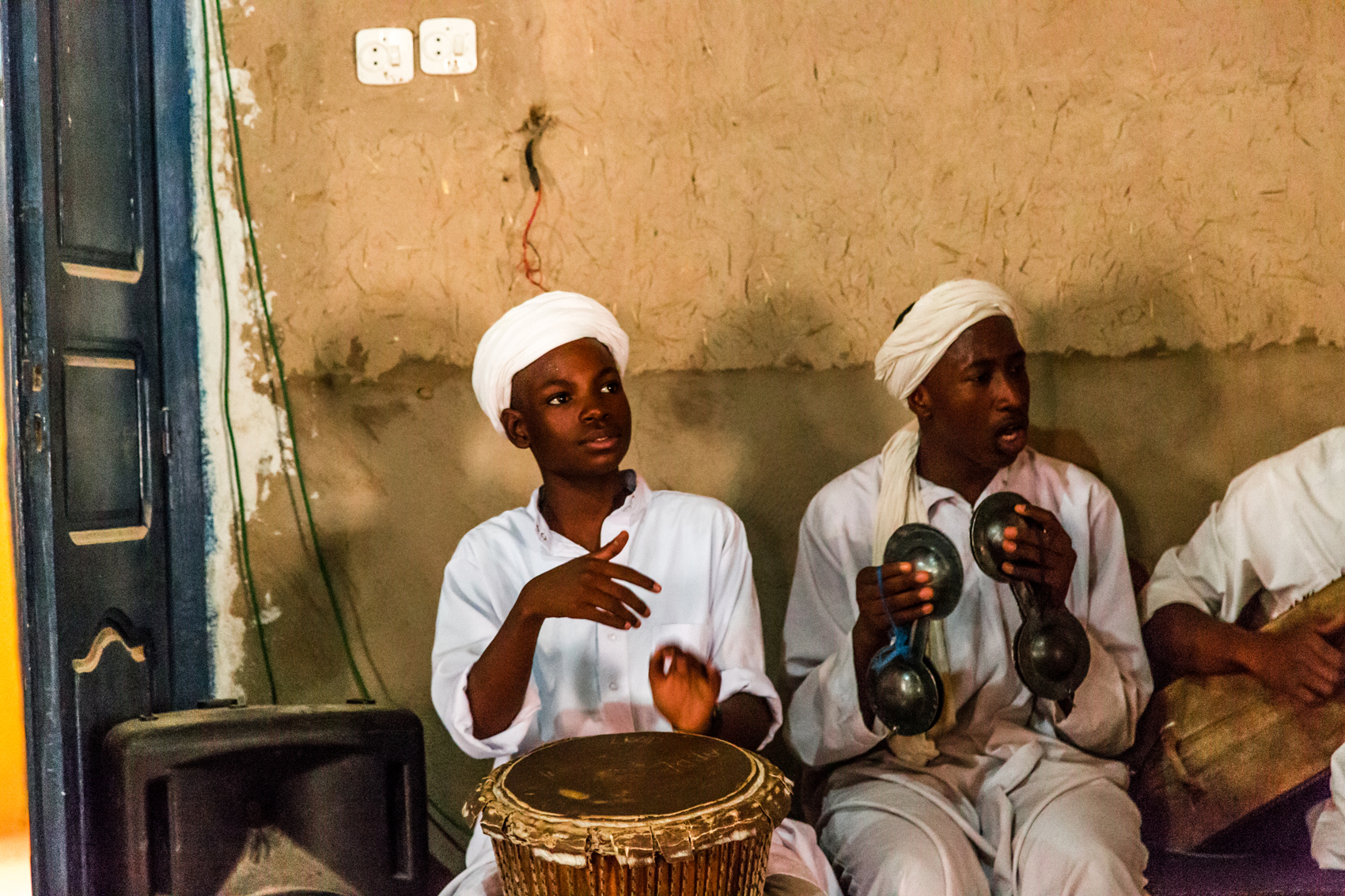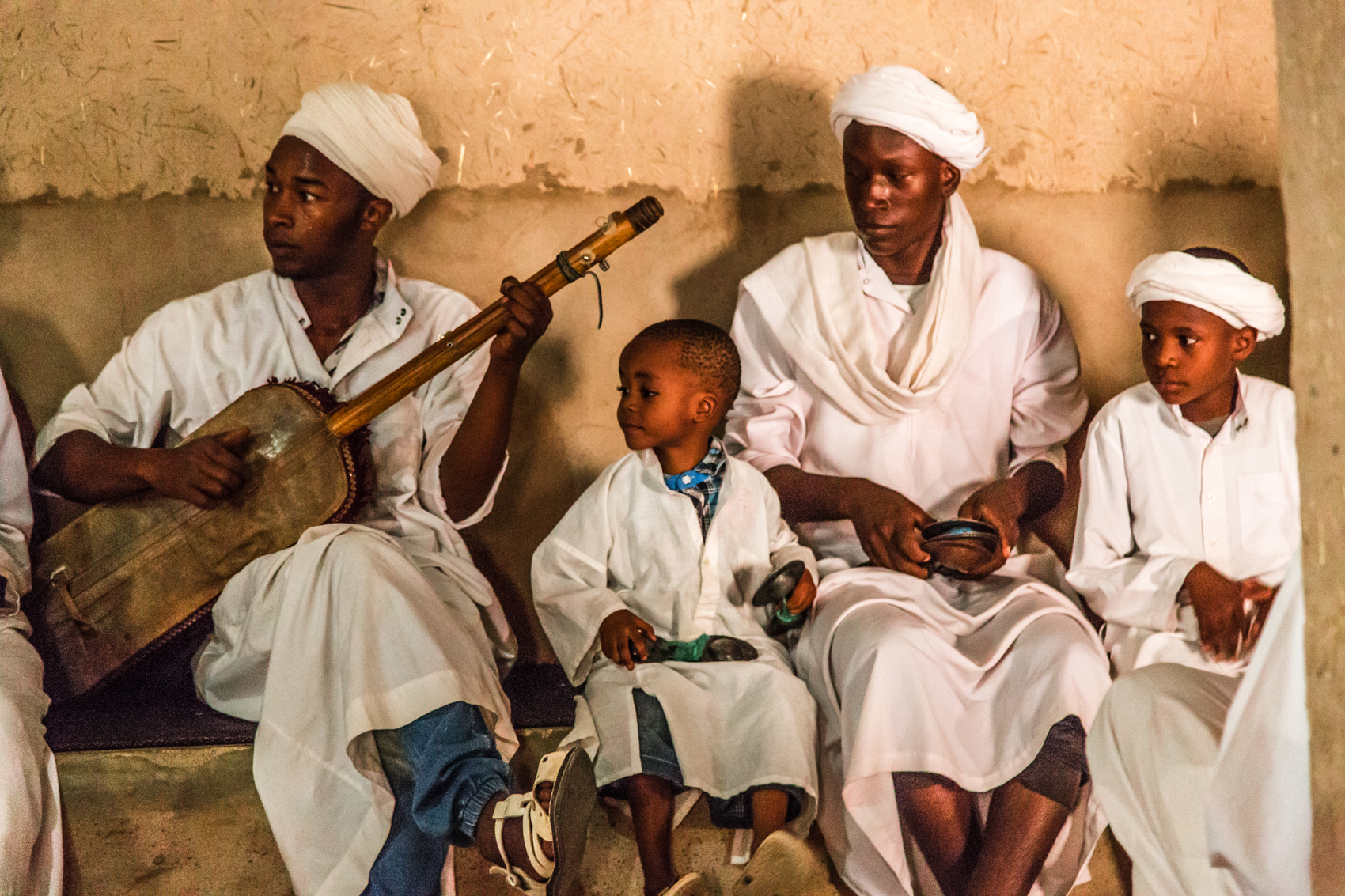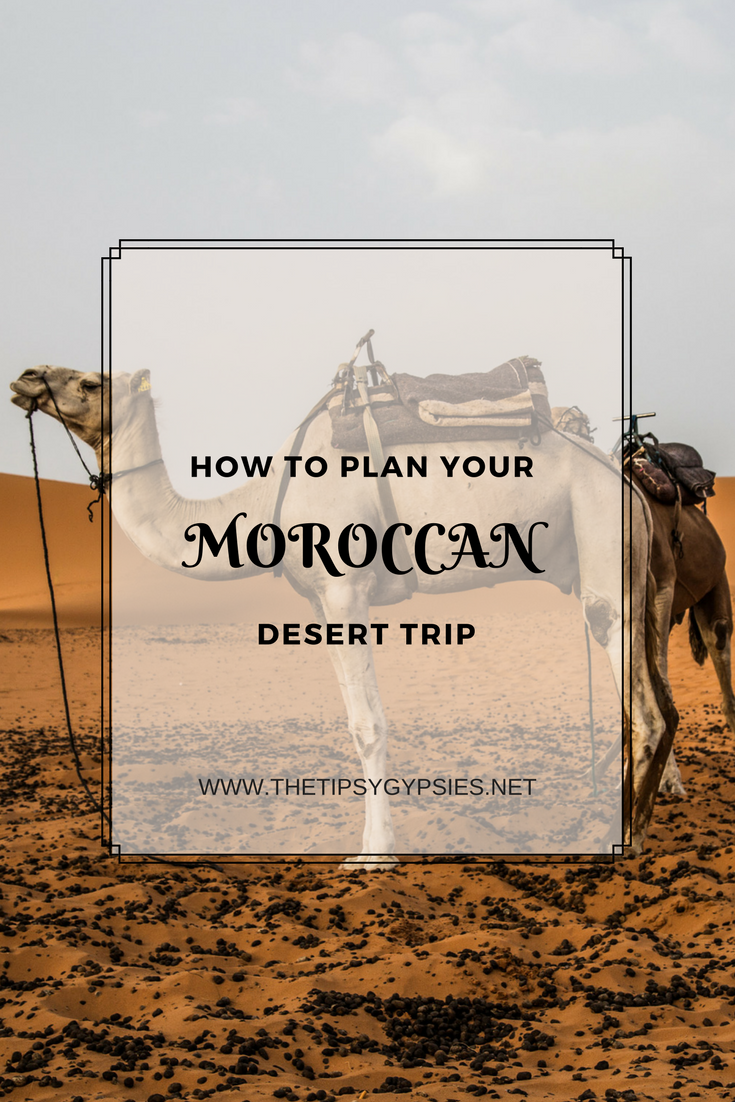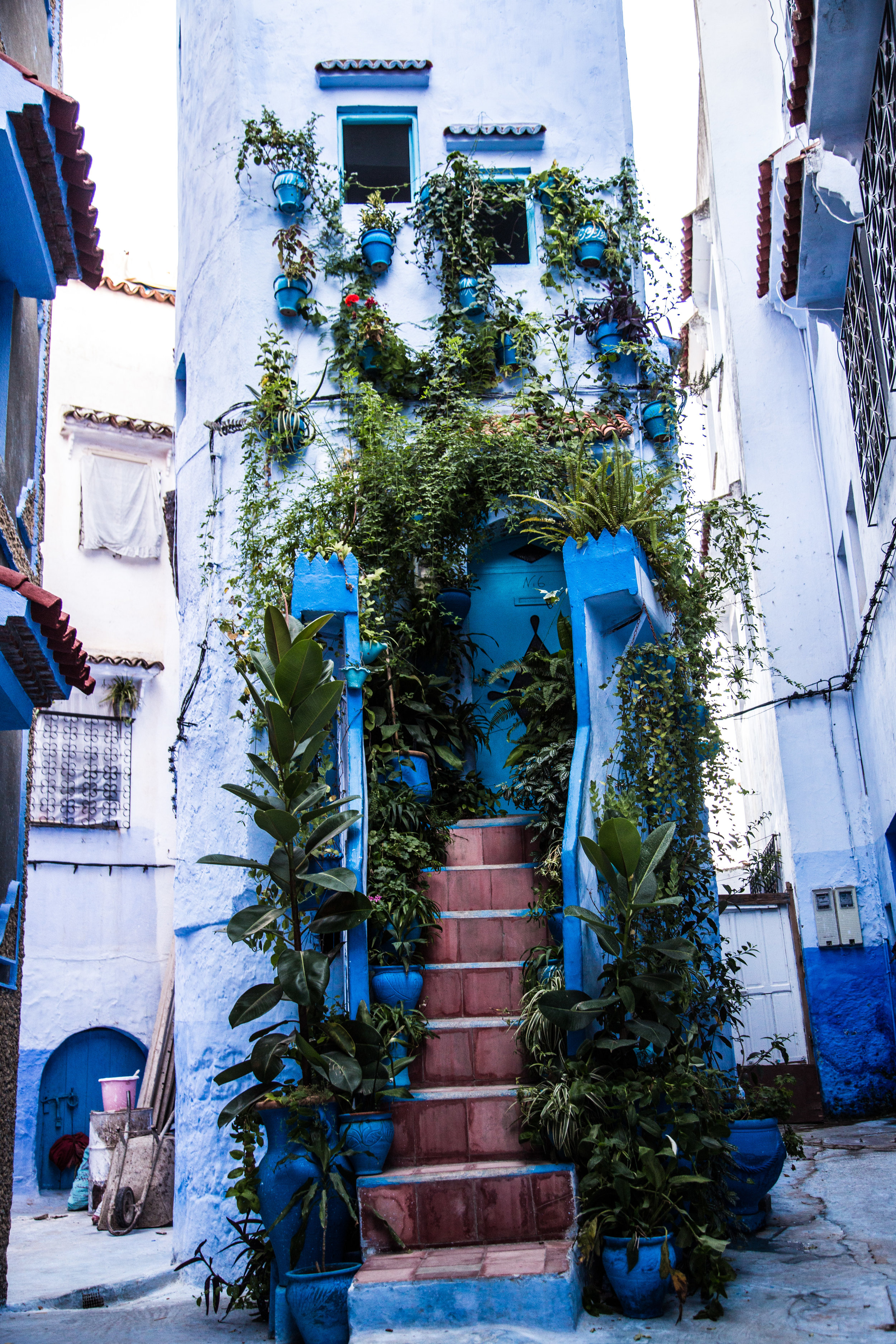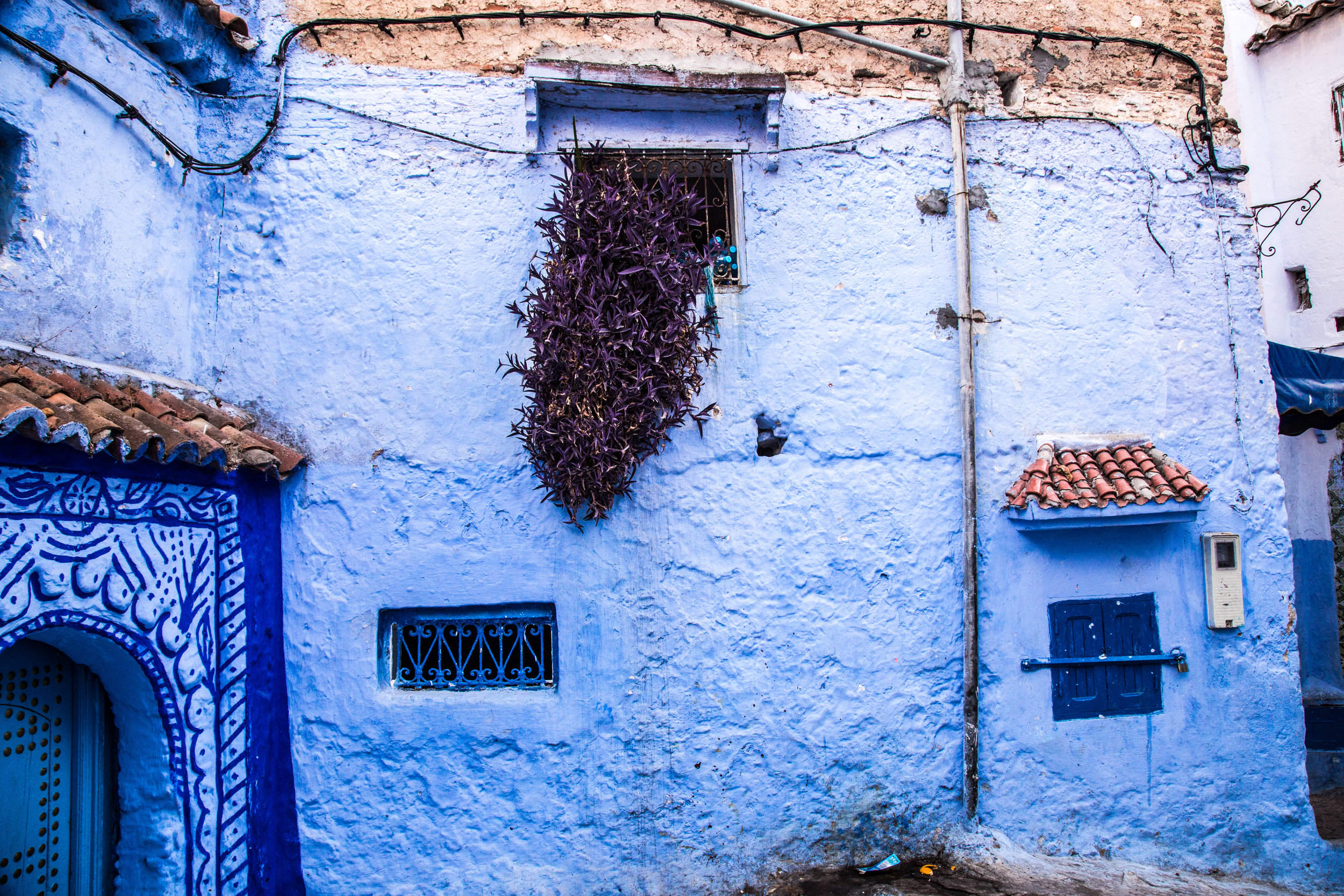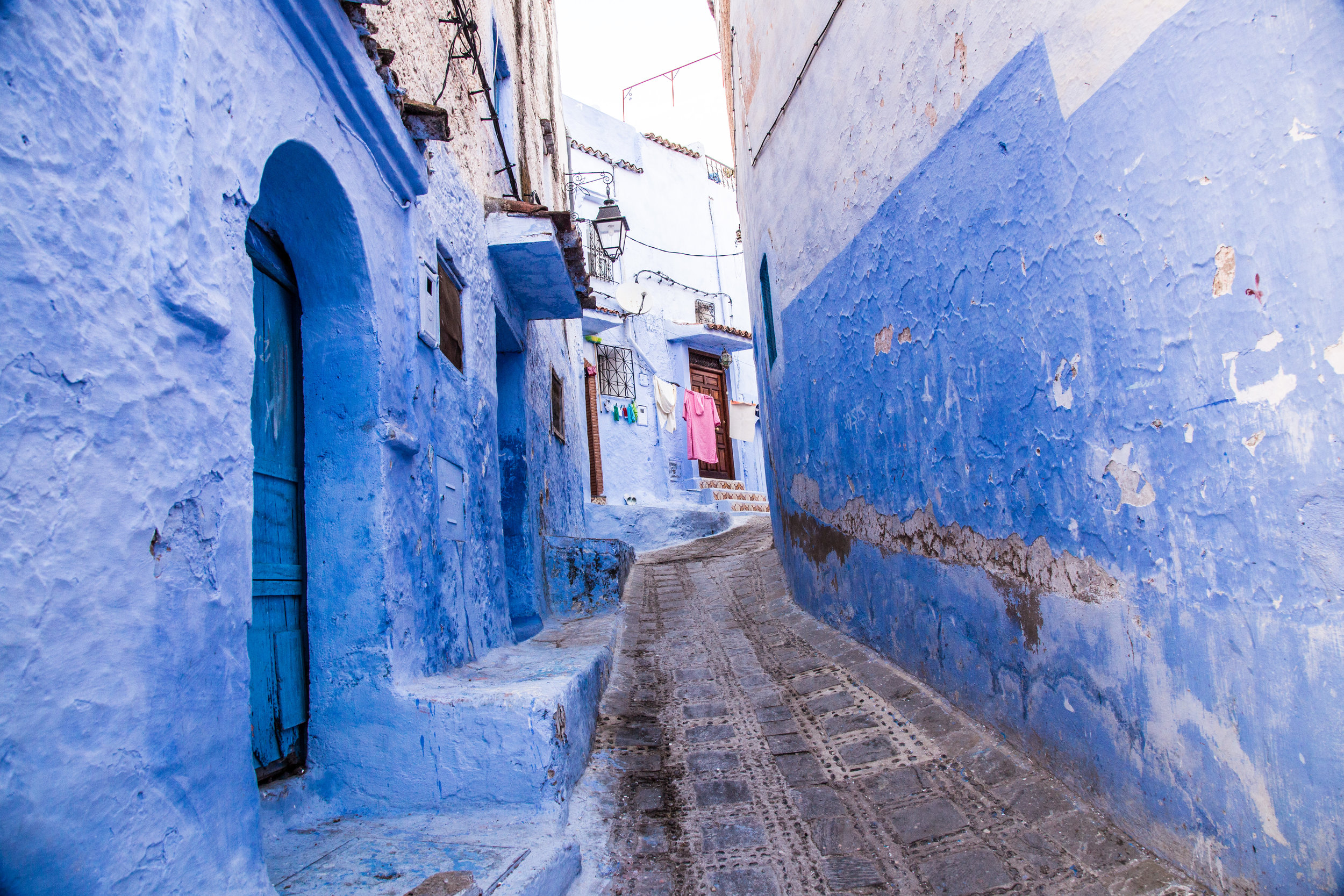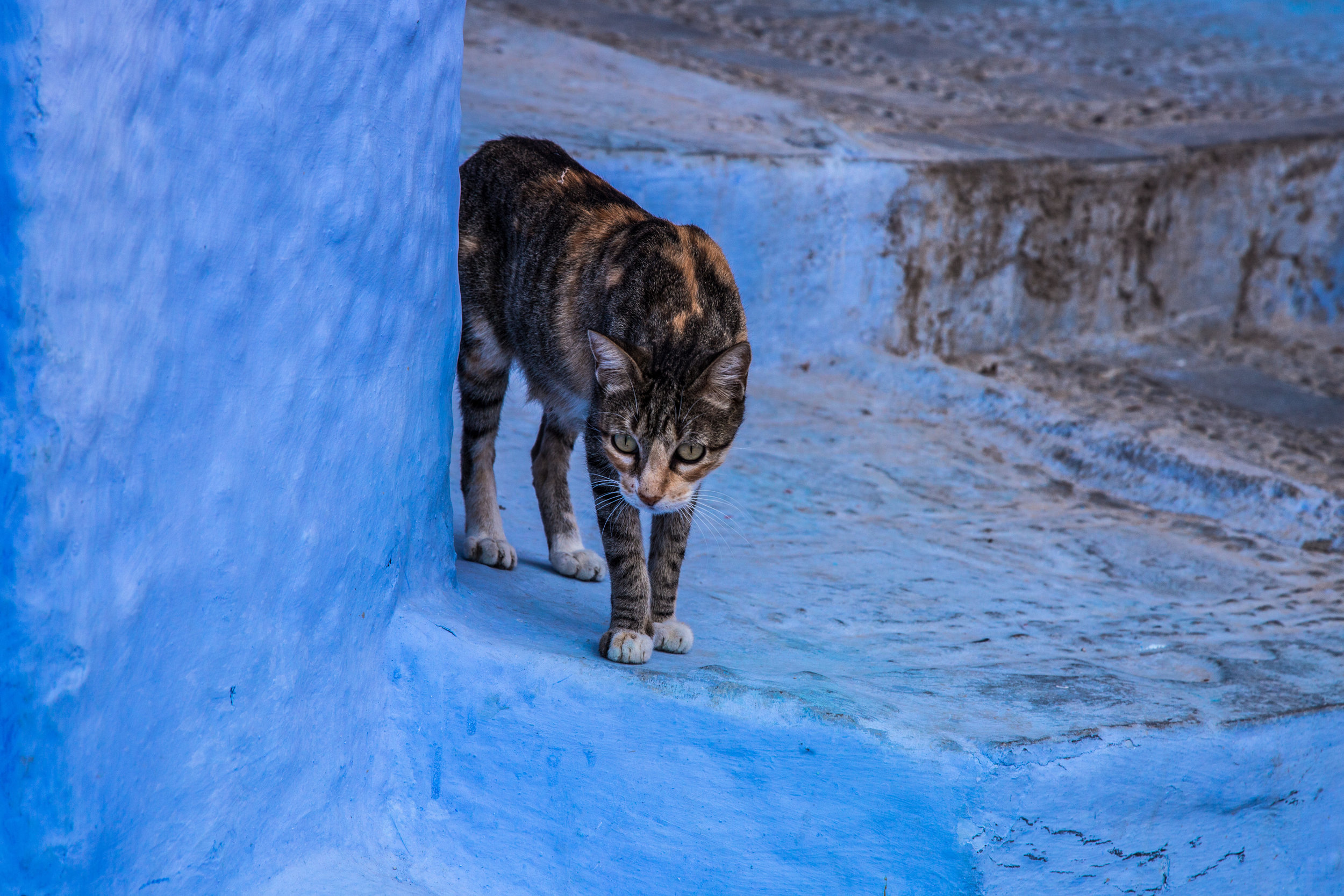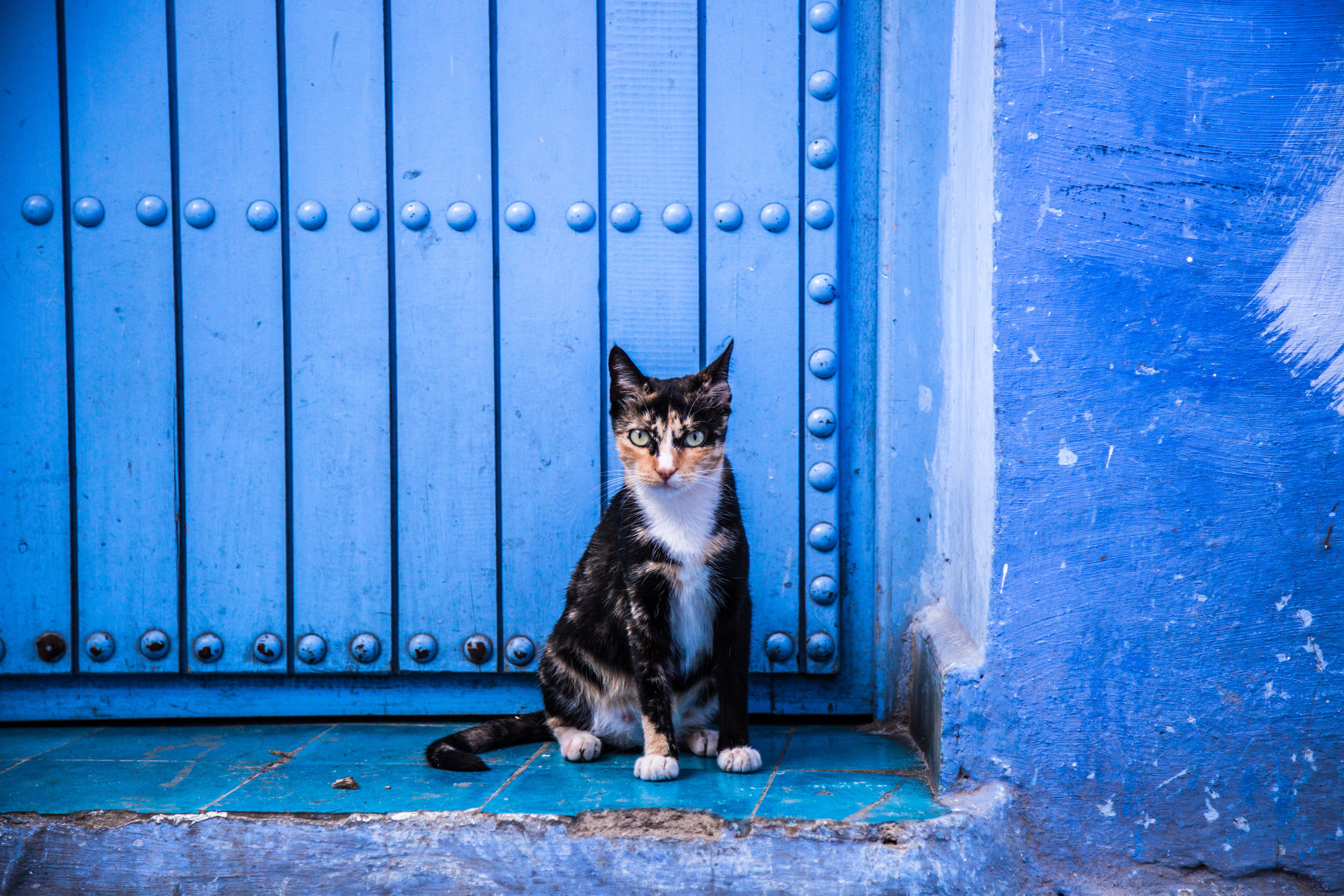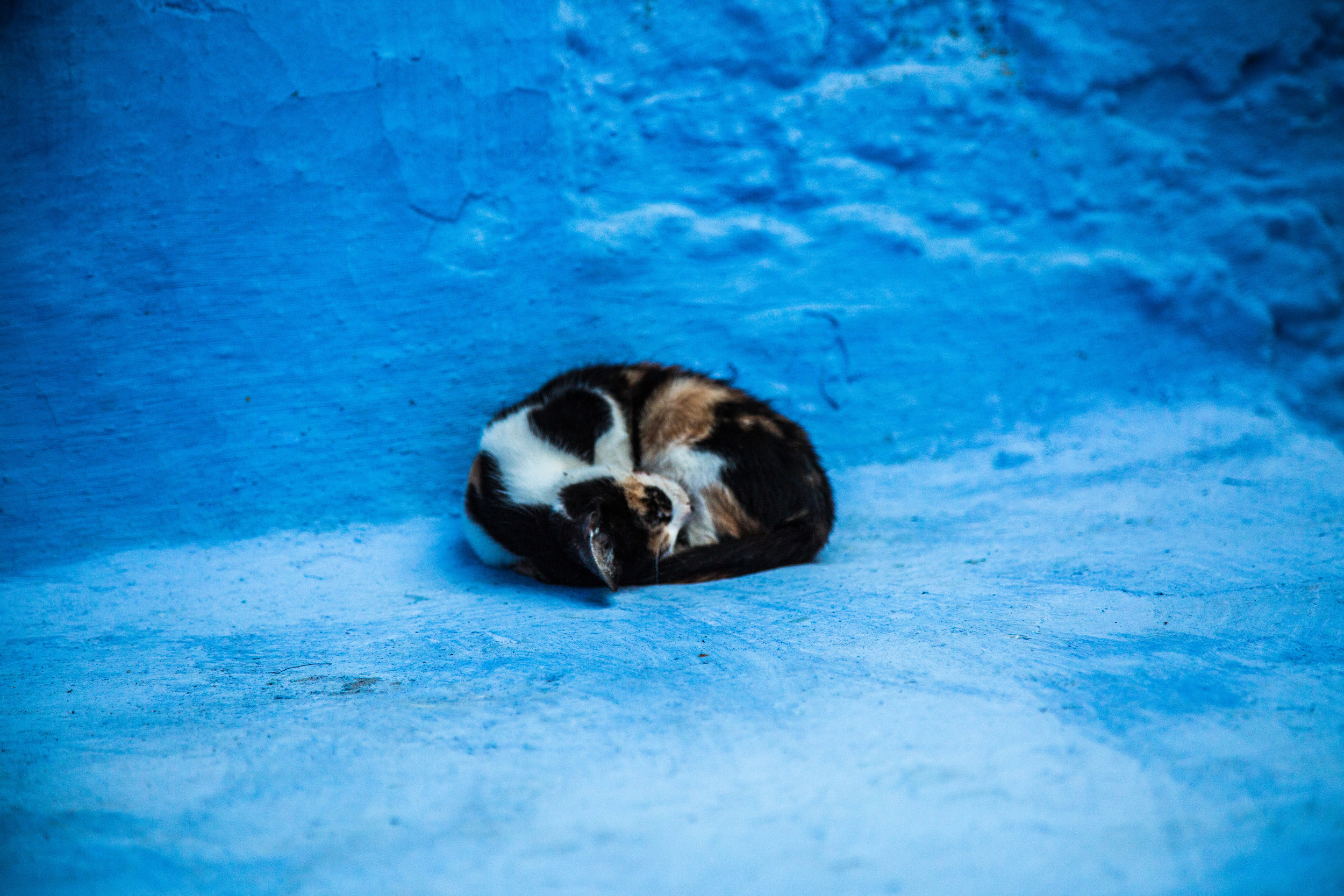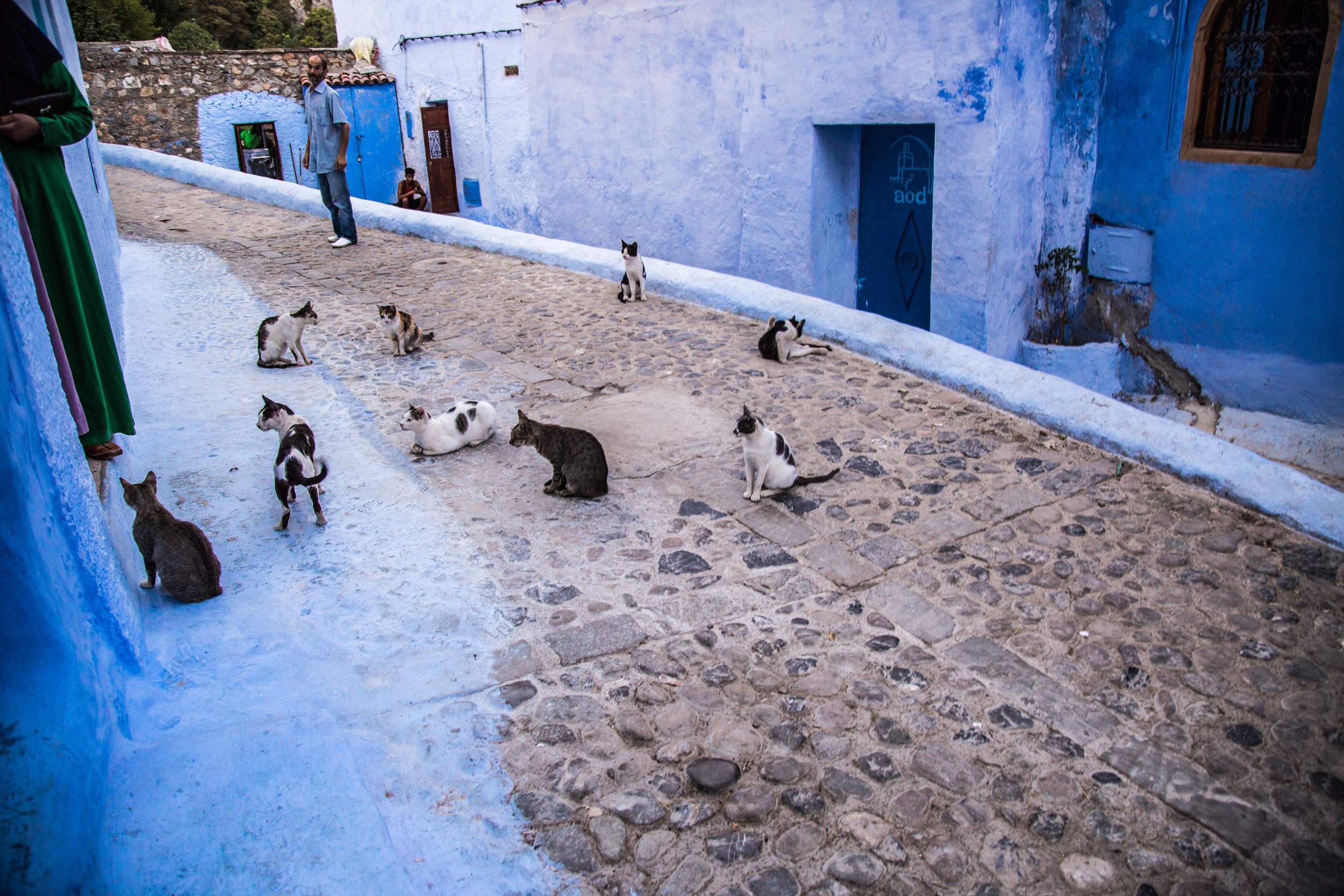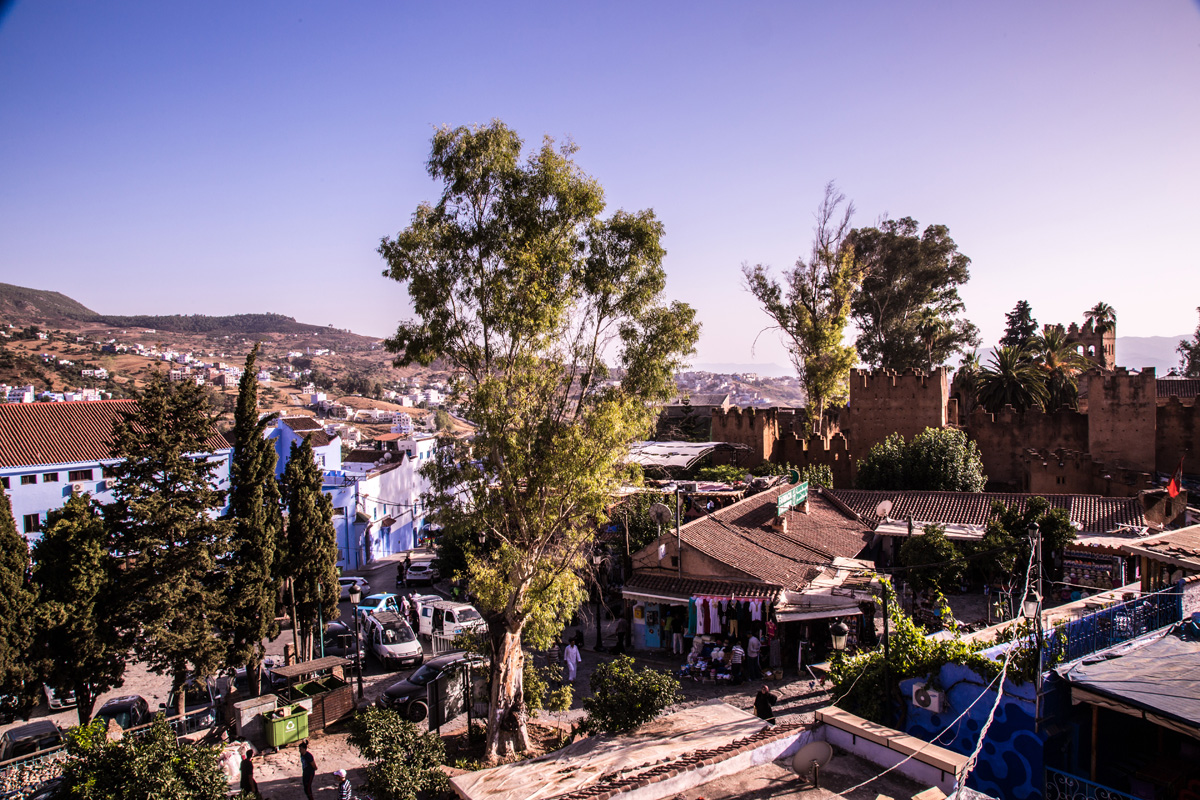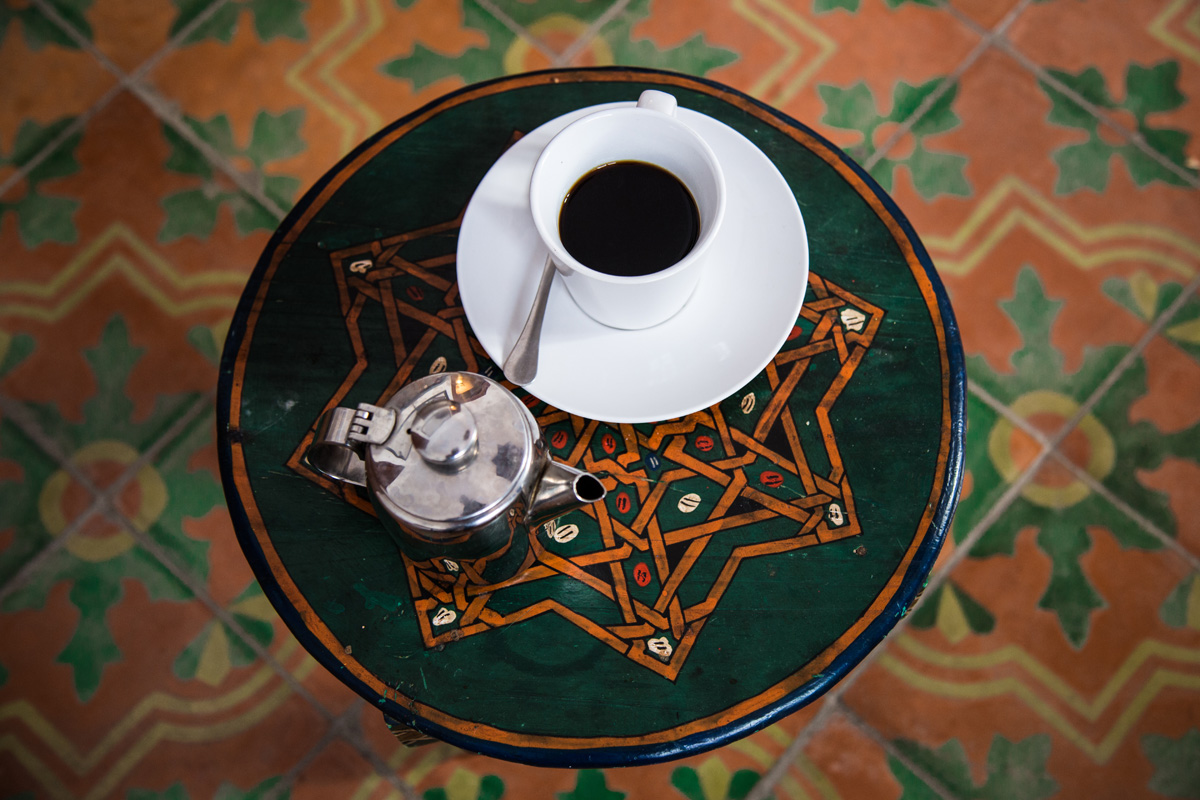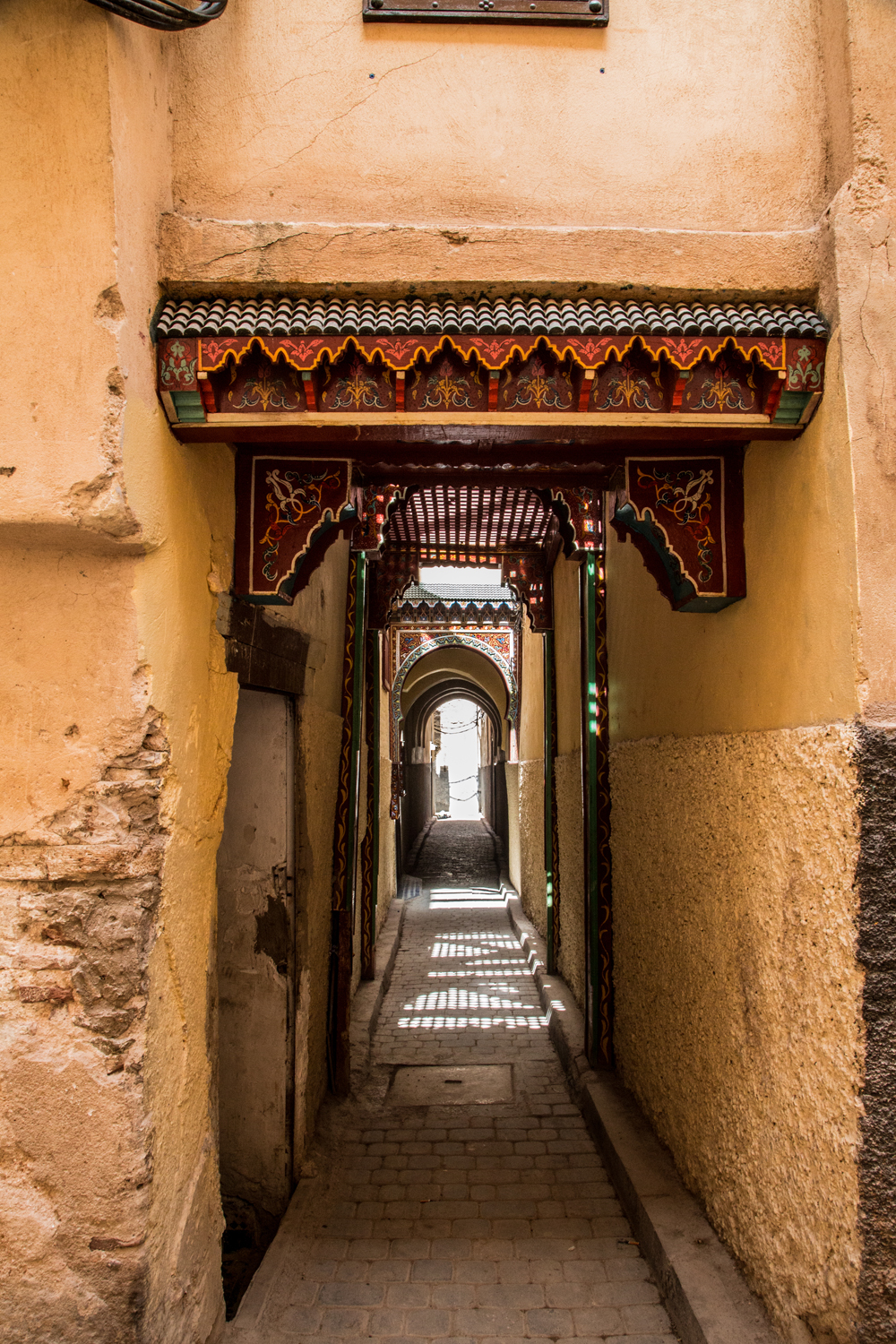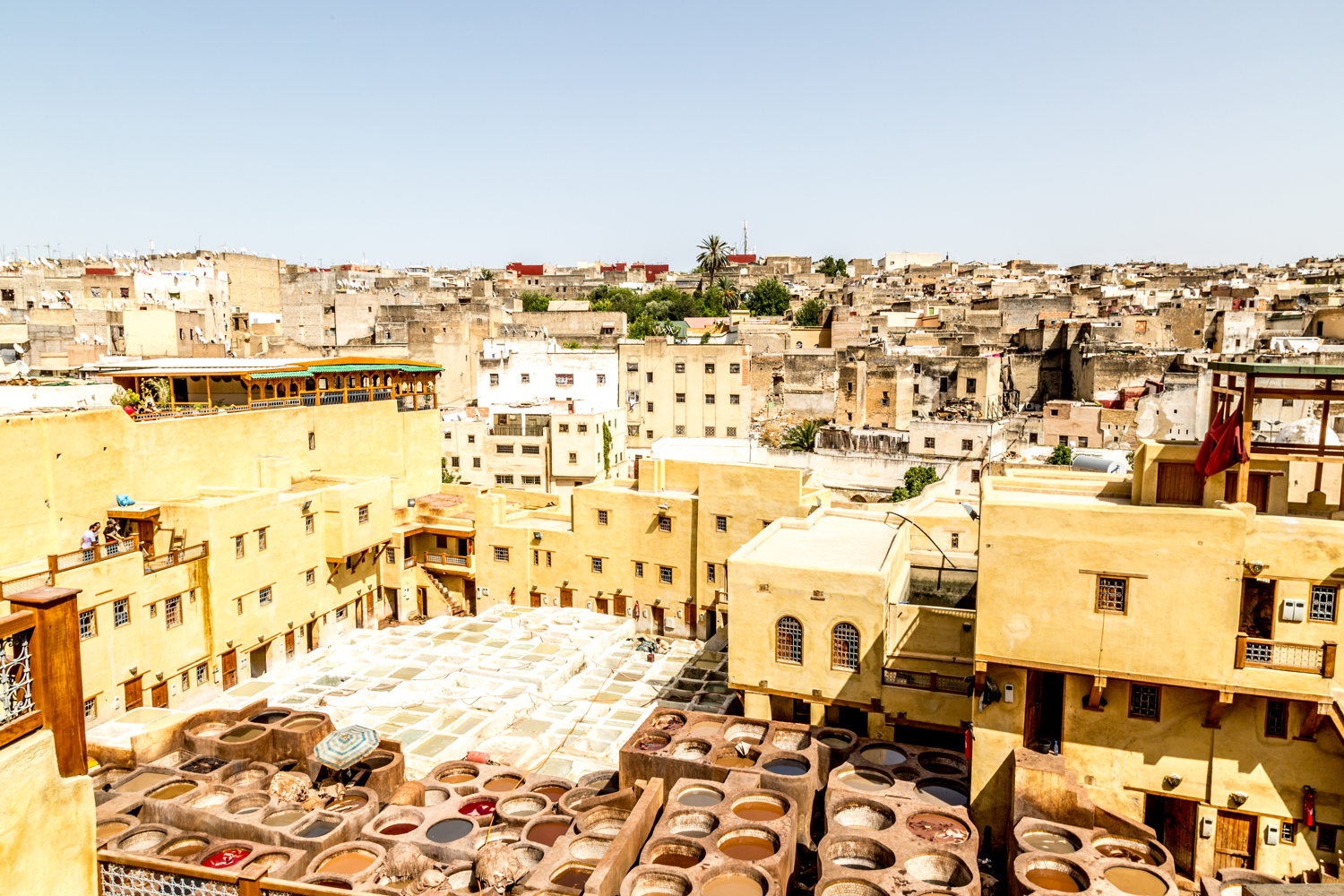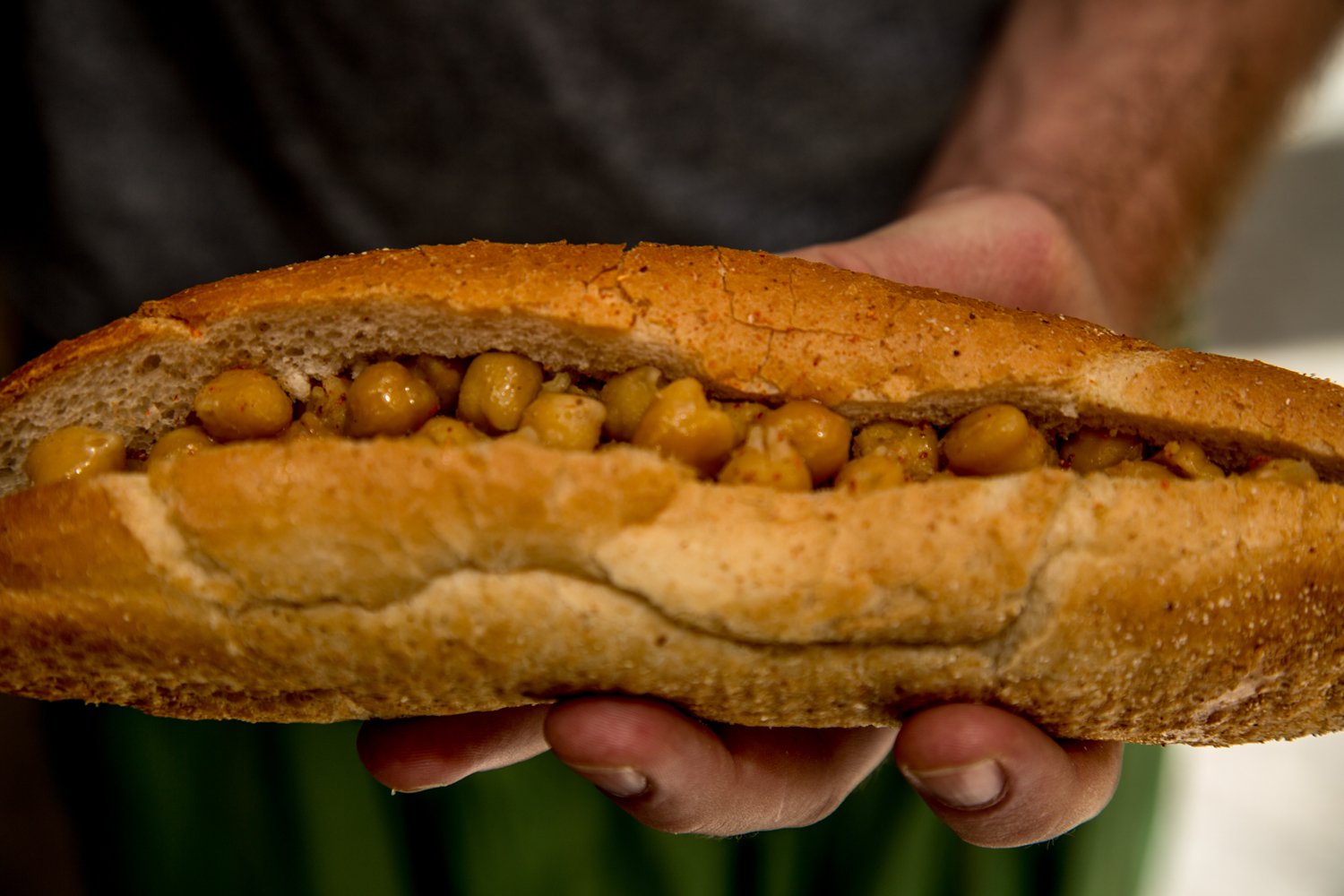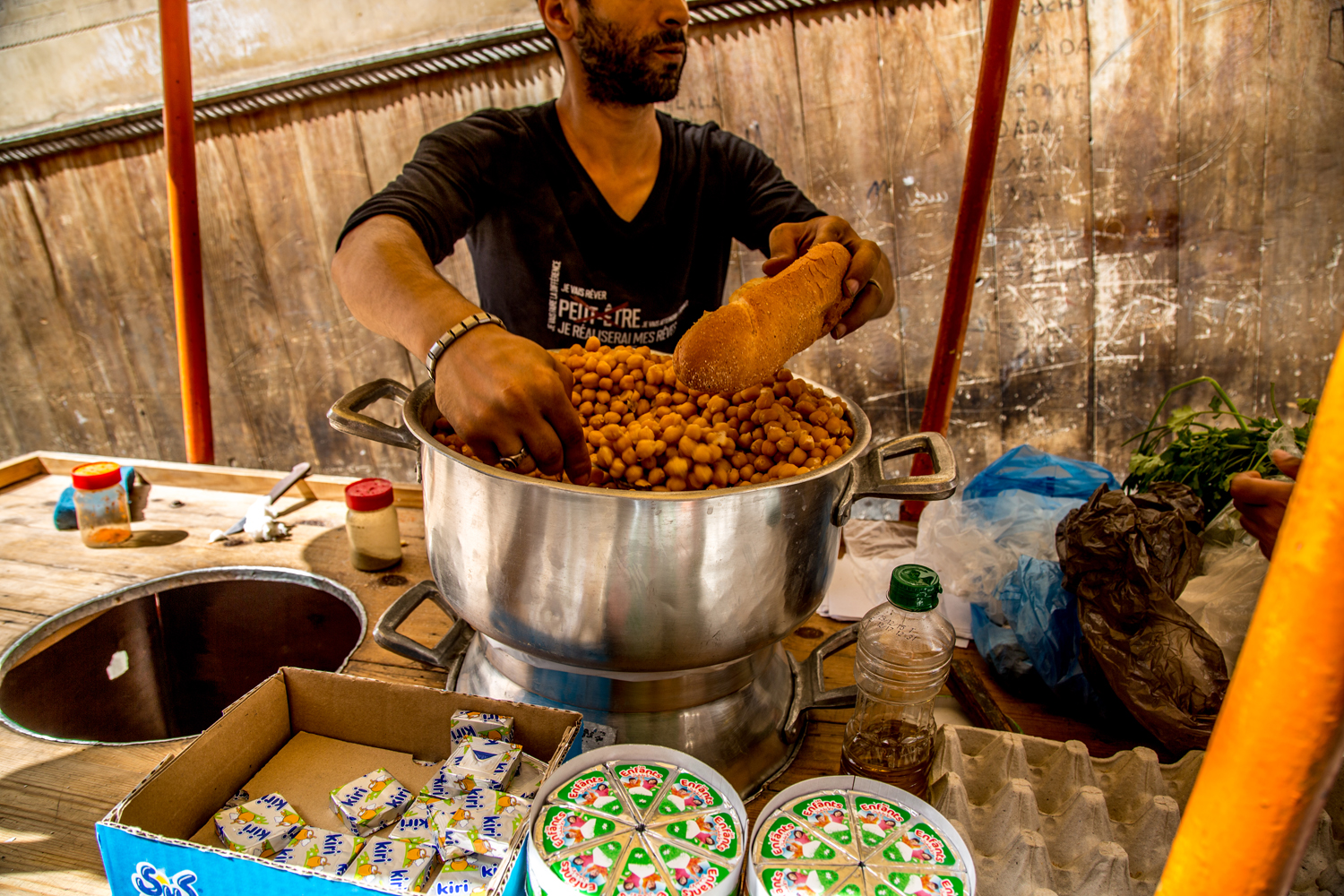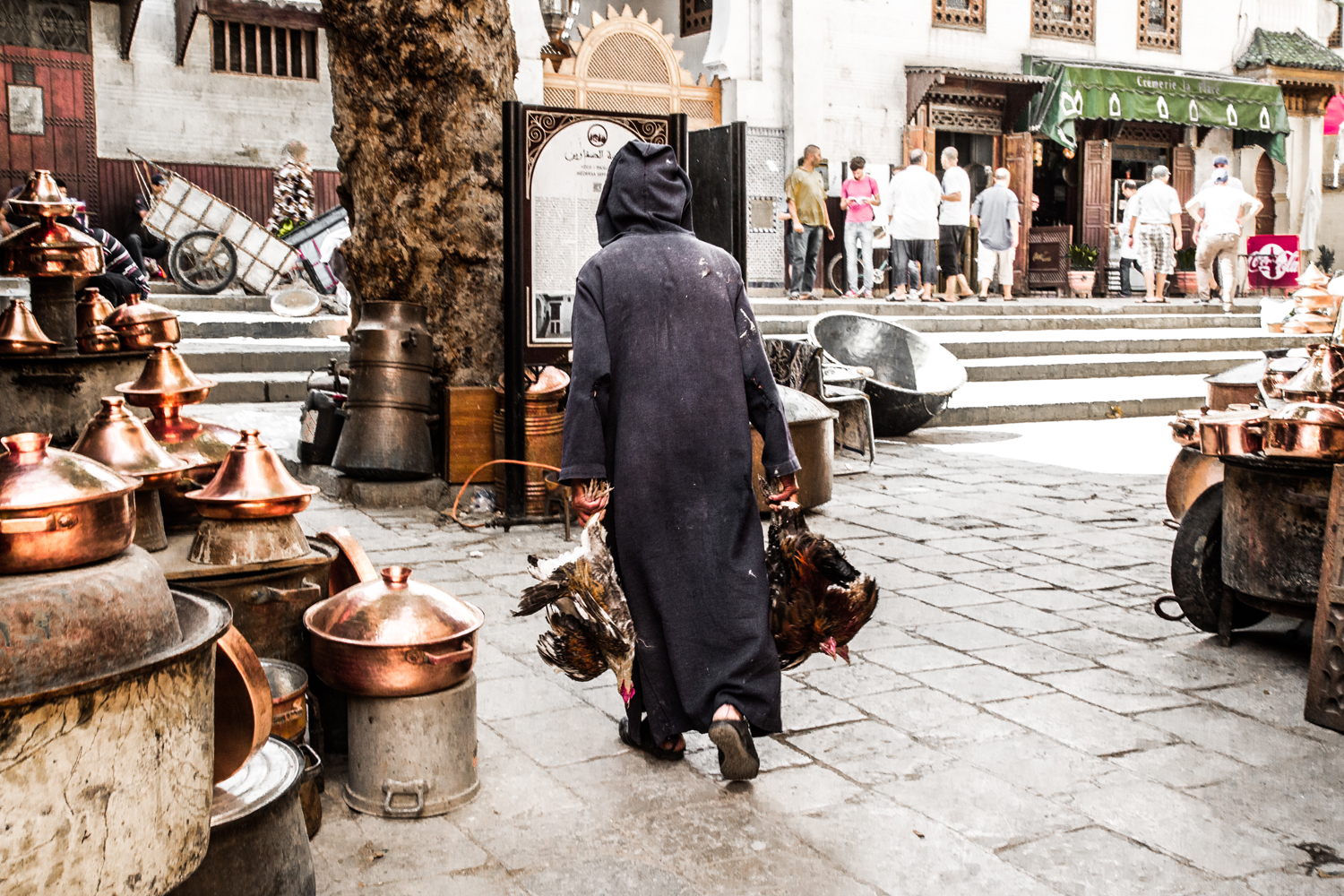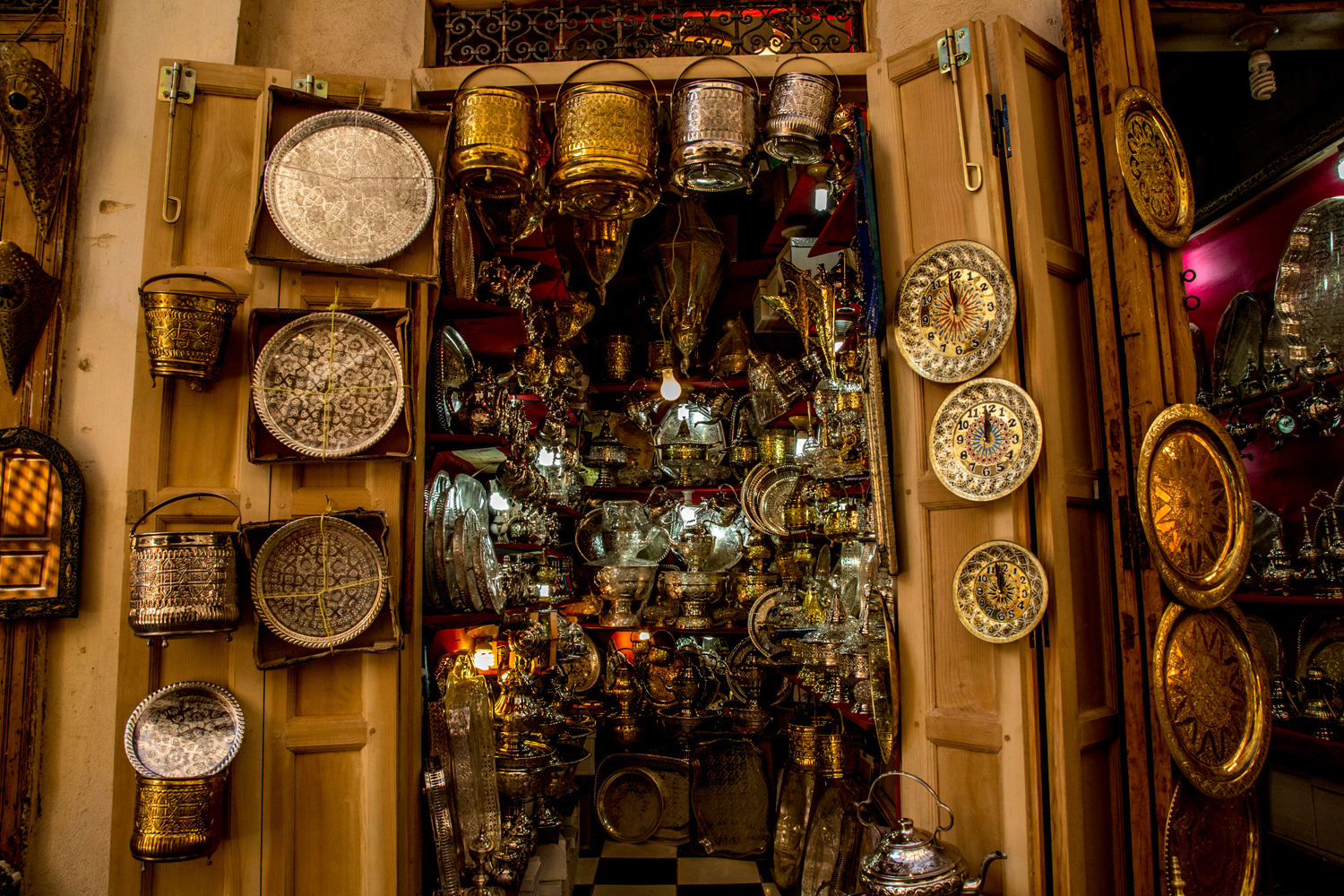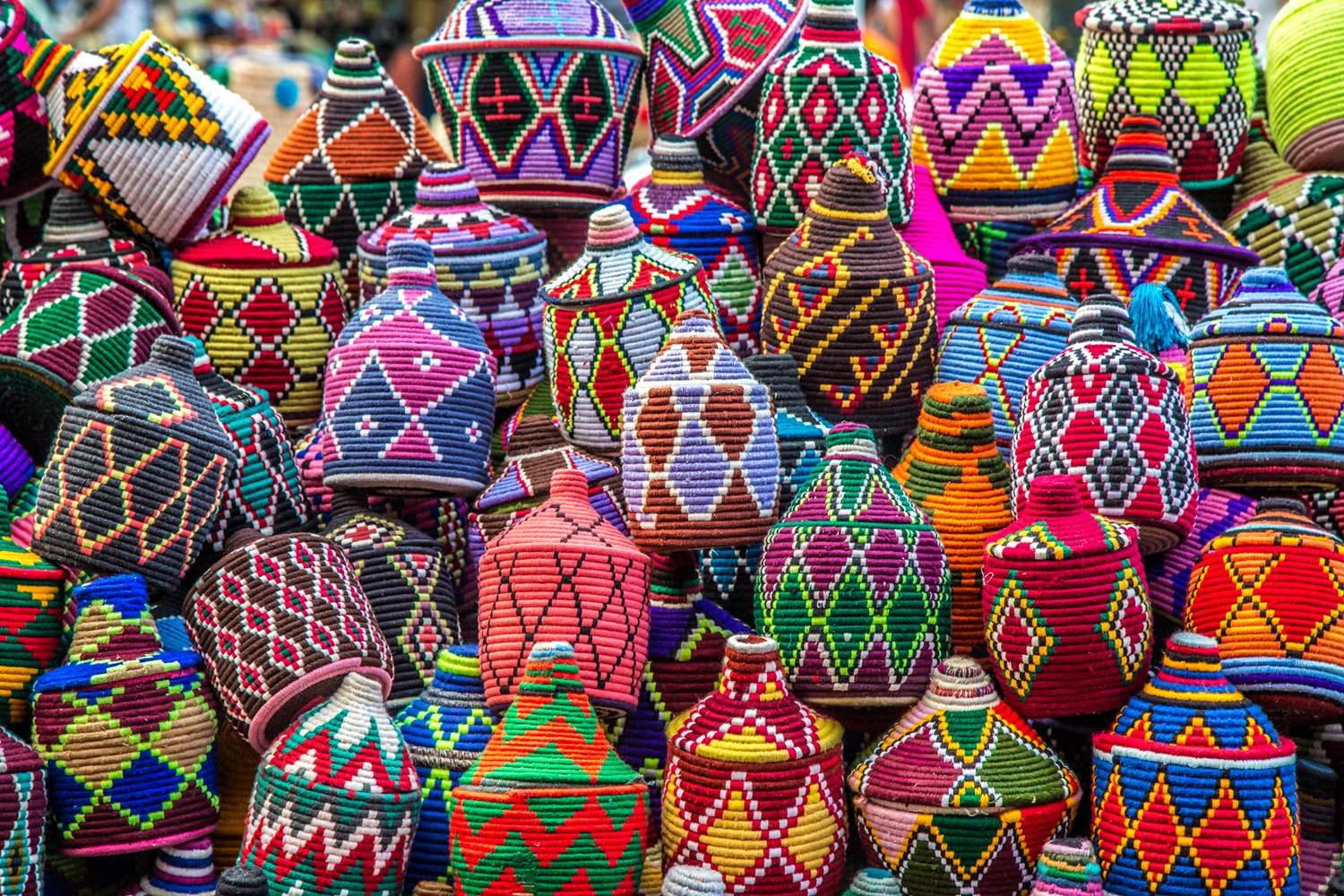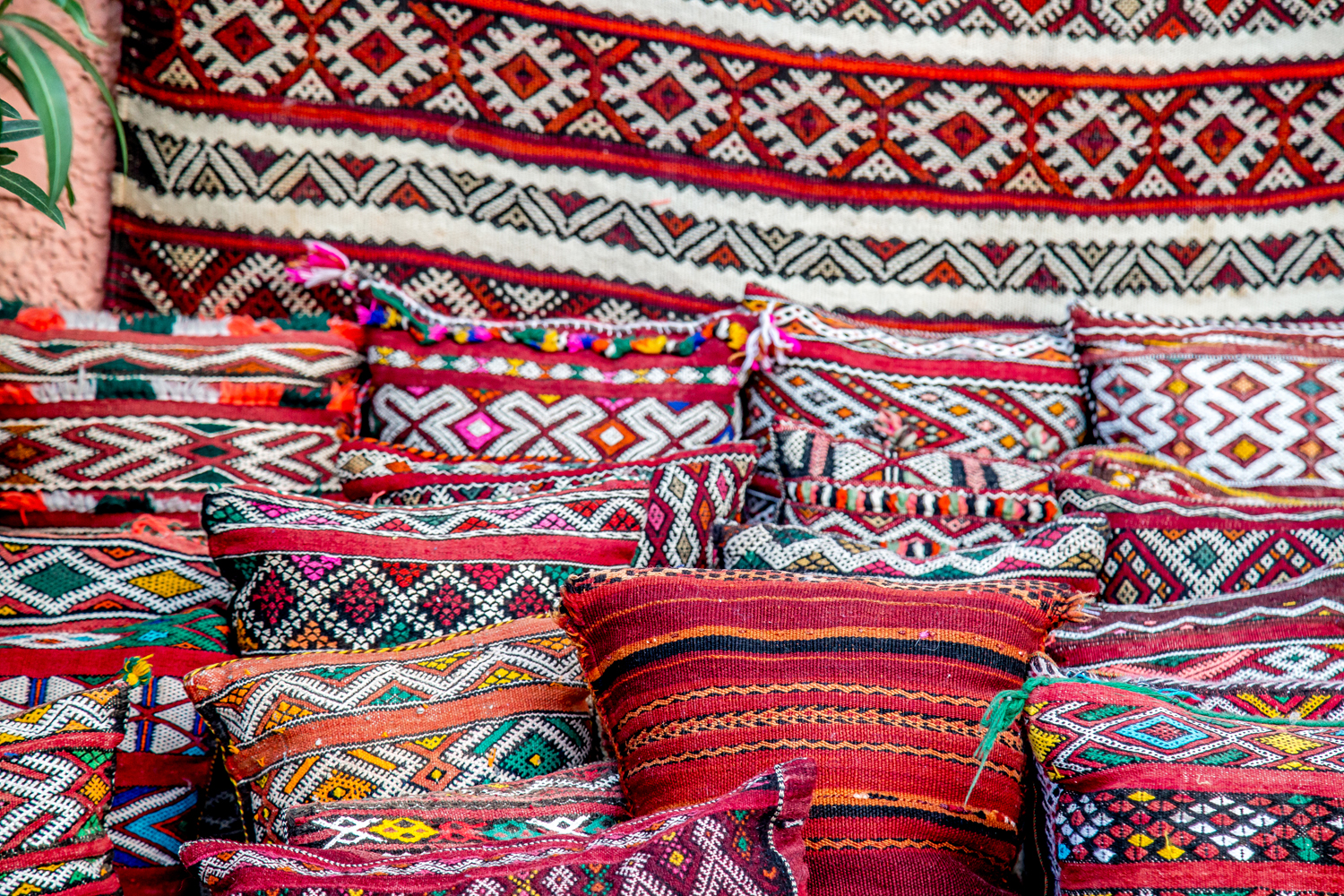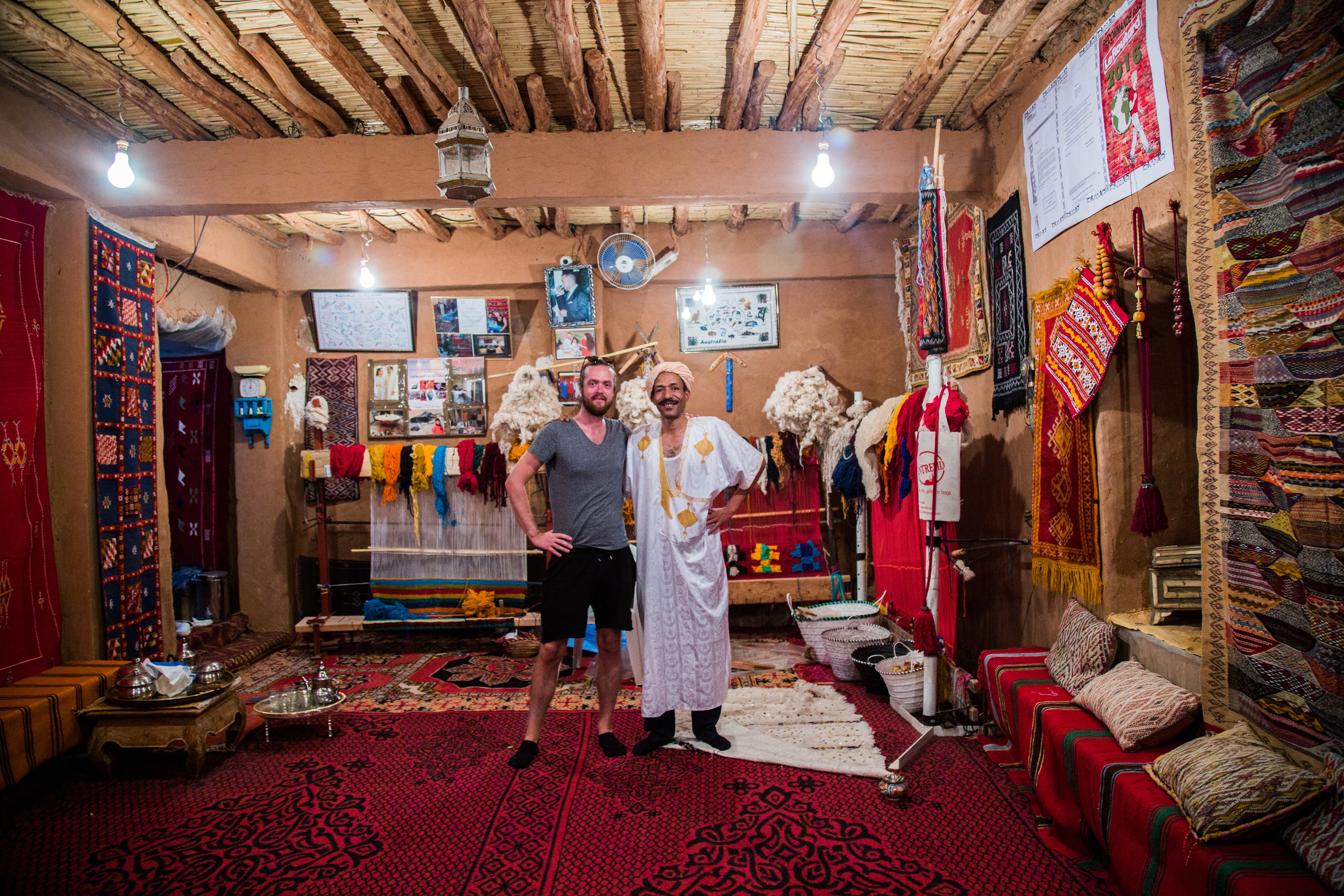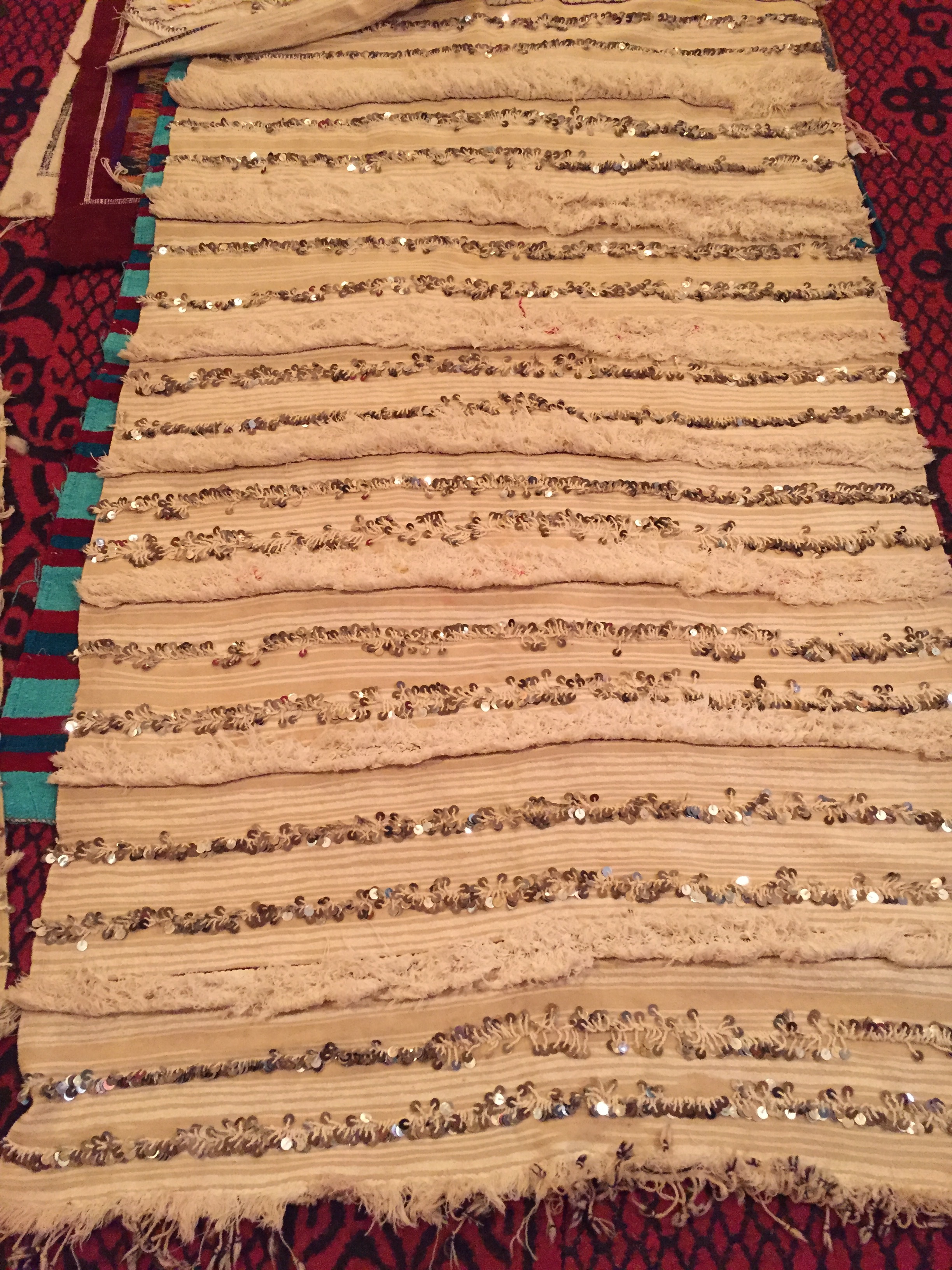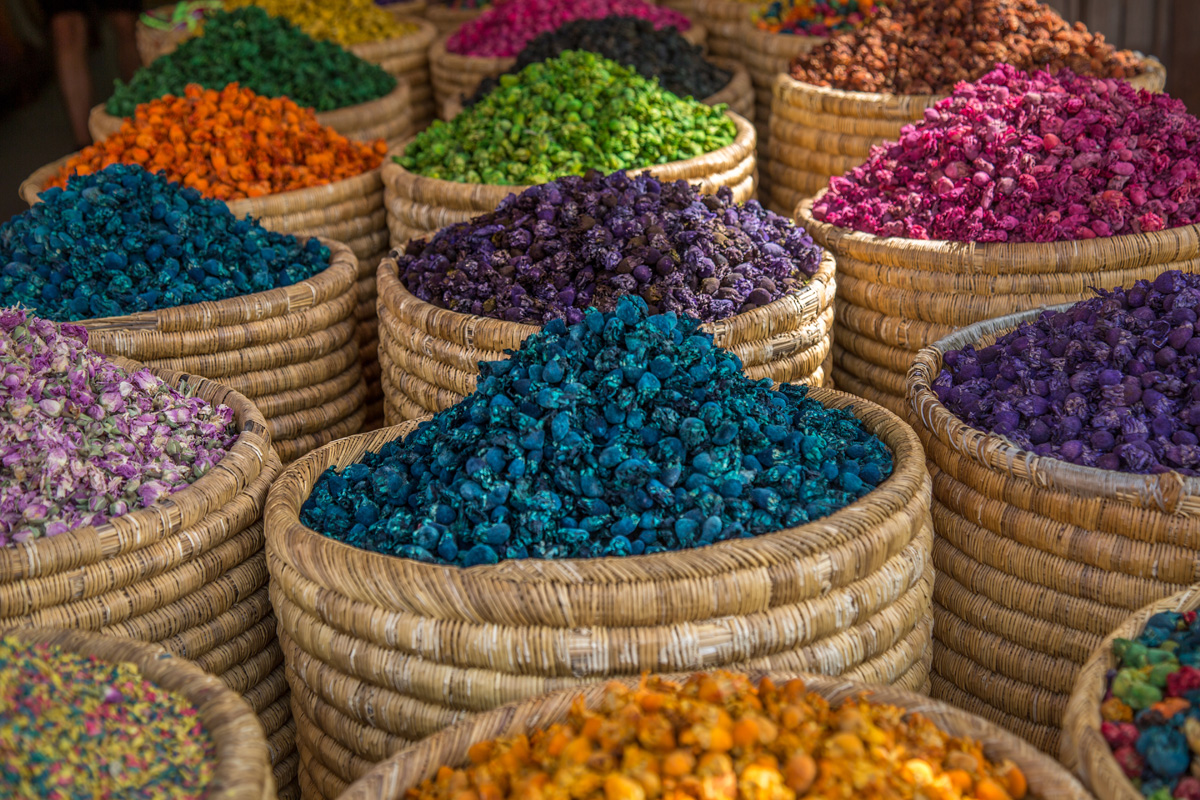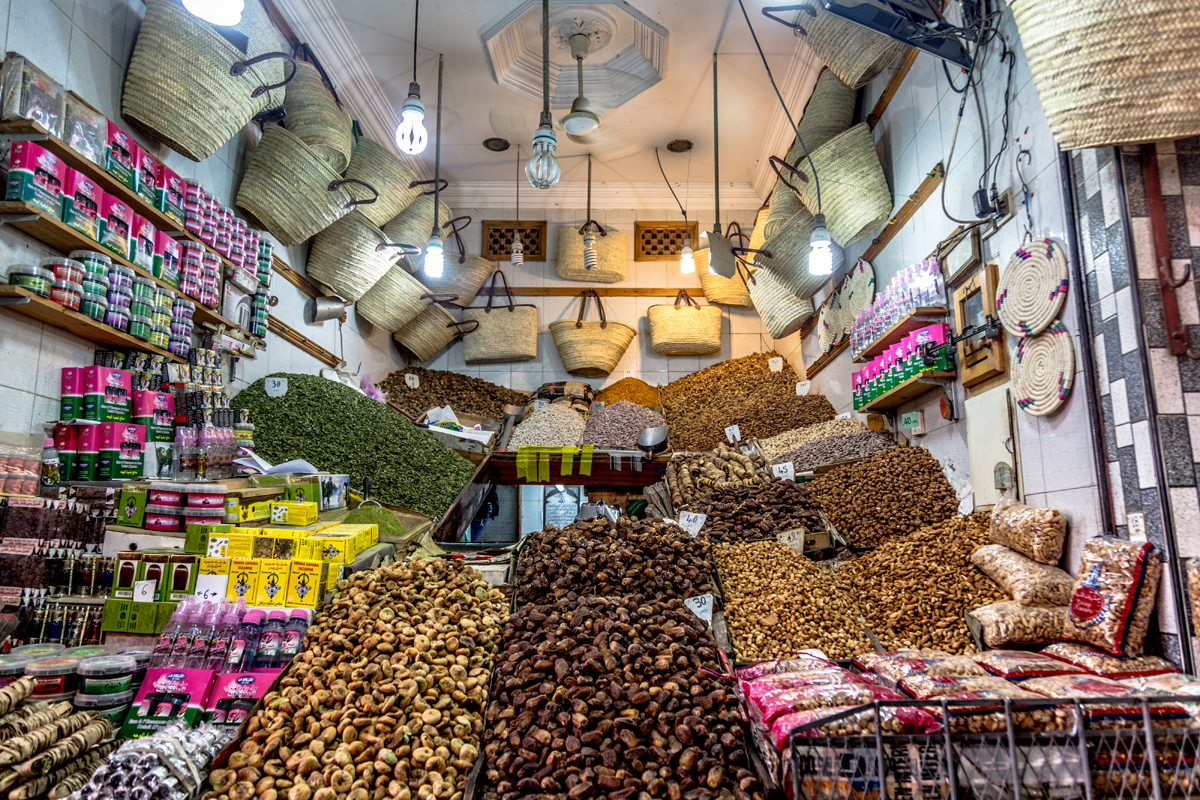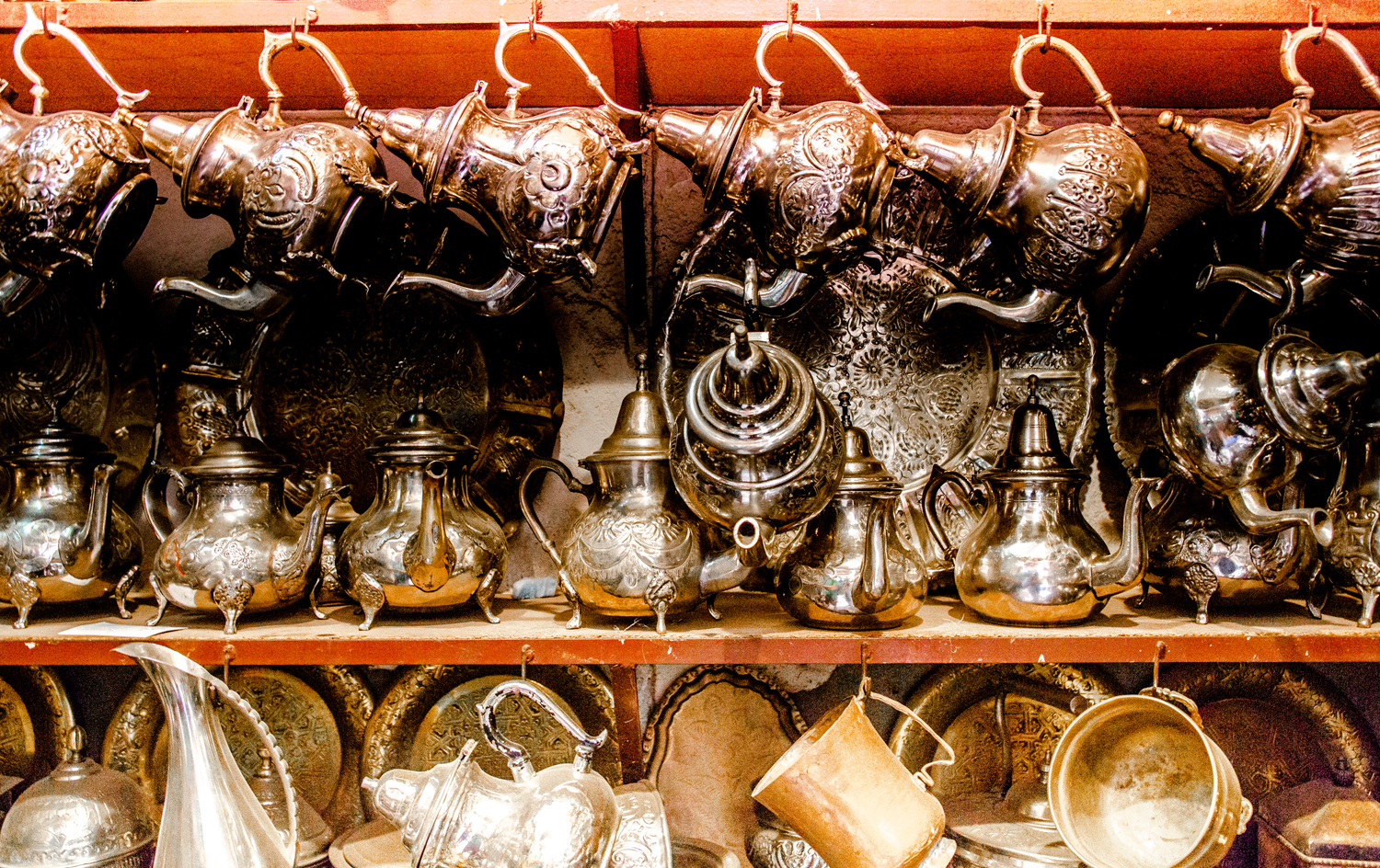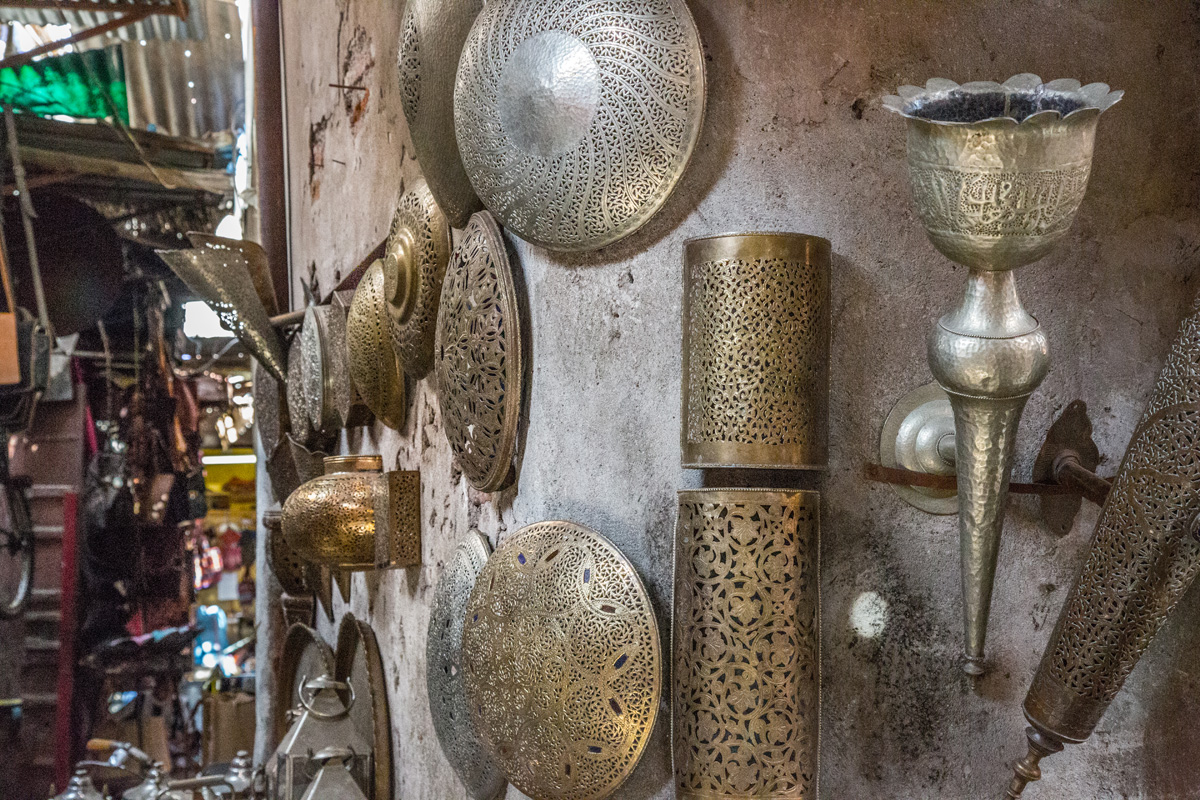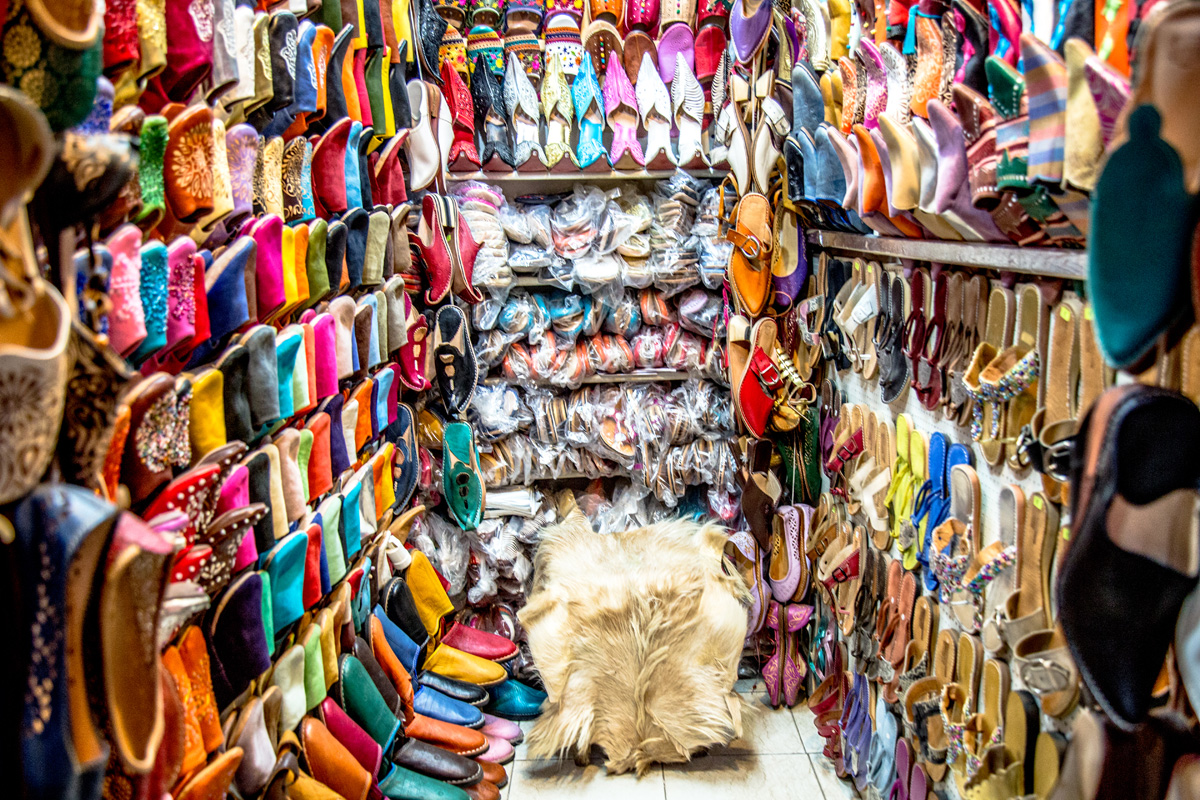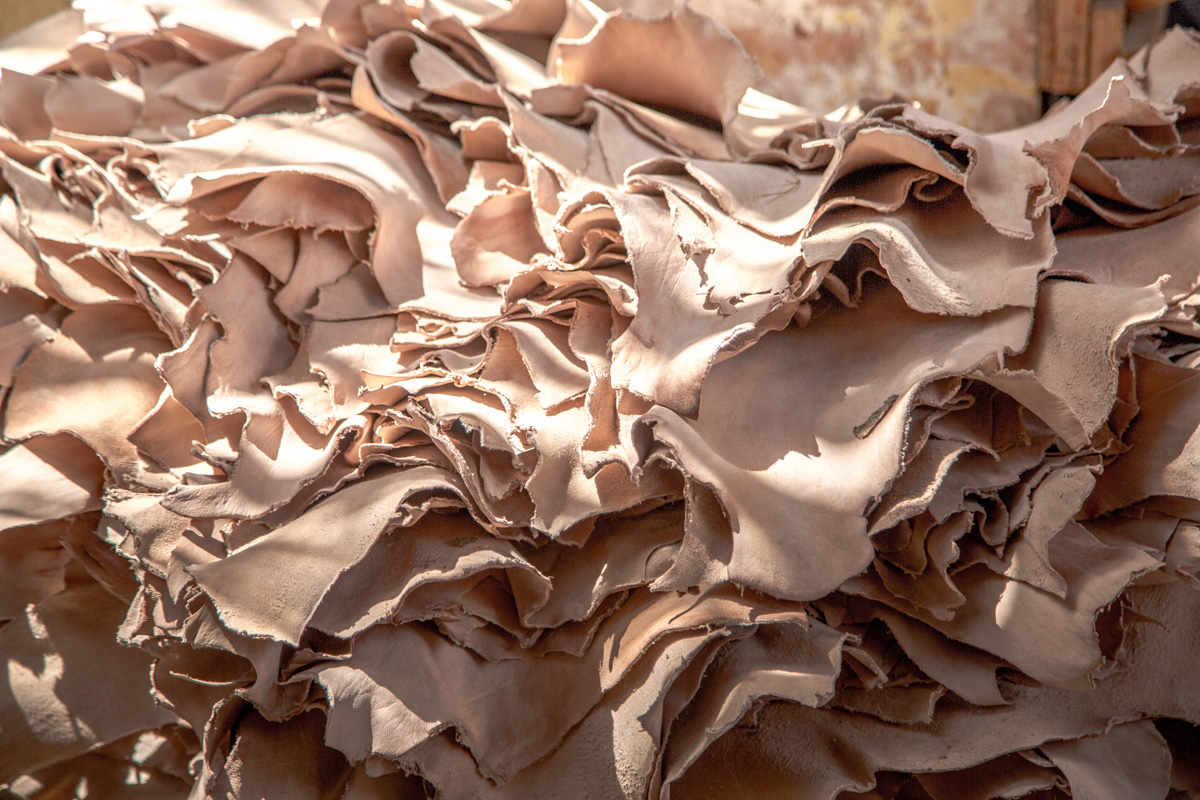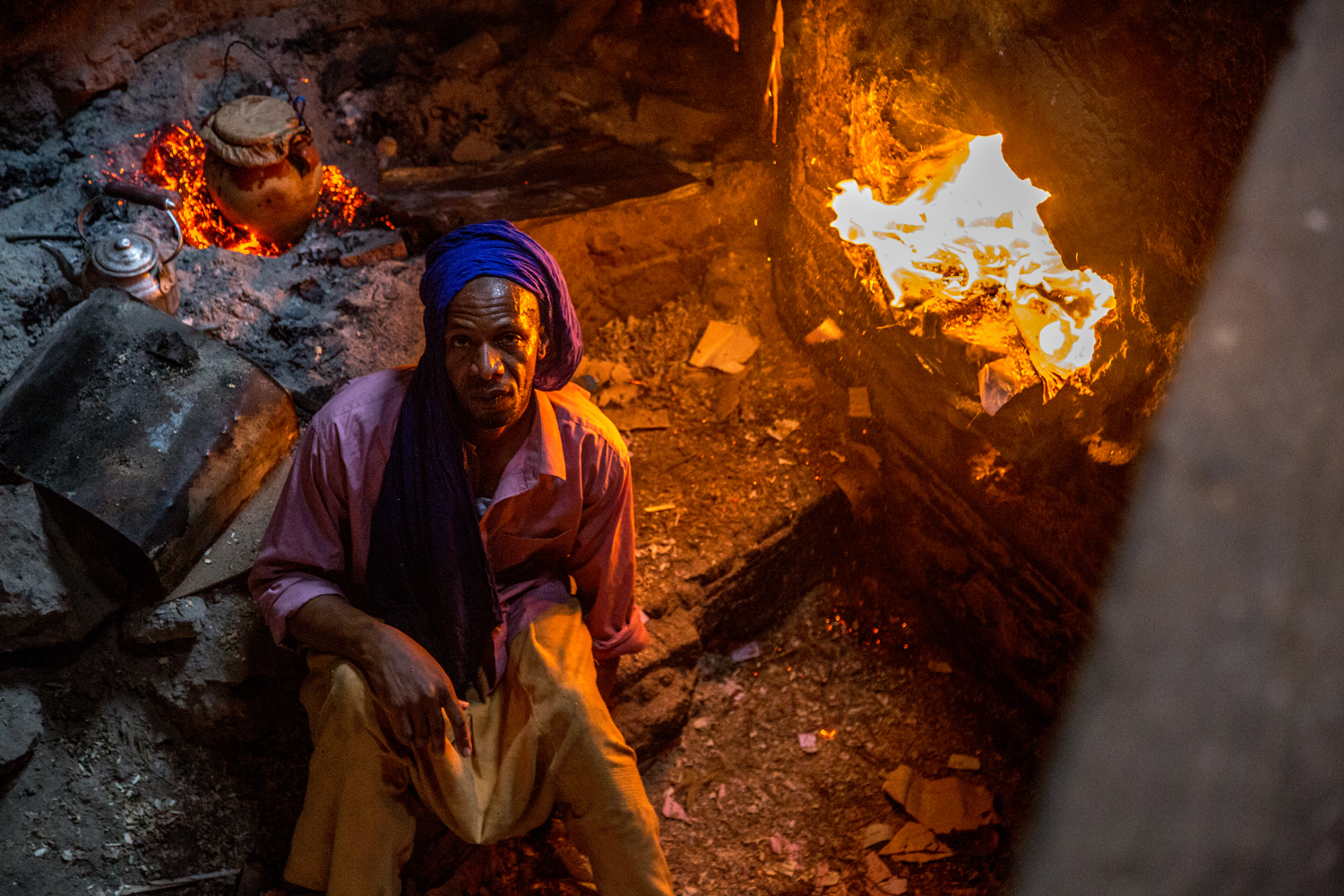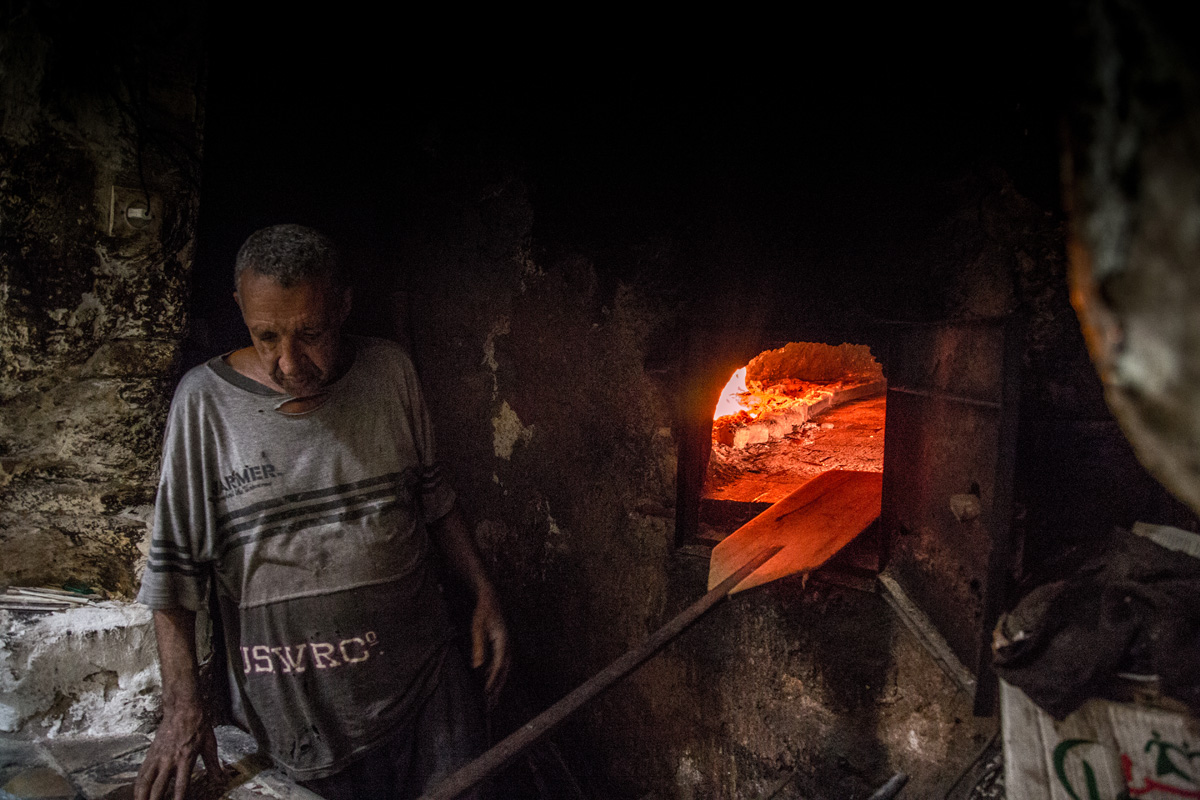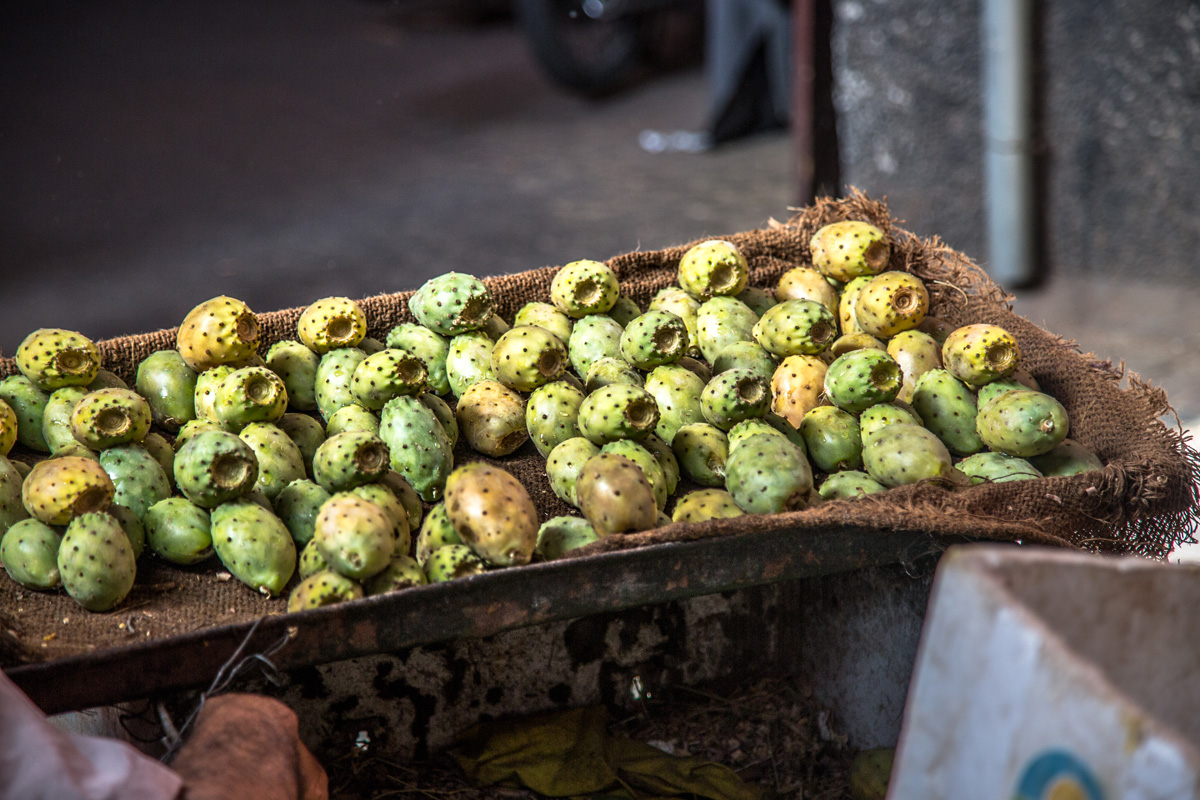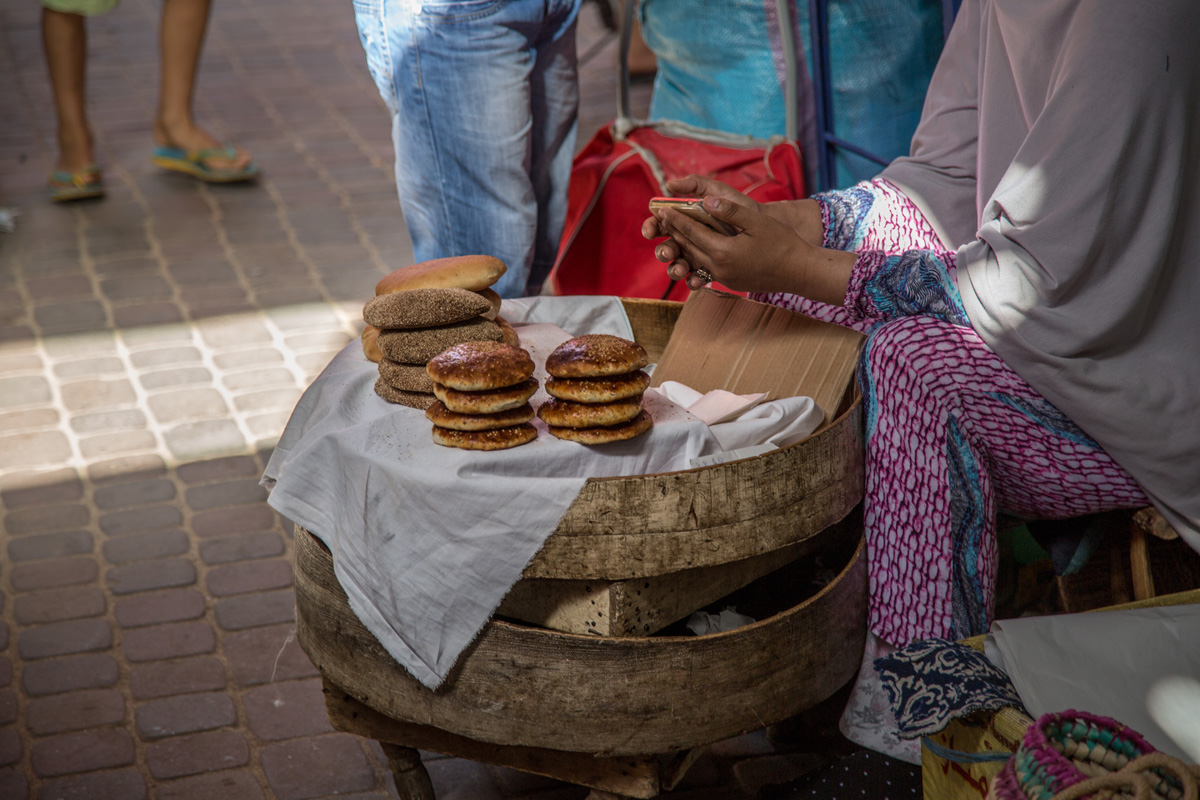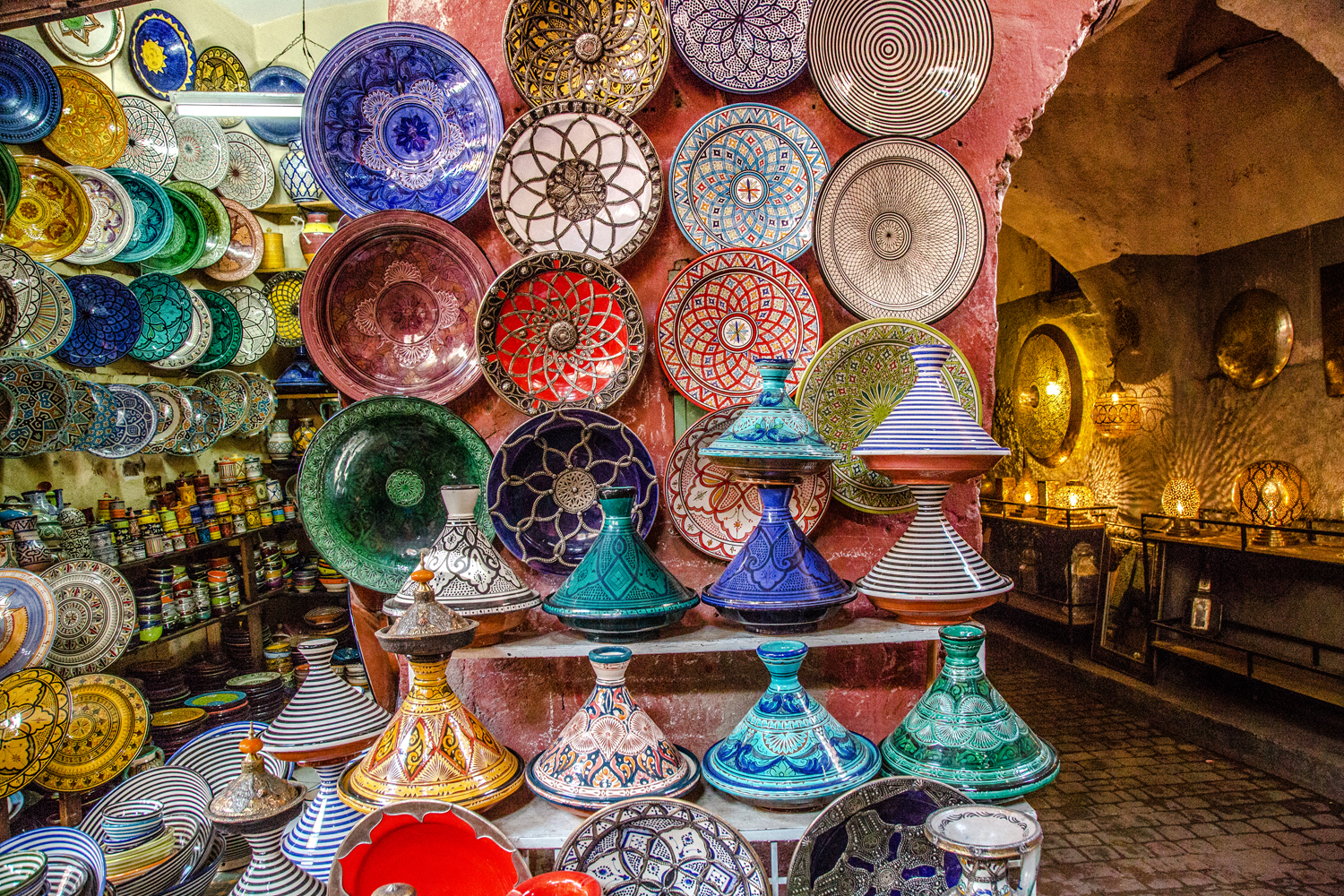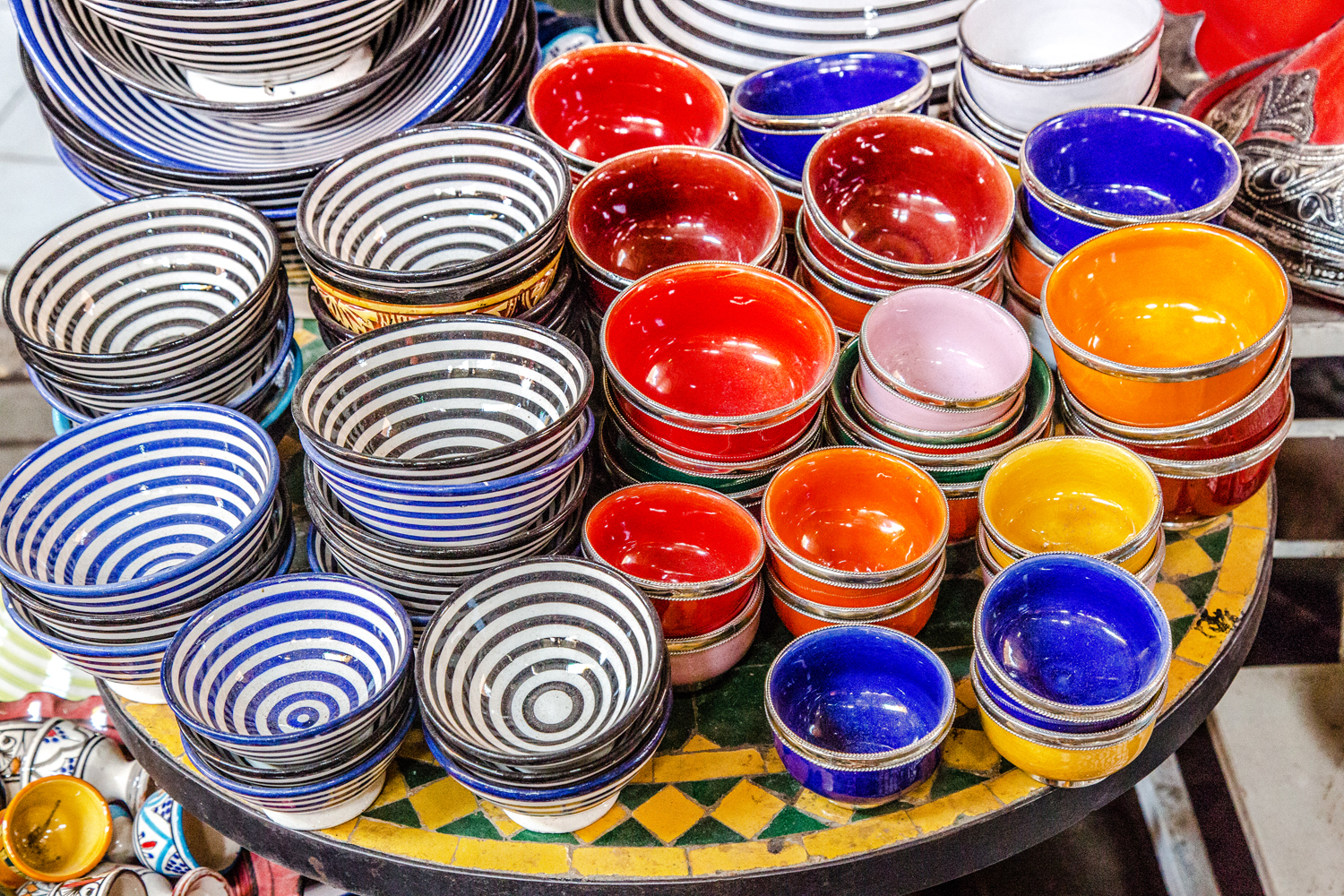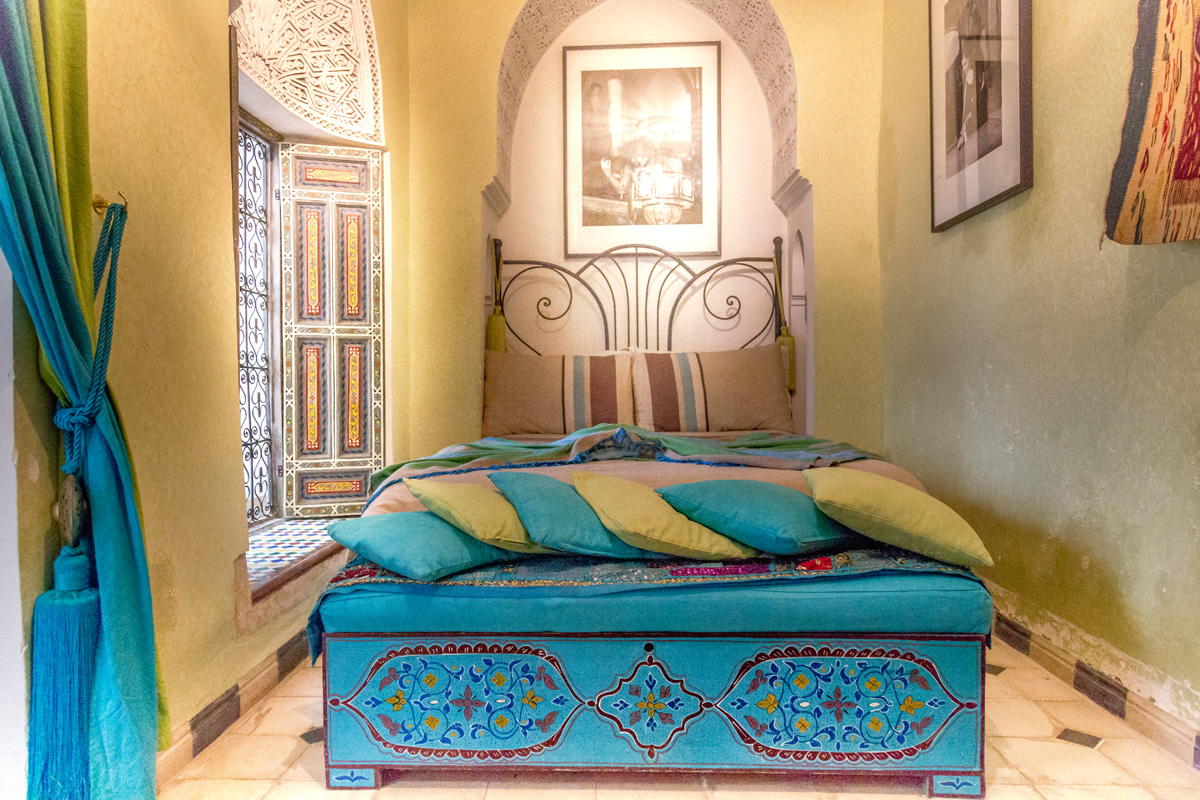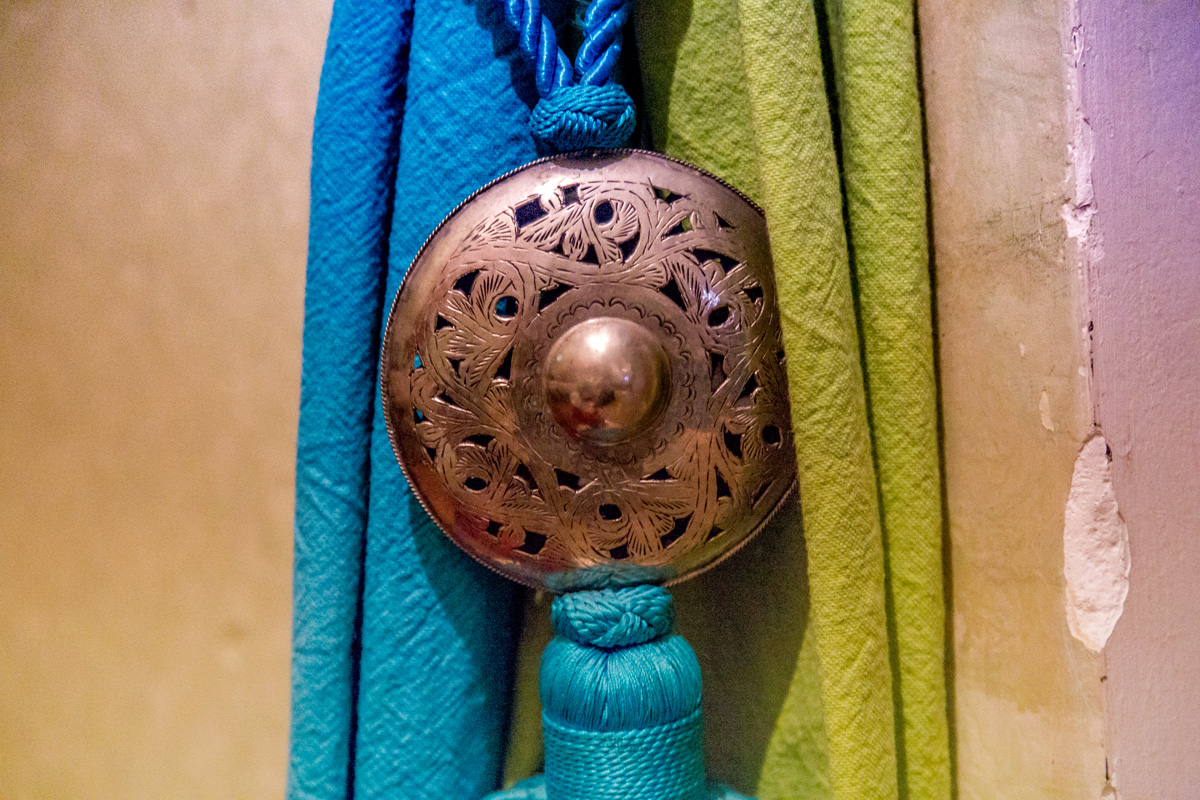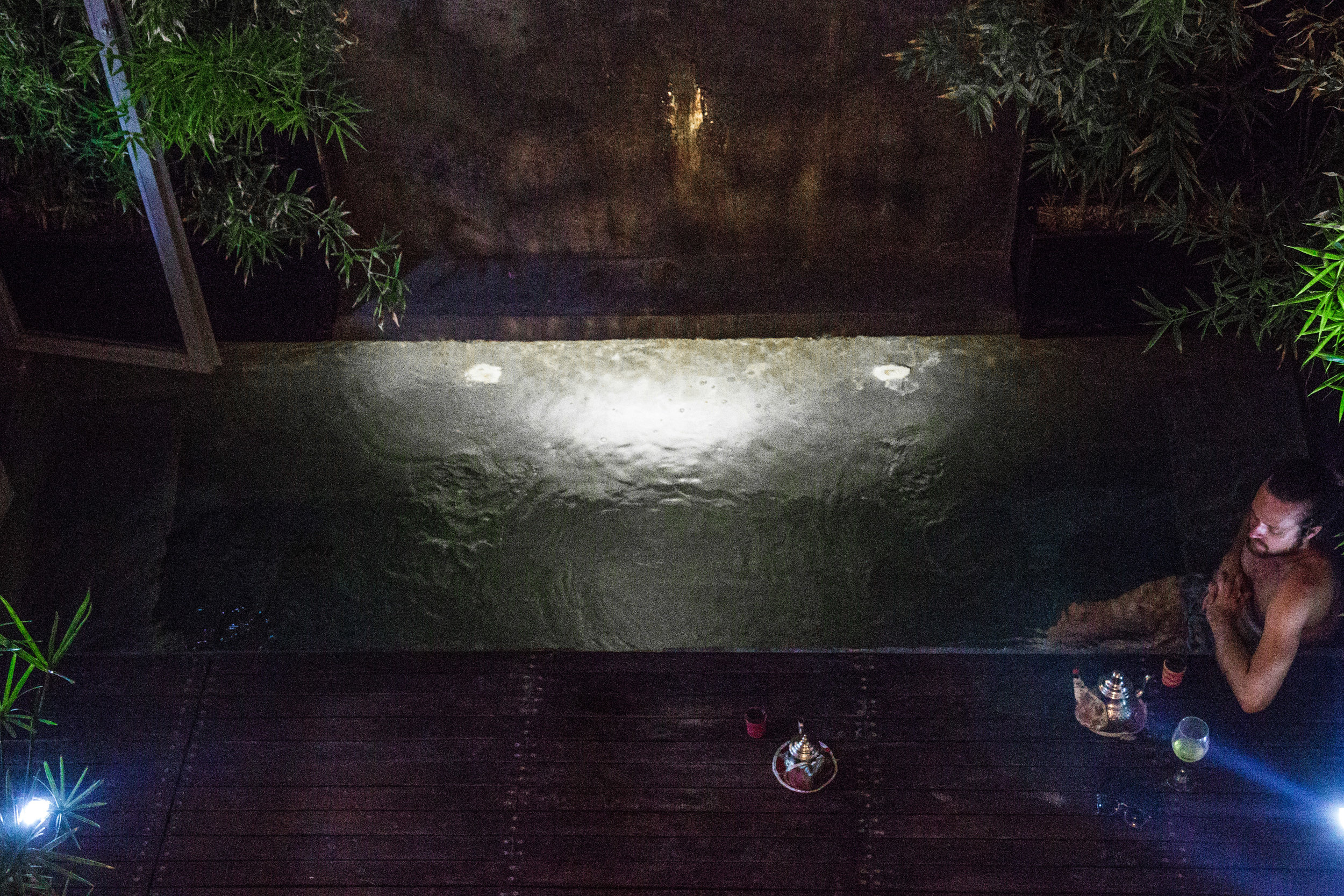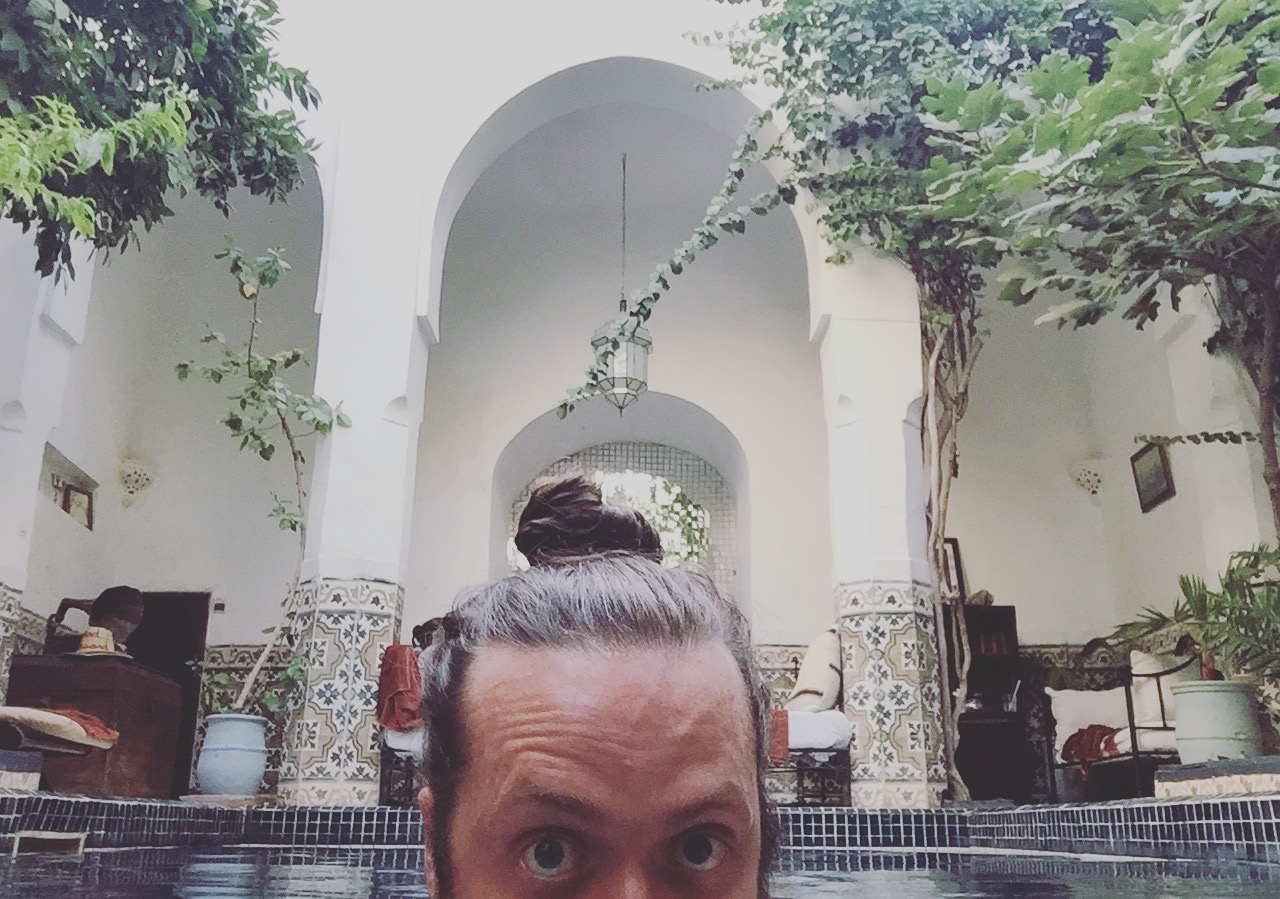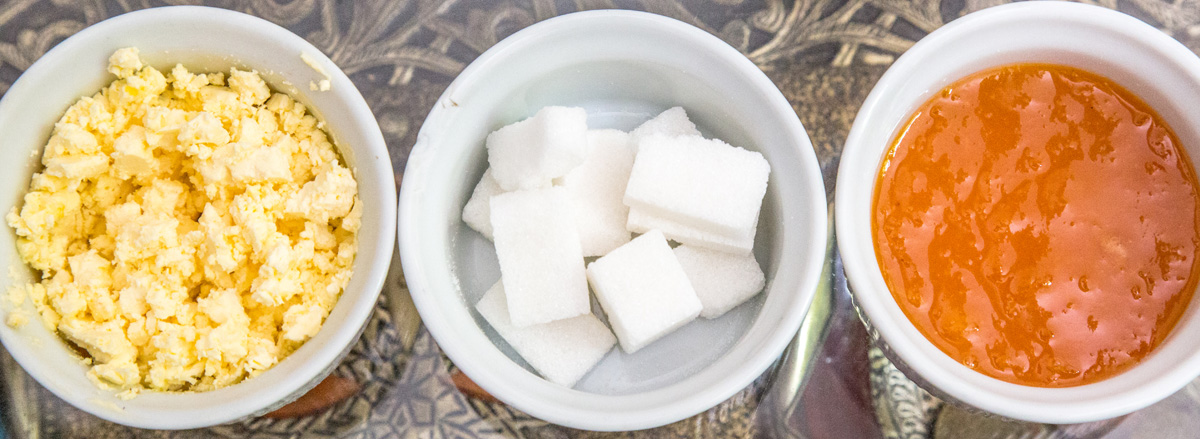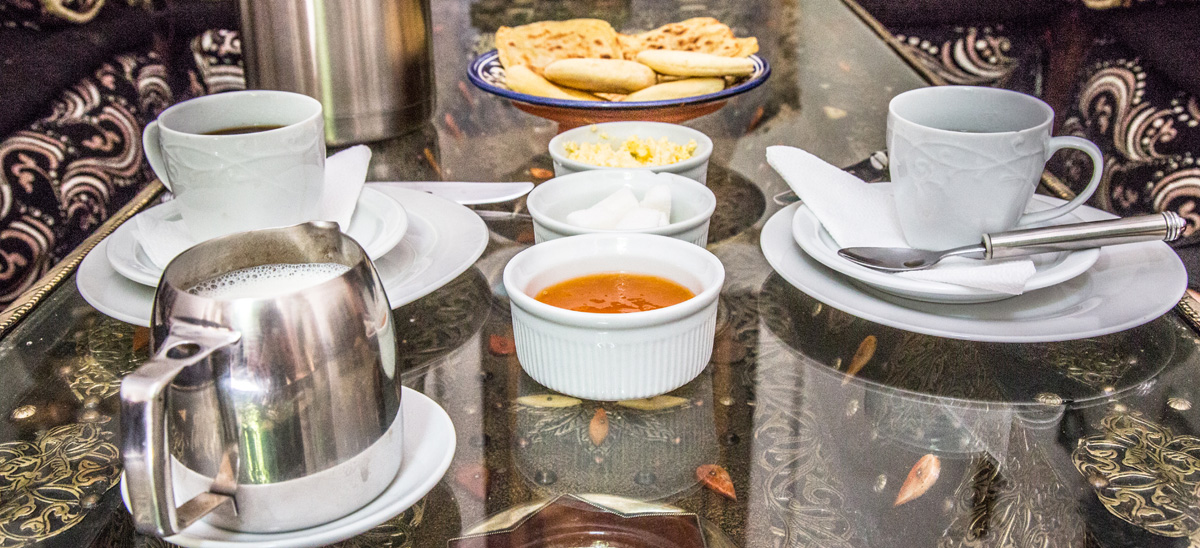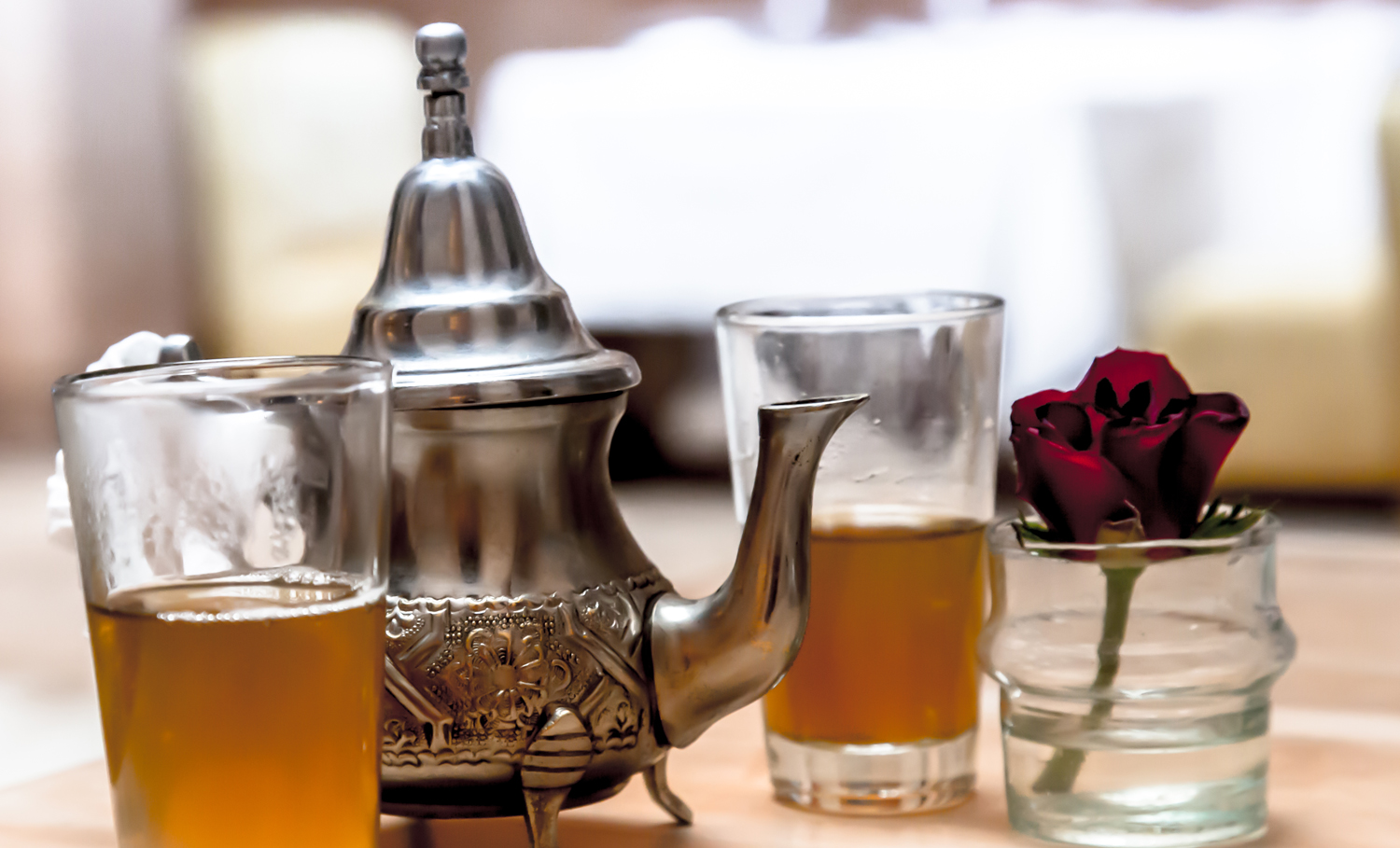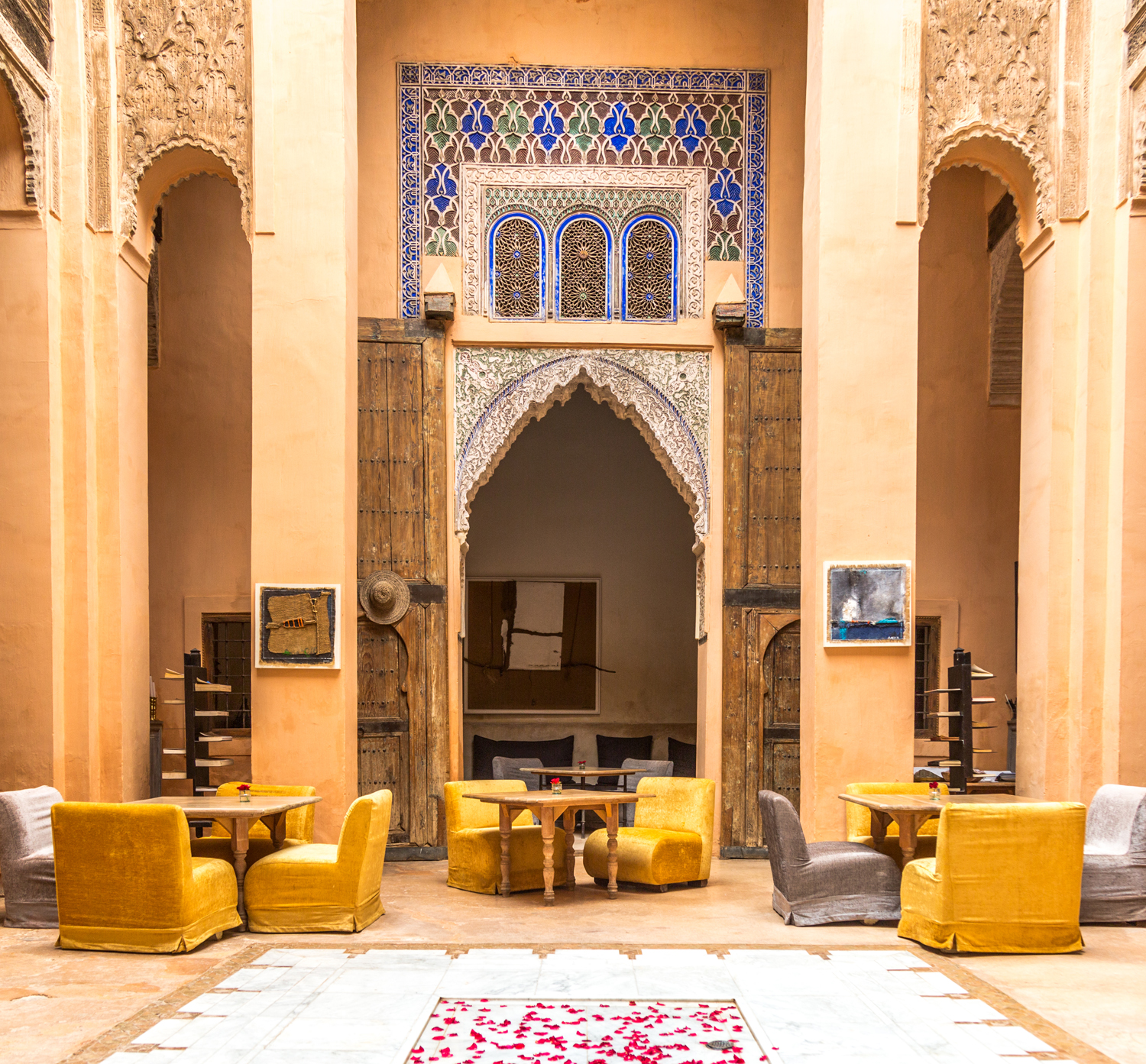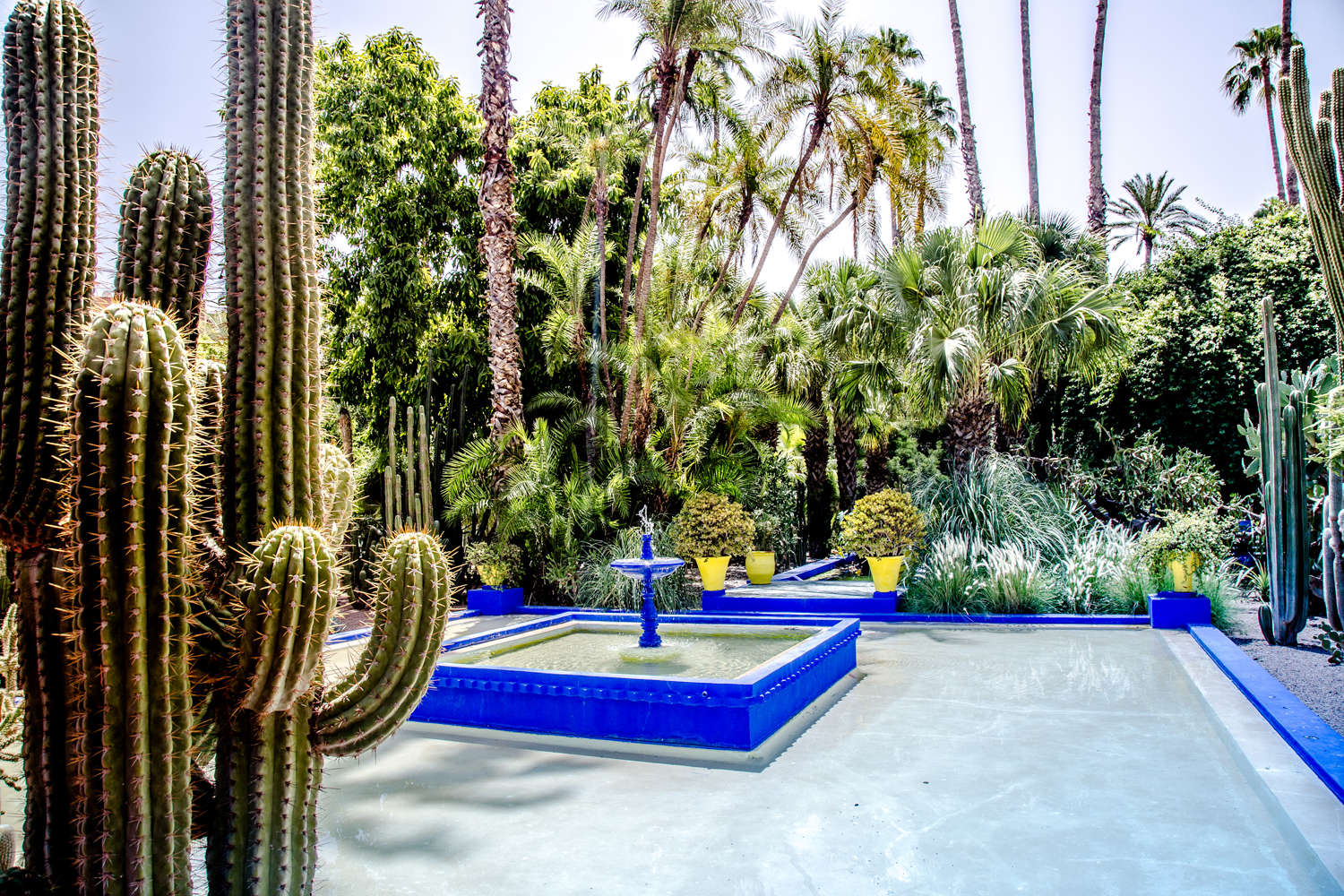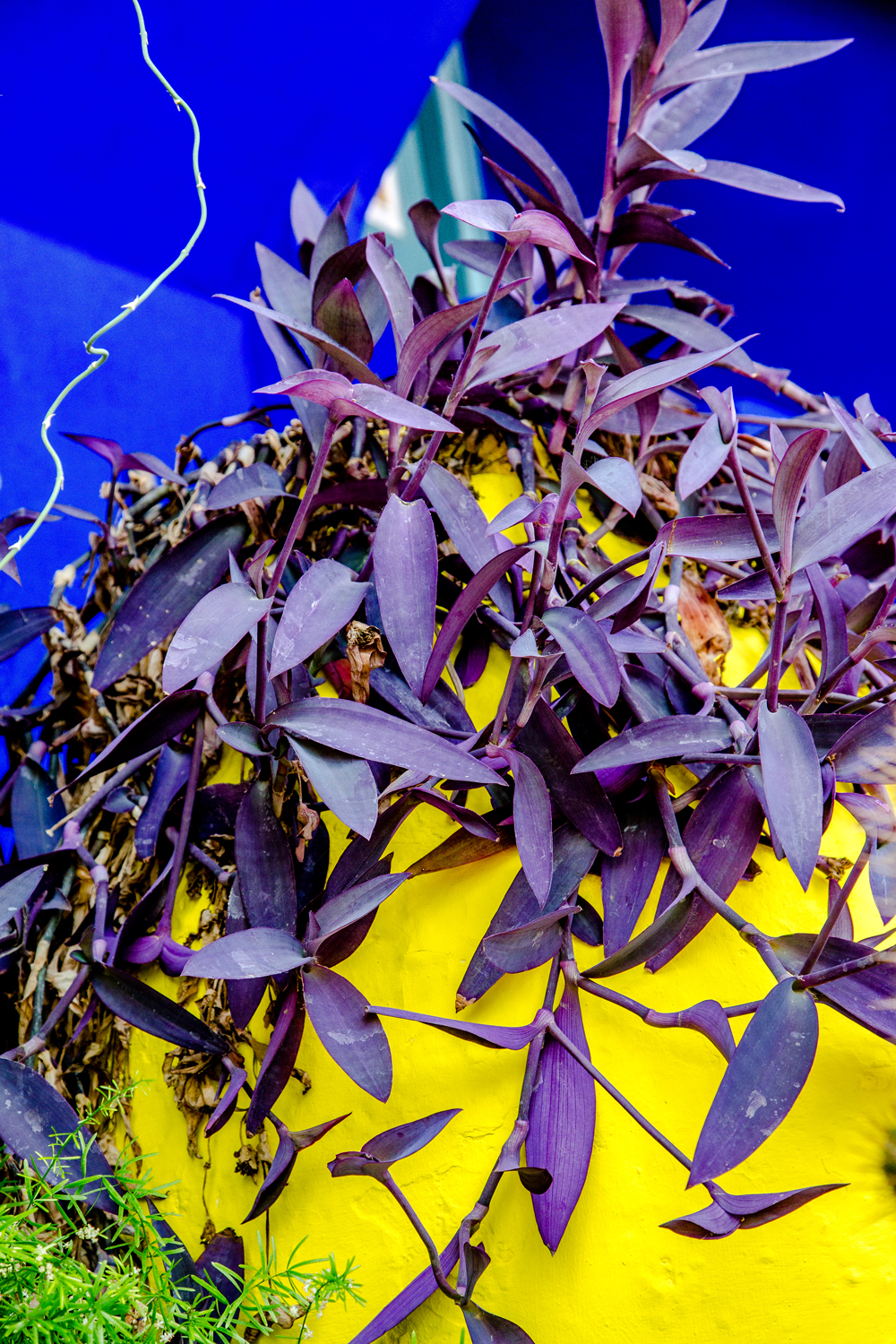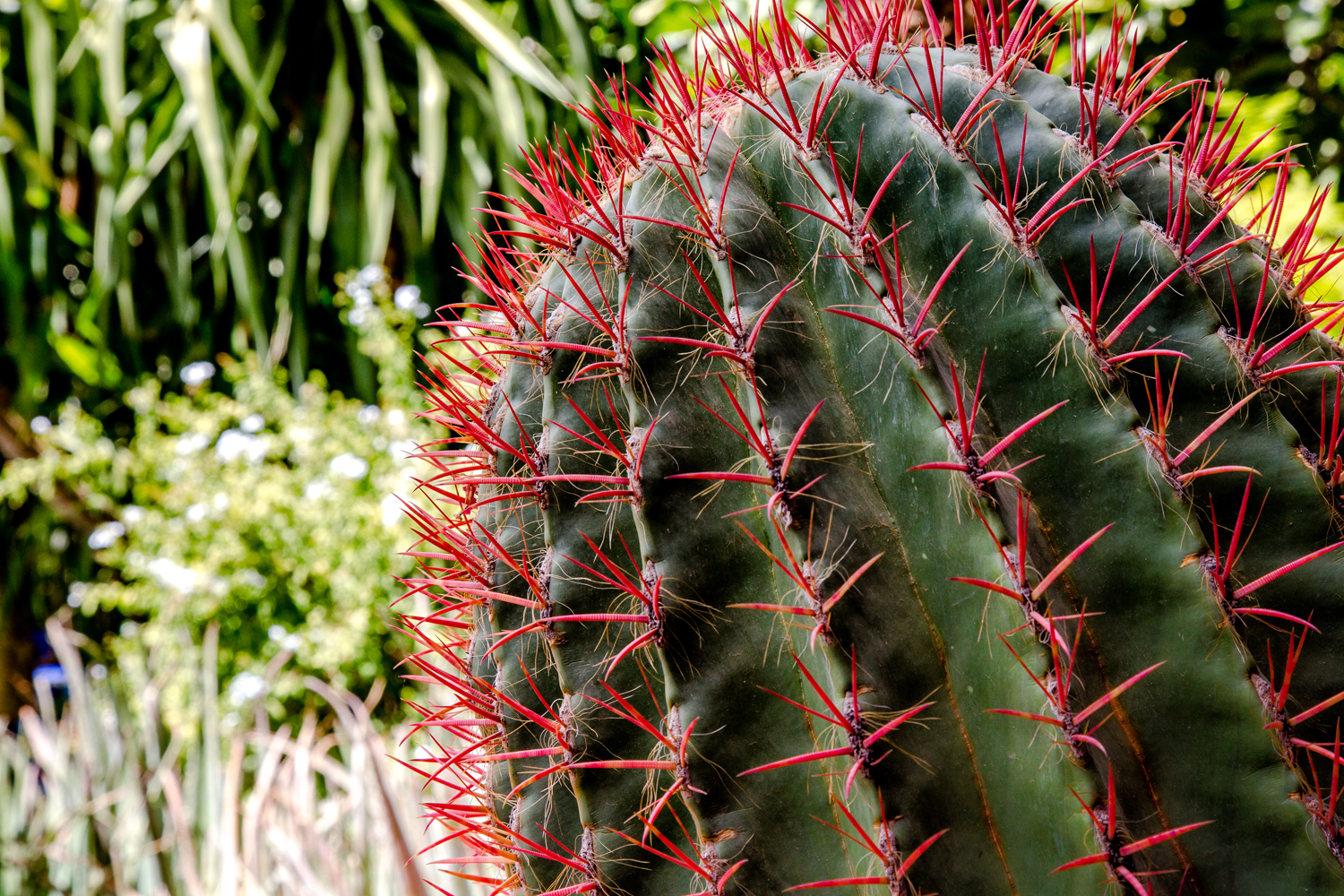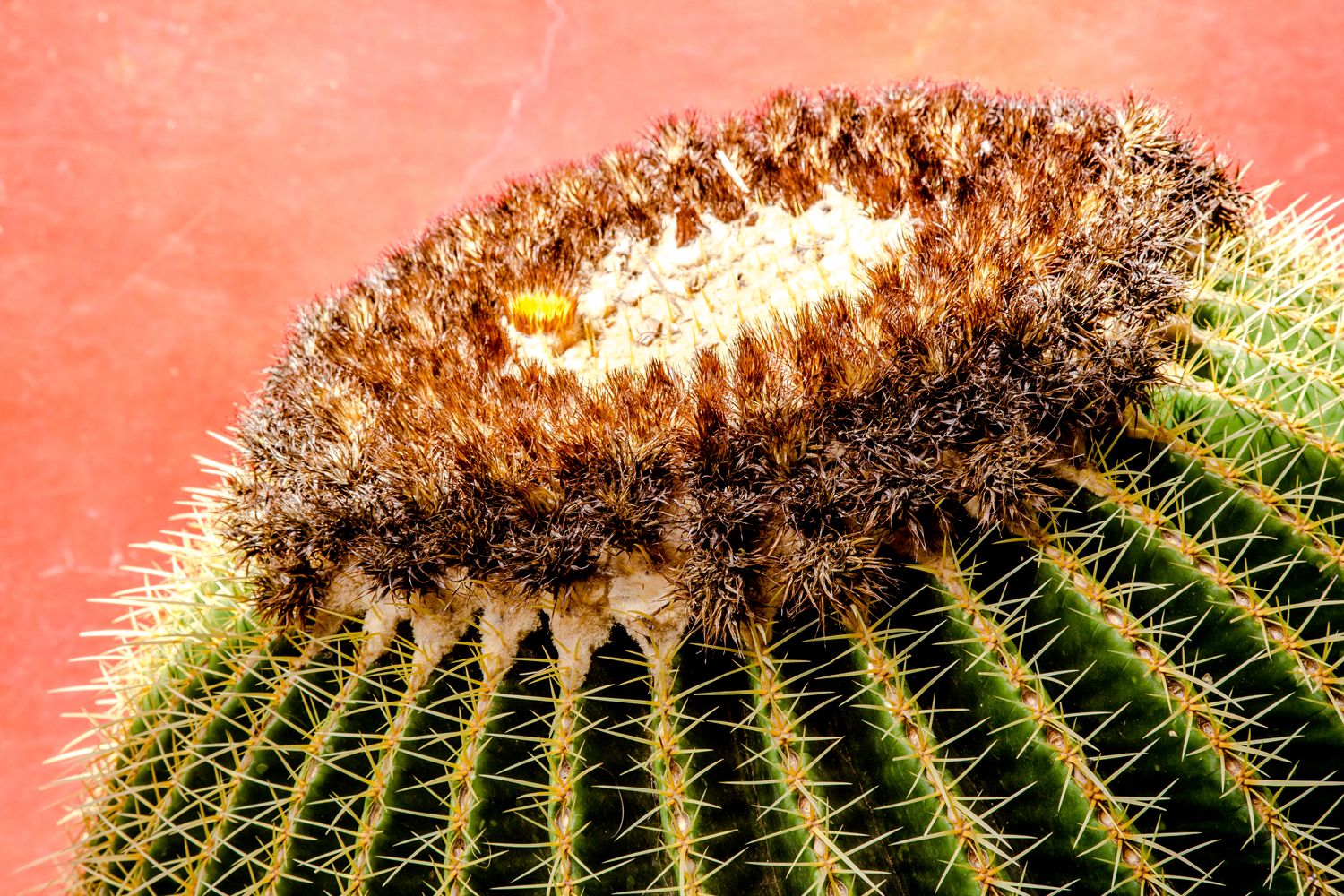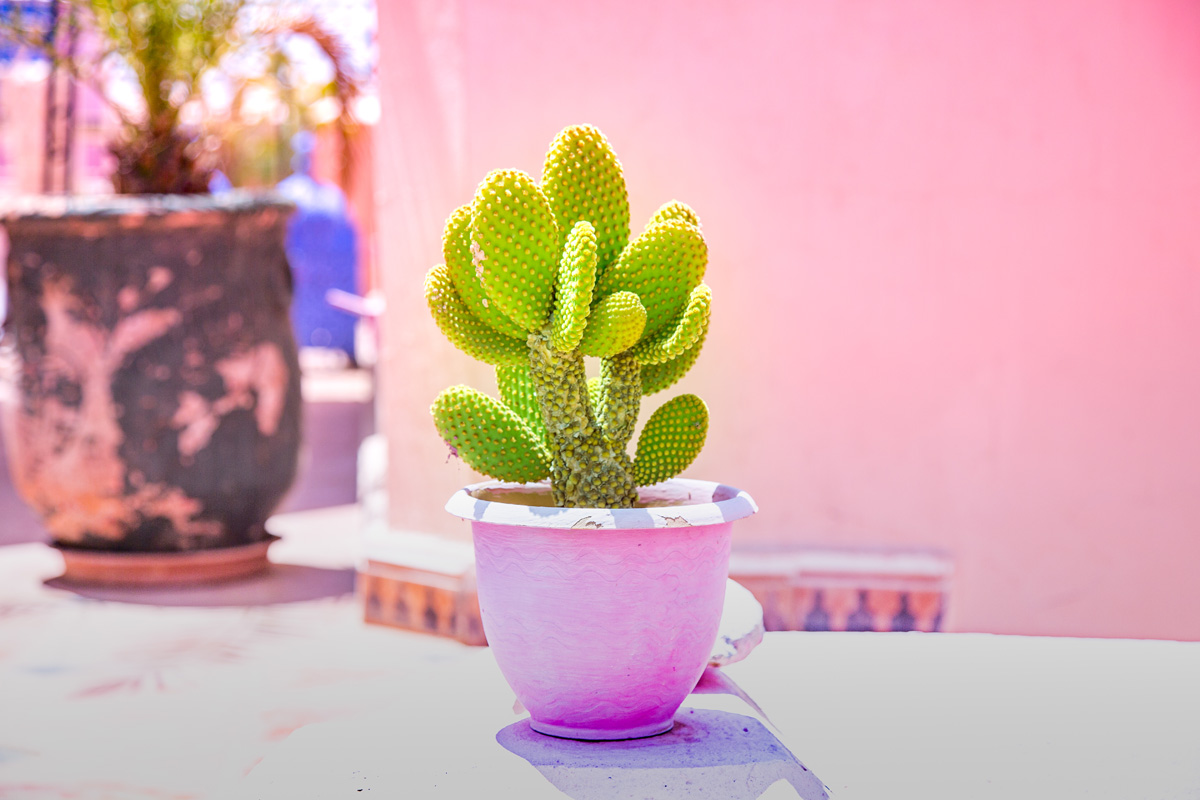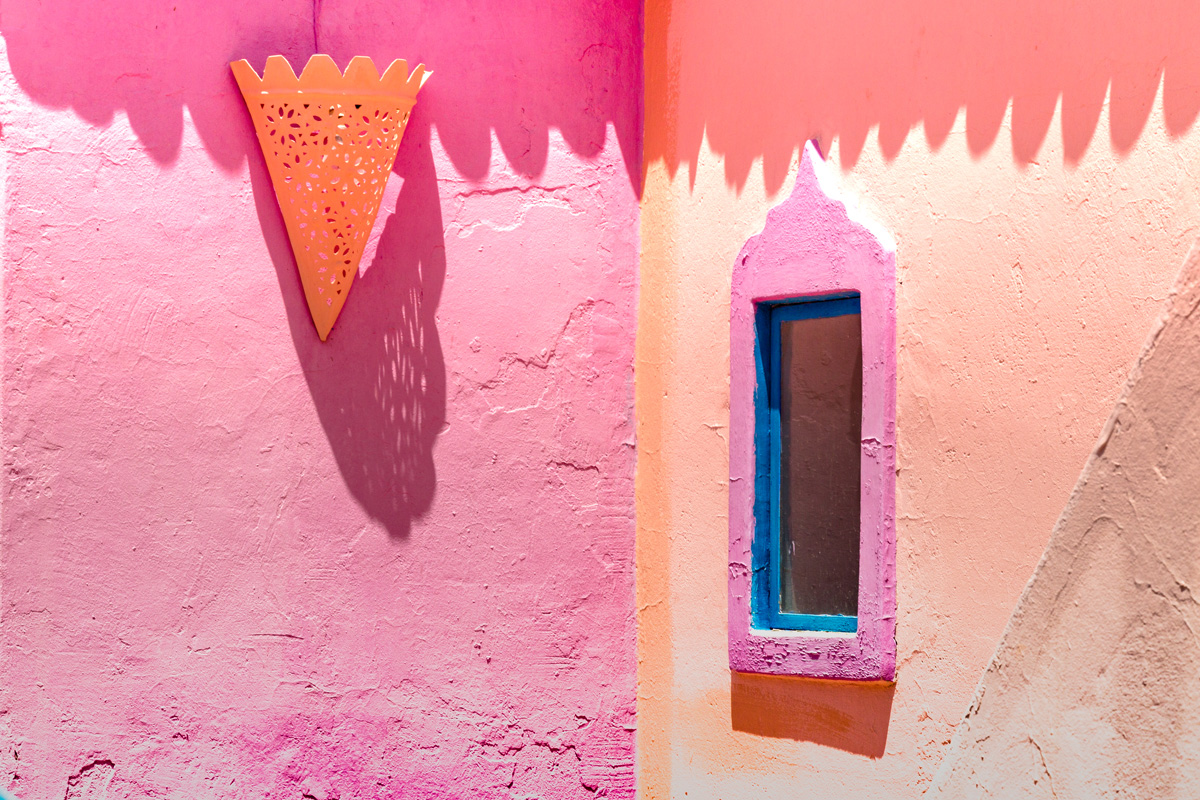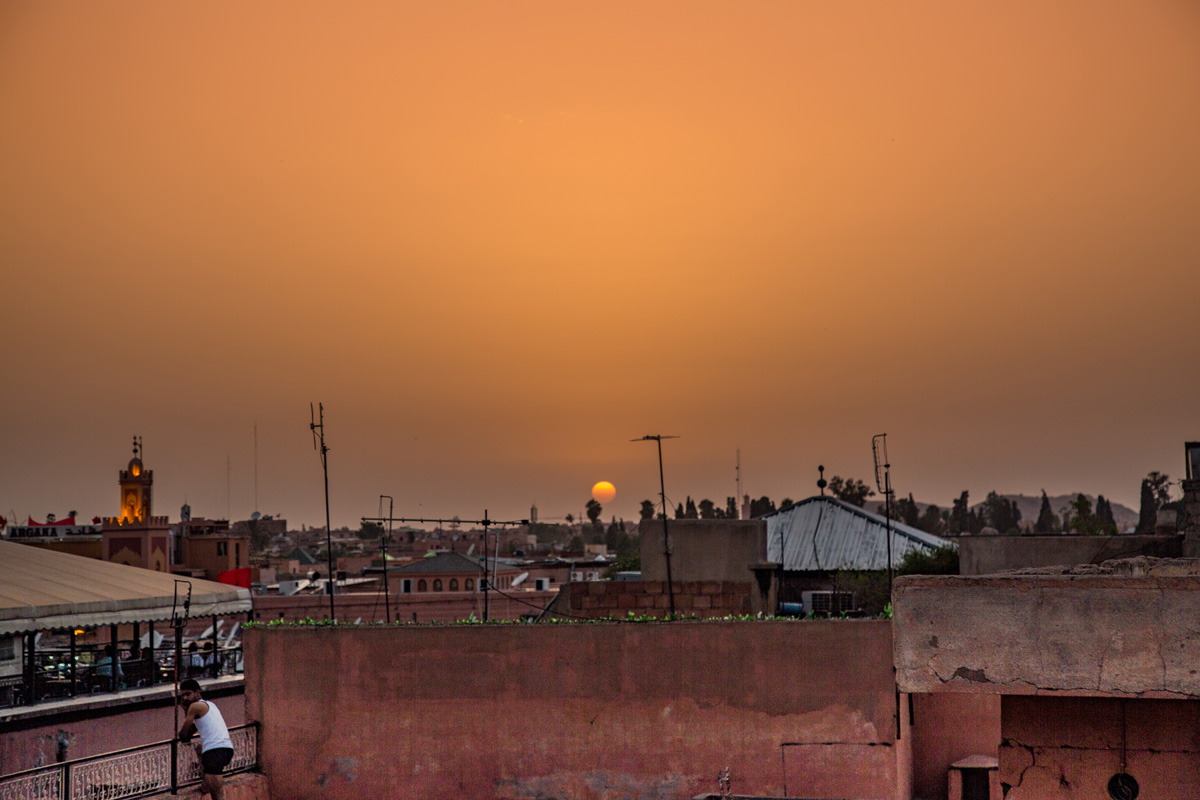Morocco was one of the first few countries we traveled to when we started backpacking in 2016, and for sure it was the most exotic destination for us. We spent about a month total in Morocco traveling from the big cites, through the mountains to more off the beaten path places. We truly enjoyed our time in Morocco and we can’t wait to go back one day. We hope that these 20 photos will inspire you to visit Morocco.
Why visit Morocco?
Morocco is a country with a deep culture, a mix of African, Middle Eastern and some European influence. Although Morocco is located only 13km from Europe, it’s culture and environment is totally different. It’s unique in its ways and has withstood invaders throughout history. To some extent being in Morocco feels like stepping back in time, especially when visiting the old cities like Marrakesh or Fez, where the same buildings have been there for centuries.
Many tourists travel to Morocco because they want to experience the “authentic” culture, and perhaps a bit of mystery, and that is exactly why we decided to travel there too.
Morocco offers many unique experiences that you won’t find anywhere else. During the day you can walk through the markets tasting exotic spices and food, shopping for hand woven rugs, and at night you will sleep in a beautiful riad. A riad is a house with a garden and or central courtyard inside. These homes are often very quiet inside unlike the street just outside the wall. The temperatures are also much cooler than outside on the street. No A/C needed, riads are engineered for hot climates. You can find riads to stay in throughout Morocco, and they are usually chique and trendy. If you are visiting Morocco in the summer, make sure the riad you are staying in has a pool!
Morocco cuisine is absolutely delicious. Tajine, a stew cooked with meat or vegetables, is a staple dish at every Moroccan house, and restaurant. If you get tired of Tajine you can also try some French food, which is very popular in Morocco. Another common food item is the mint tea, which locals call “Moroccan Whiskey”. This tea is often served sweetened with lots of sugar, but you can ask for no sugar, and its tasty and refreshing especially on hot days. The mint tea is offered as a welcome drink at hotels, and even street vendors will invite you for a cup of tea before they conduct any business with you. You never refuse the tea., even if you have already drank several cups that day.
You should also try visiting a hammam, while you are in Morocco. Hammam’s are pubic bathhouses, separate for women and men, where you can relax and get a body scrub. Many local homes don’t have showers or baths, so instead people go to the hamman to bathe. It’s a popular place for the local women to socialize, since they don’t socialize in public cafes or restaurants like men do.
You can easily relax spending your time in large cities like Marrakesh or if you like adventure, you can hike in the mountains like the Atlas Mountains or Rif. Of course, the biggest reason why tourists come to Morocco is to visit the Sahara desert. Riding on a dromedary and sleeping under the stars on the desert will make you feel like you are in some kind of fairytale movie. There is nothing more romantic than watching the sun set on the Sahara.
Need help packing for Morocco?
Women’s Packing Essentials for Morocco
(This site contains affiliate links to products. We may receive a commission for purchases made through these links.)

